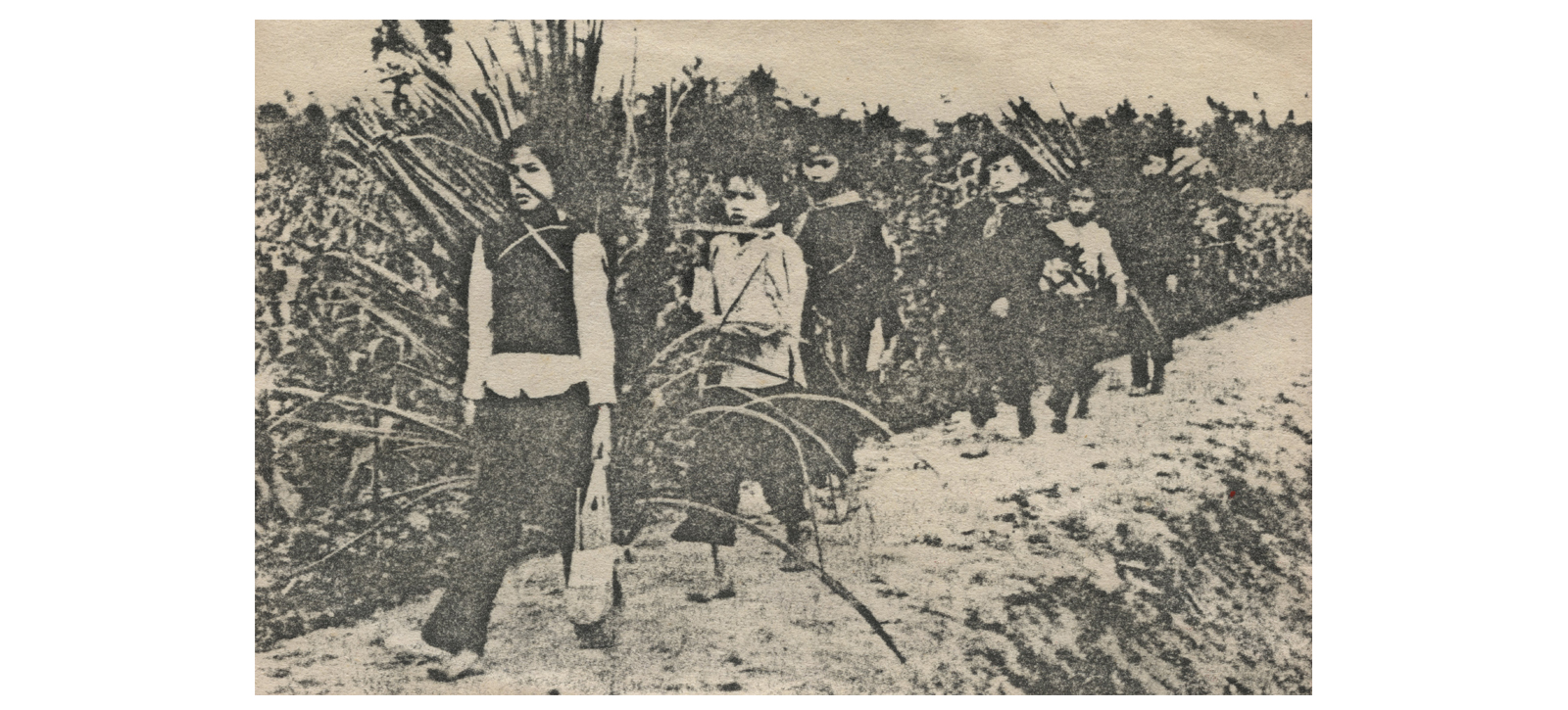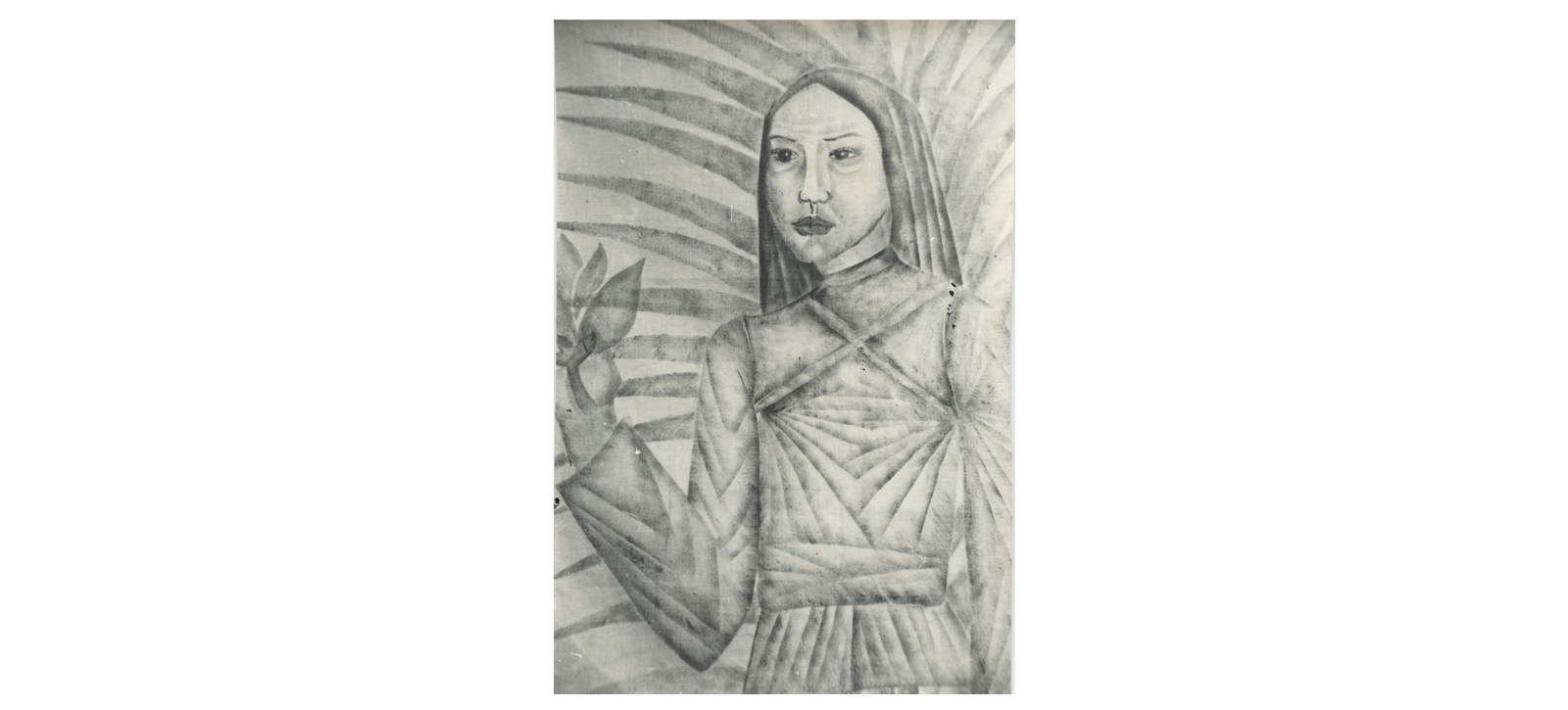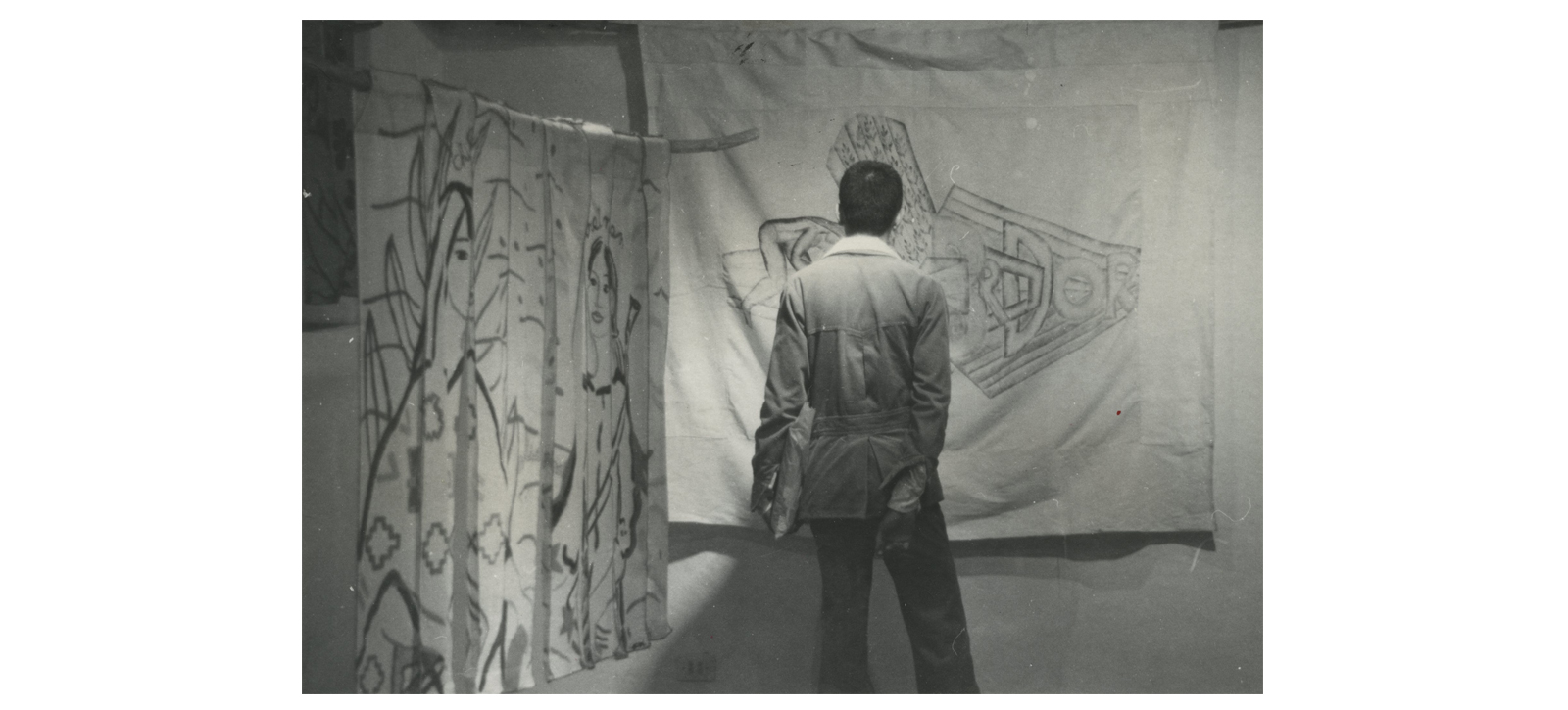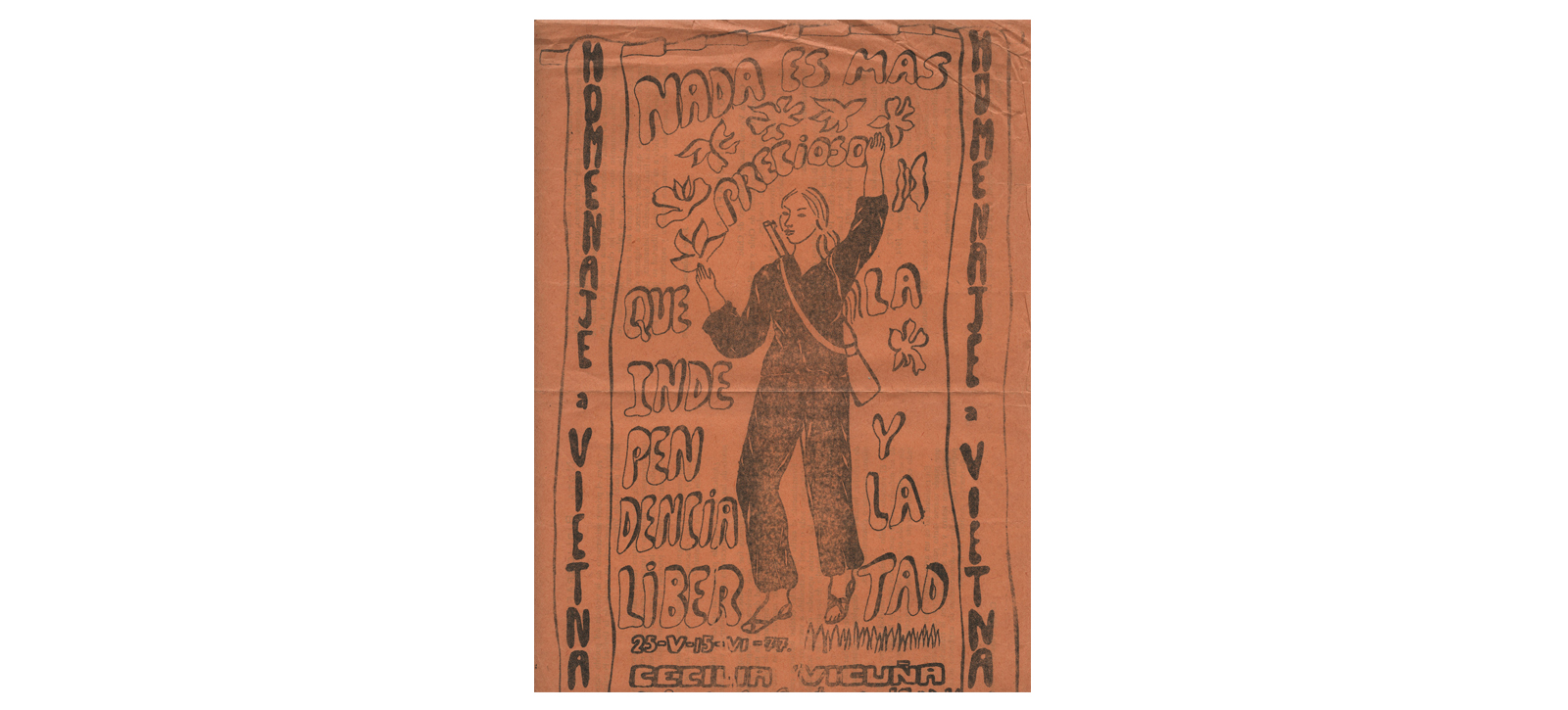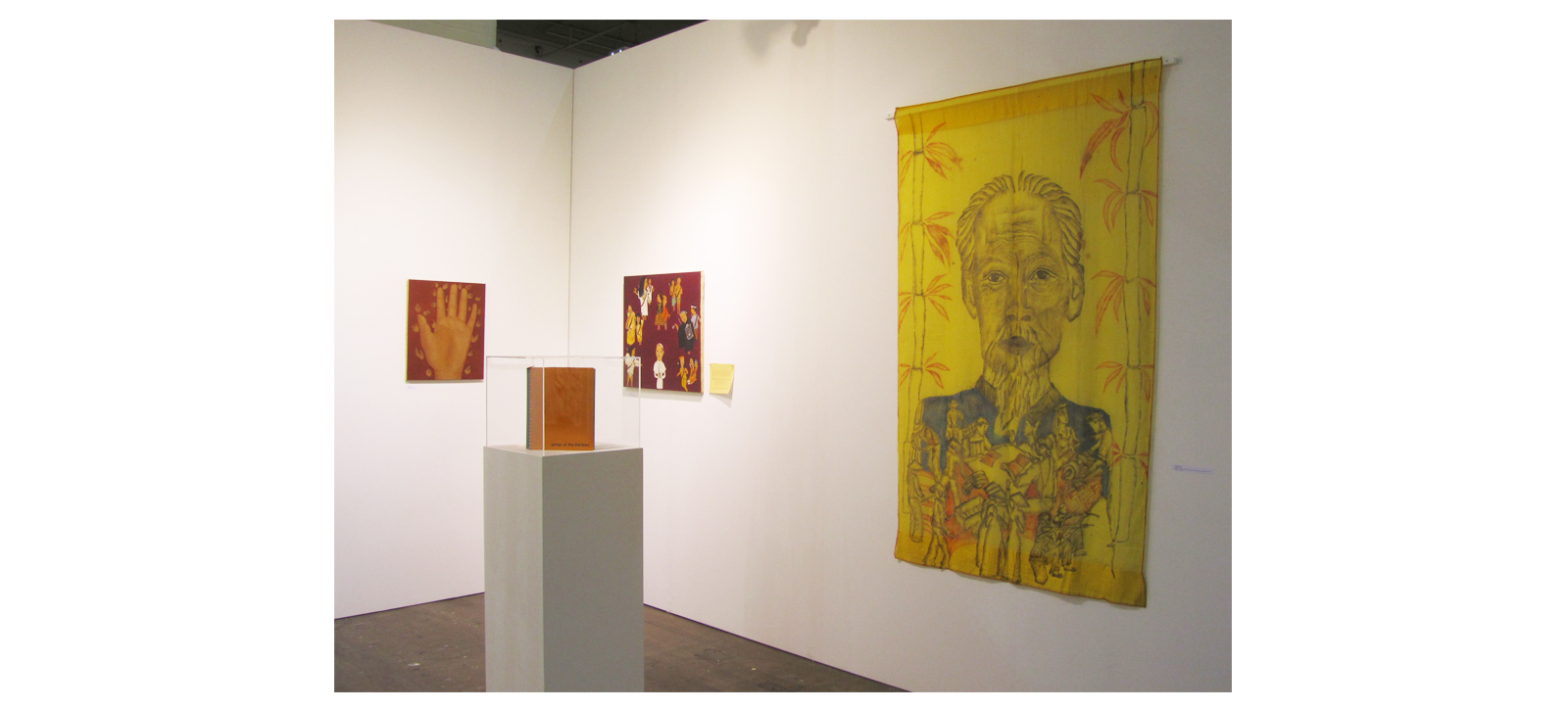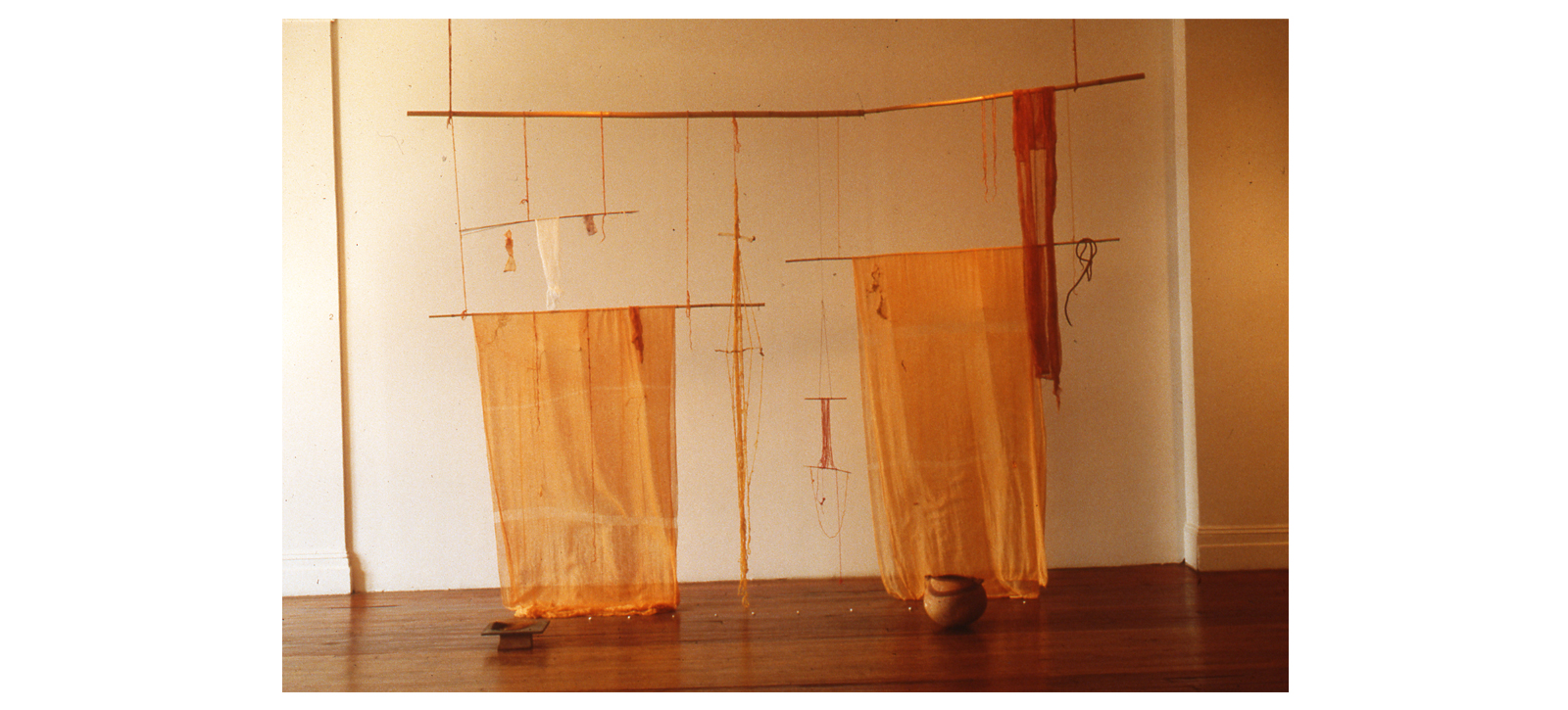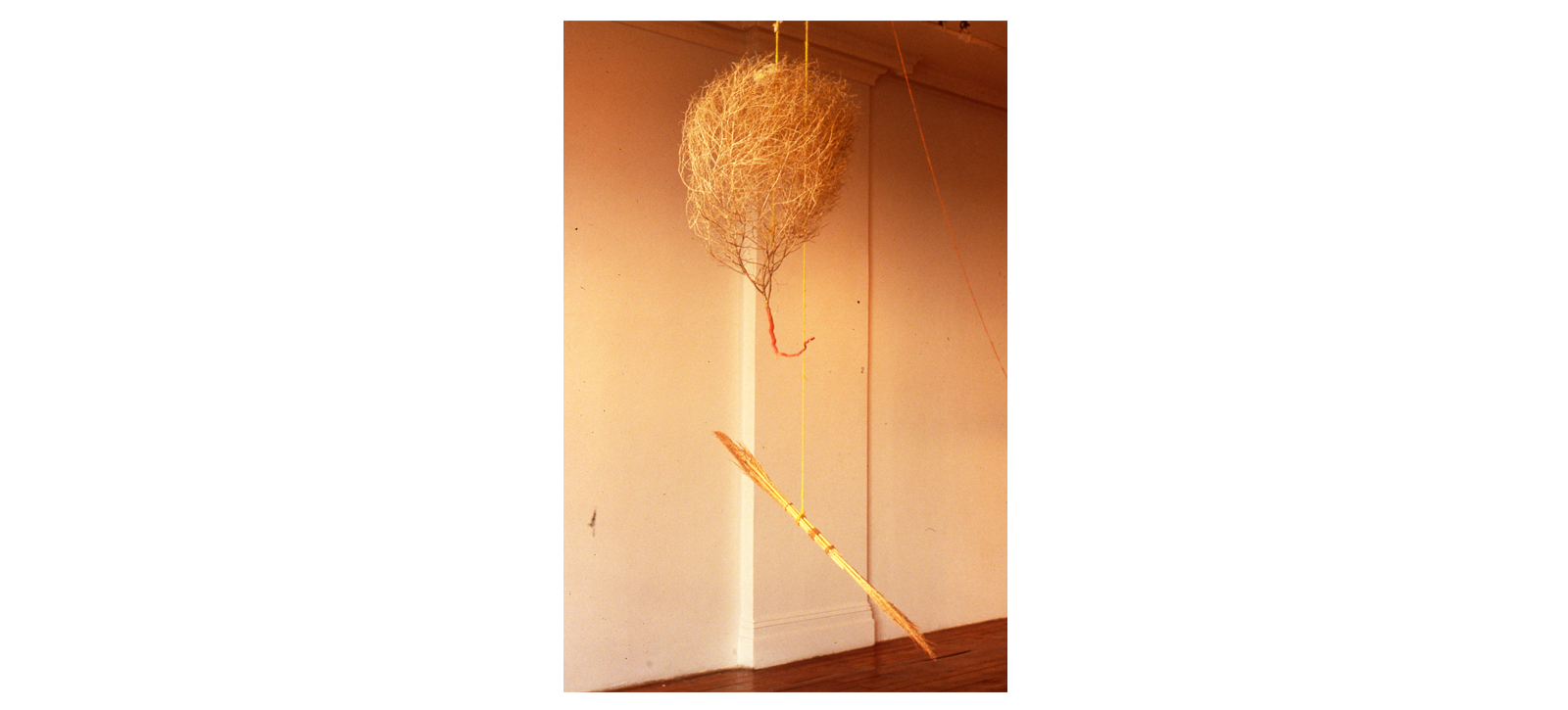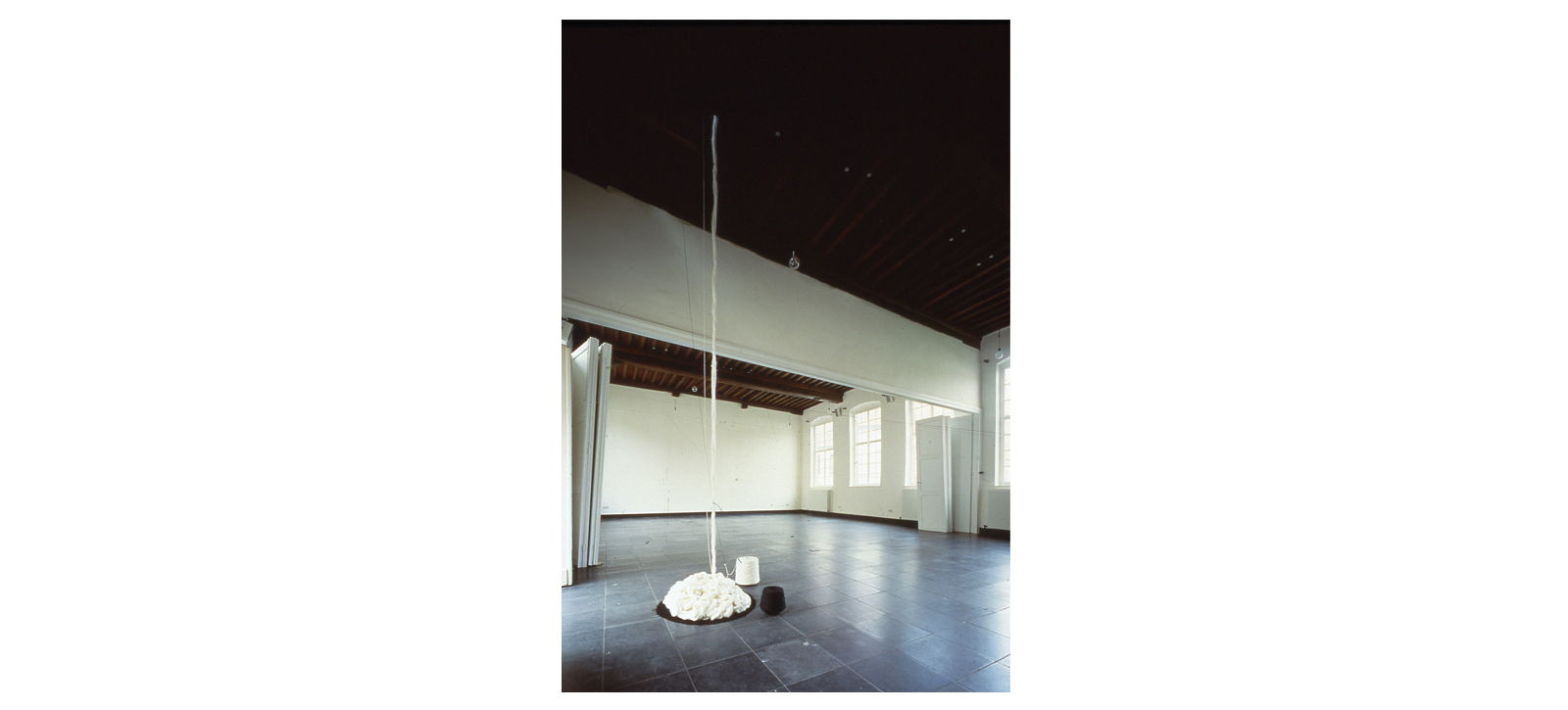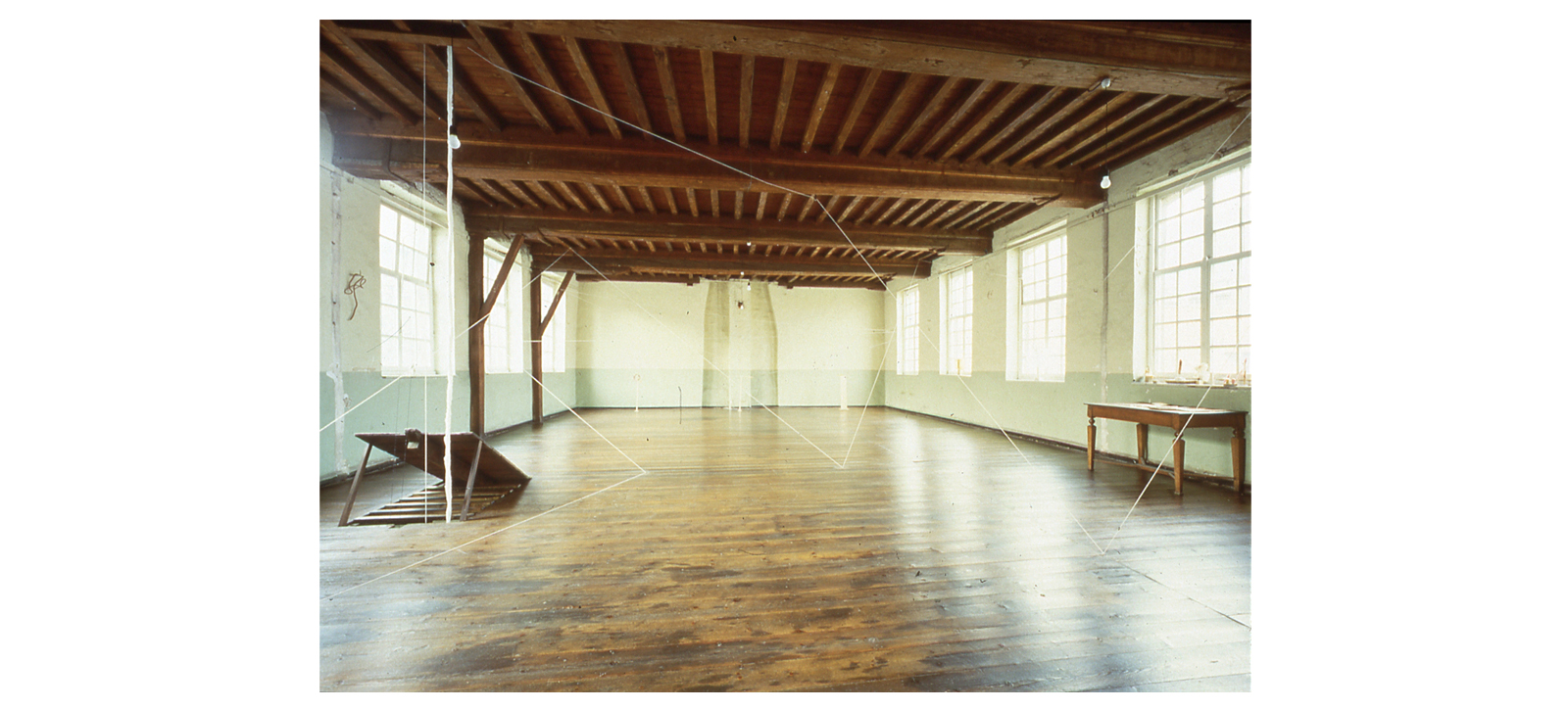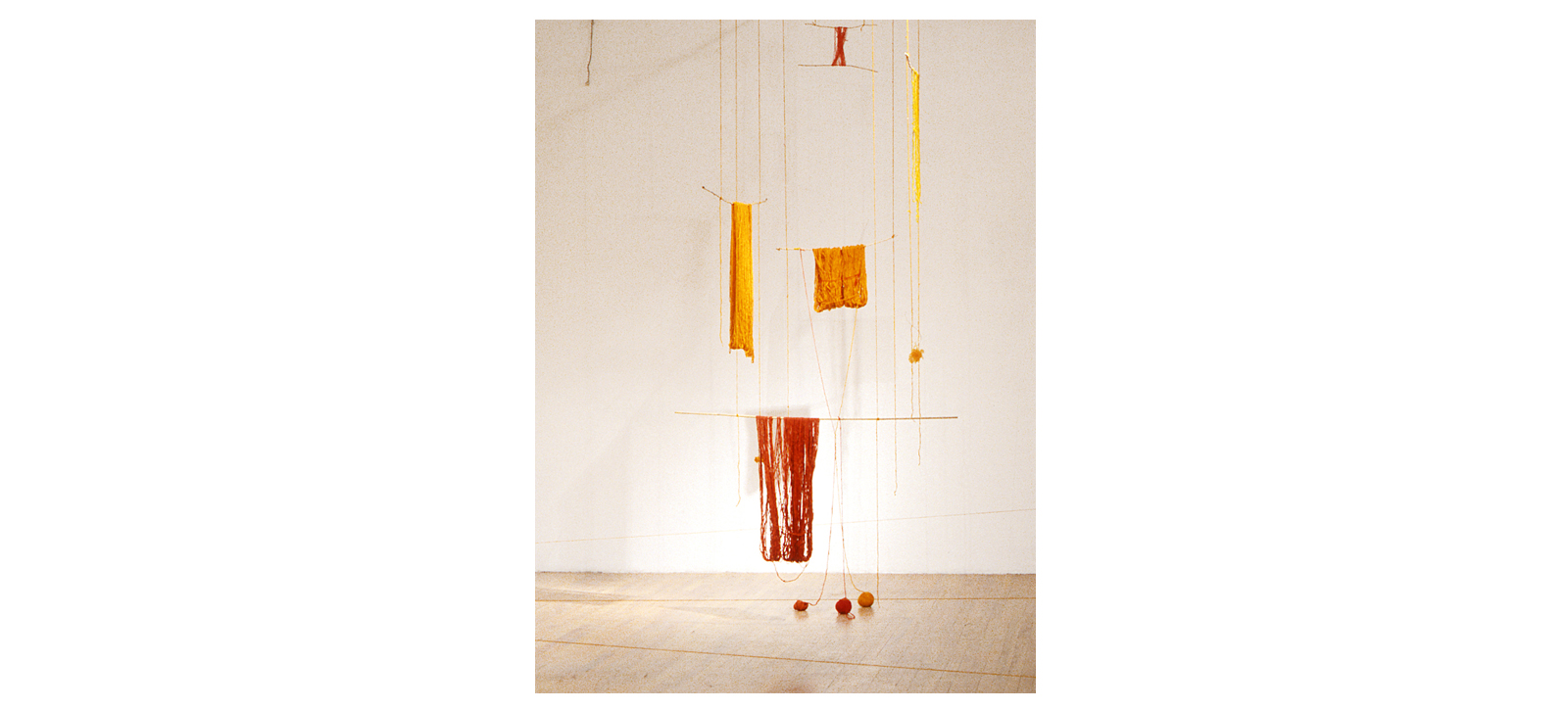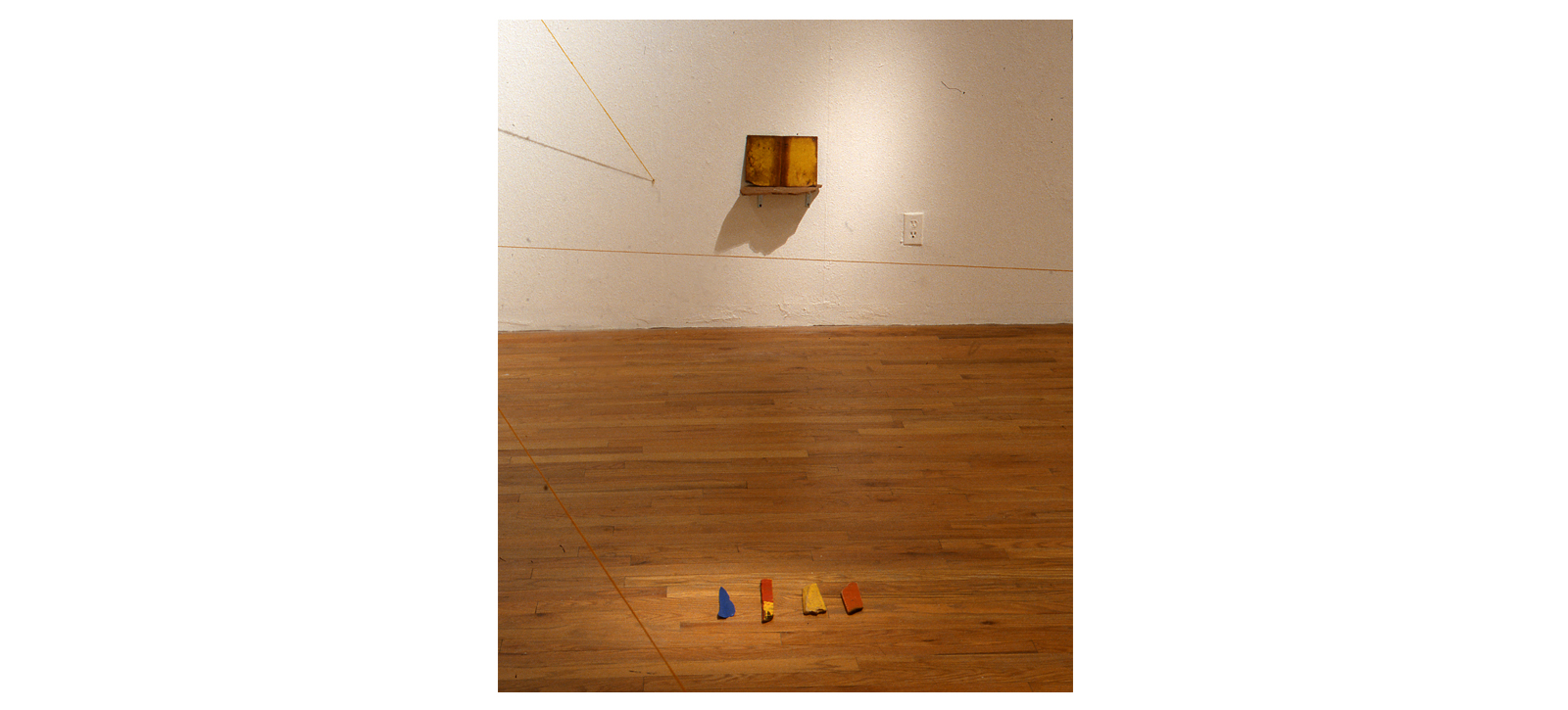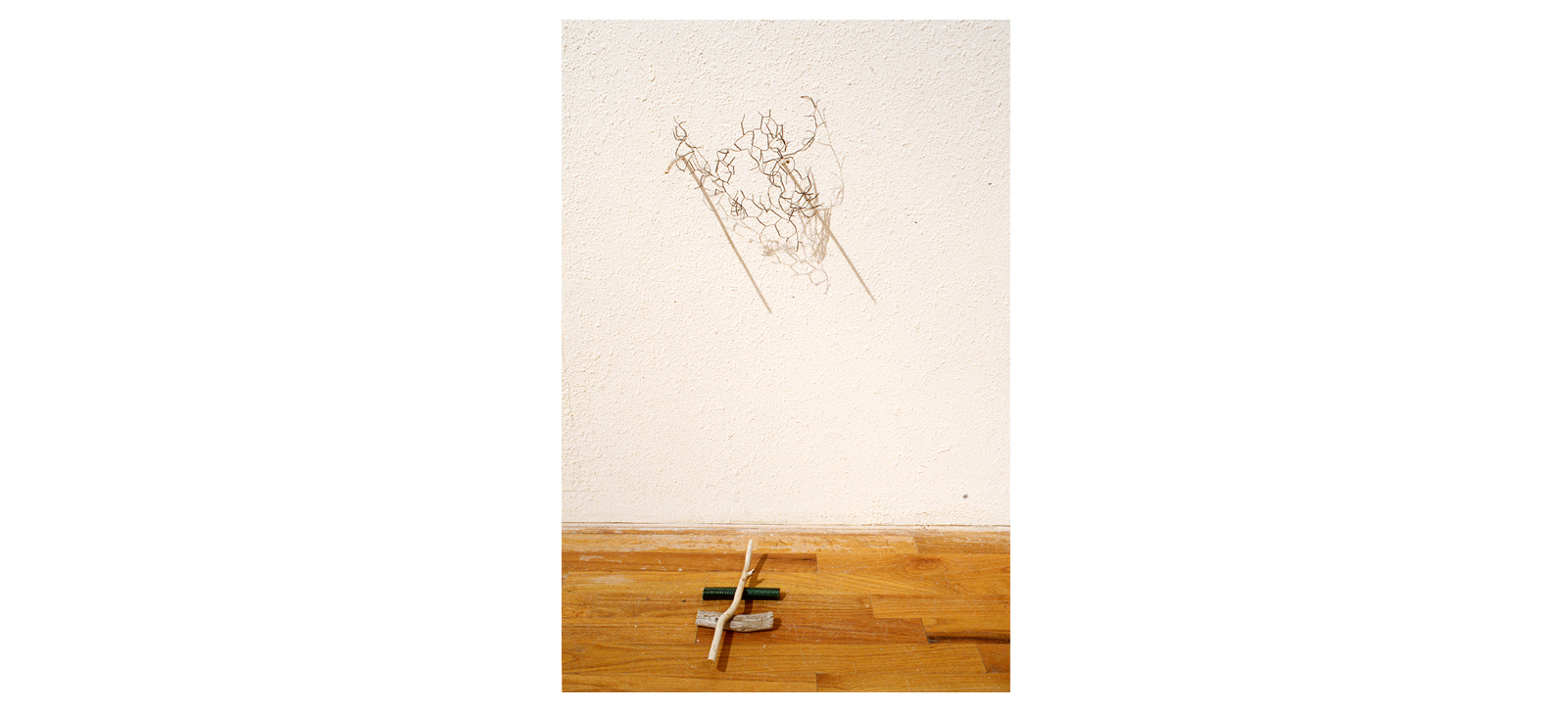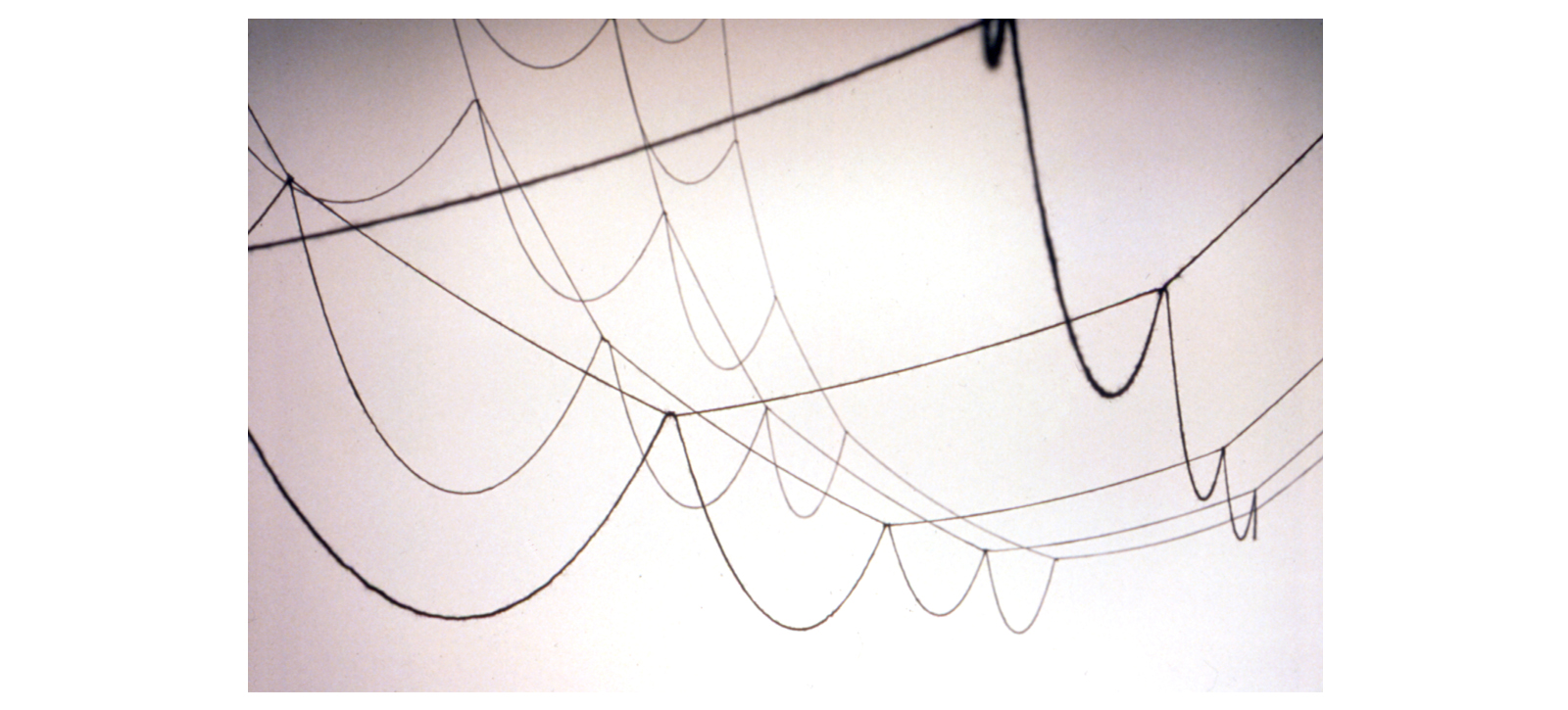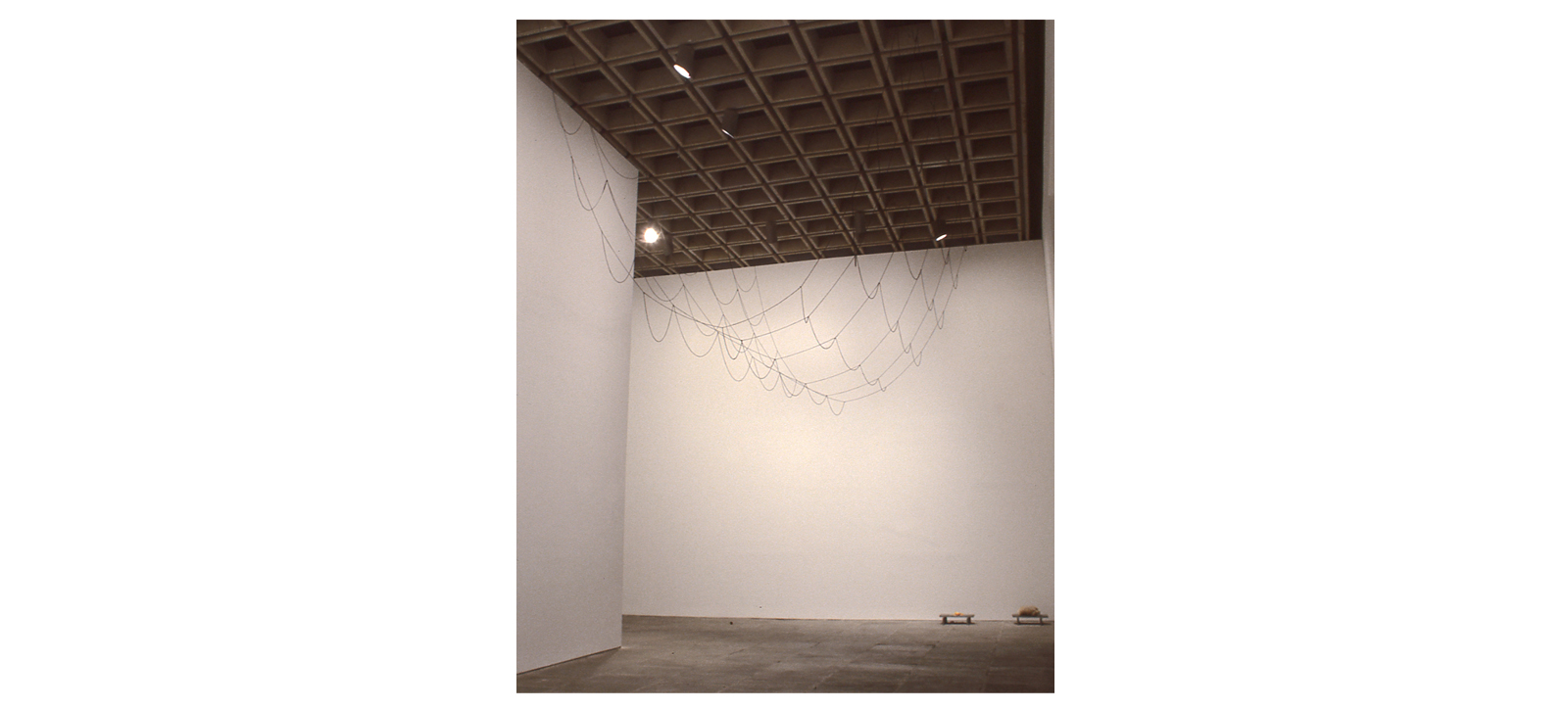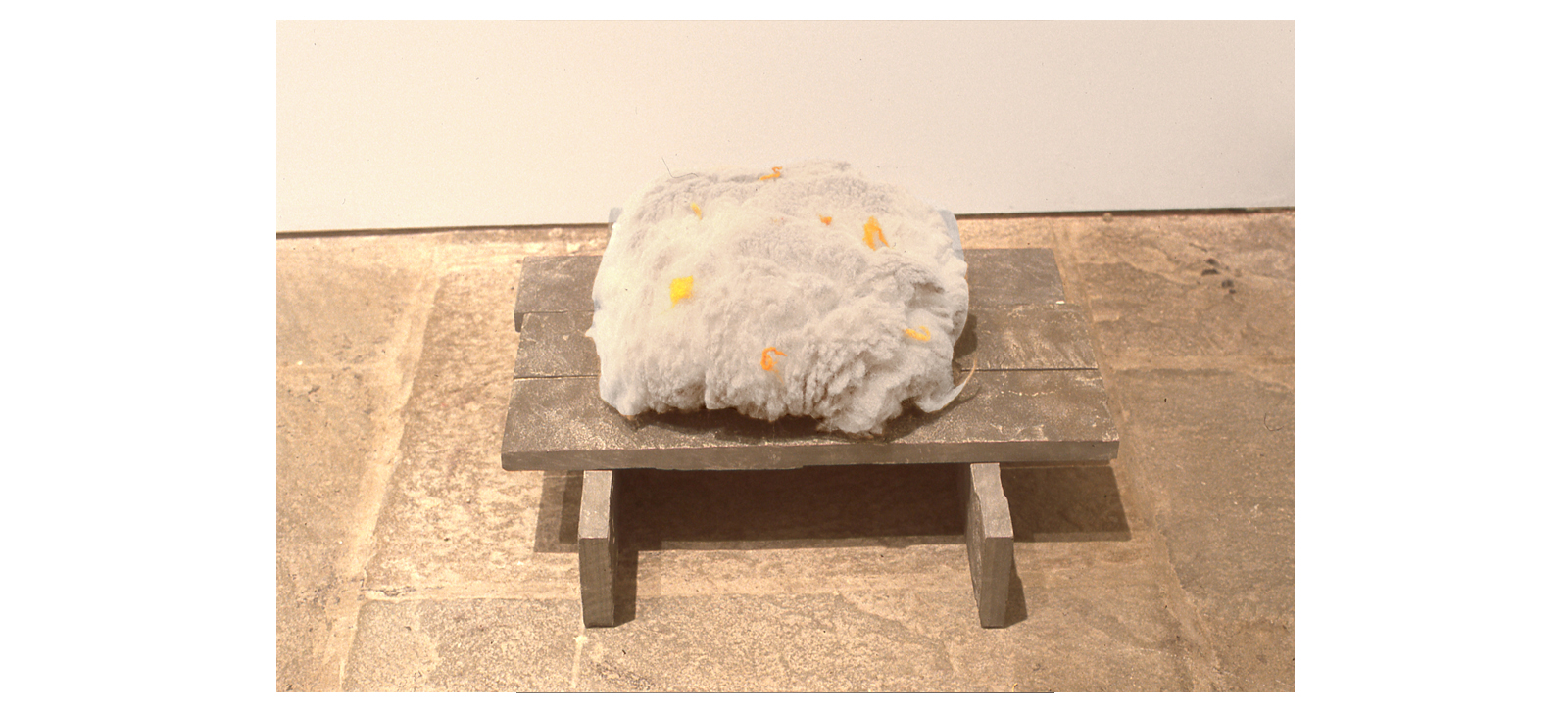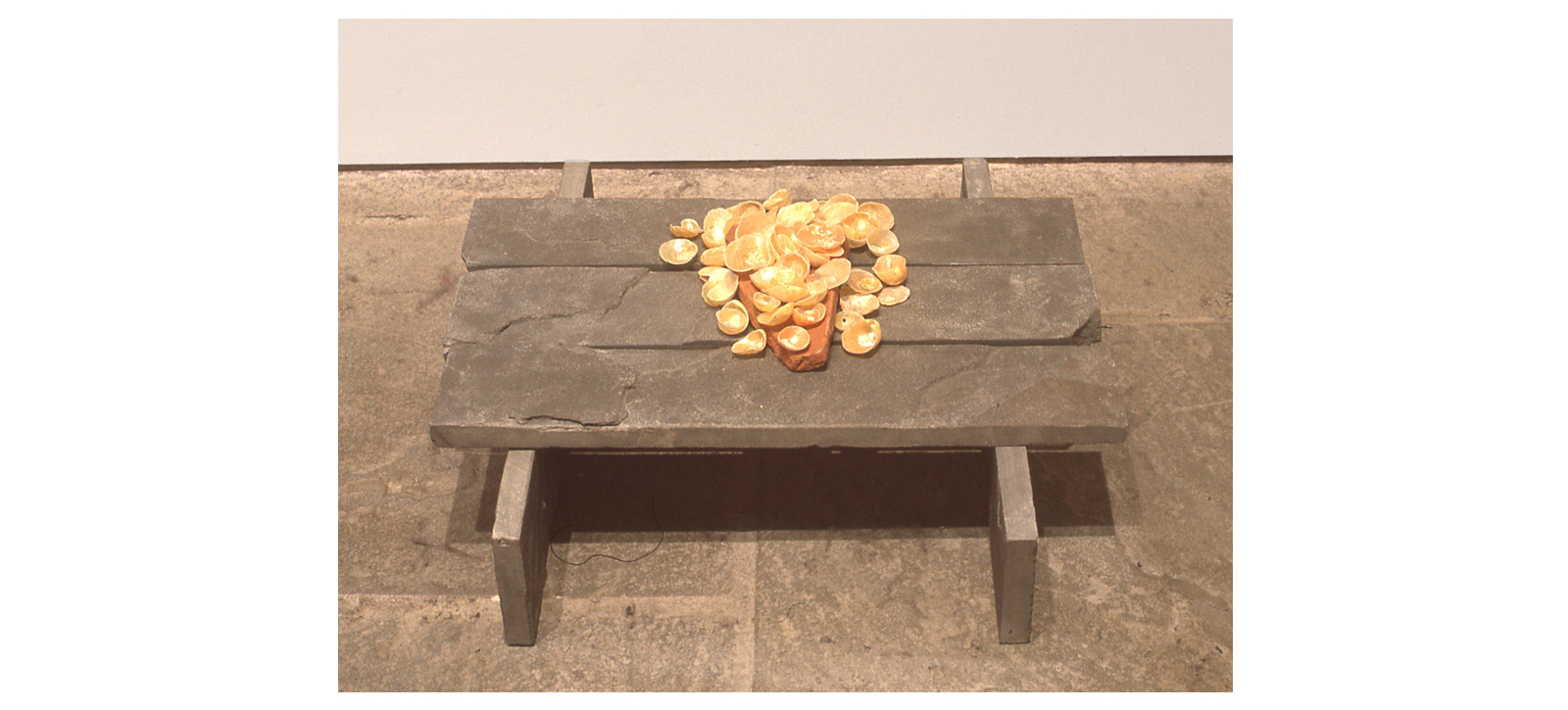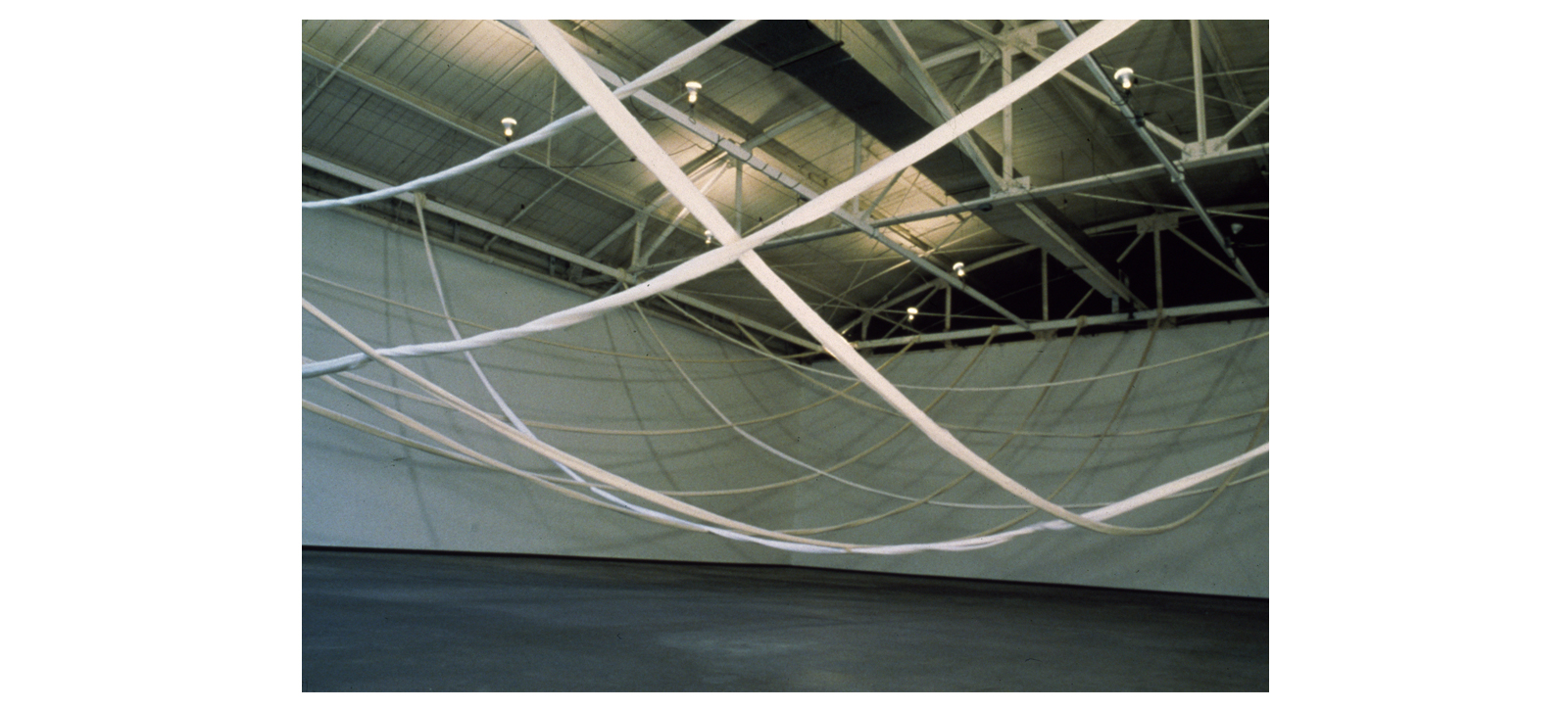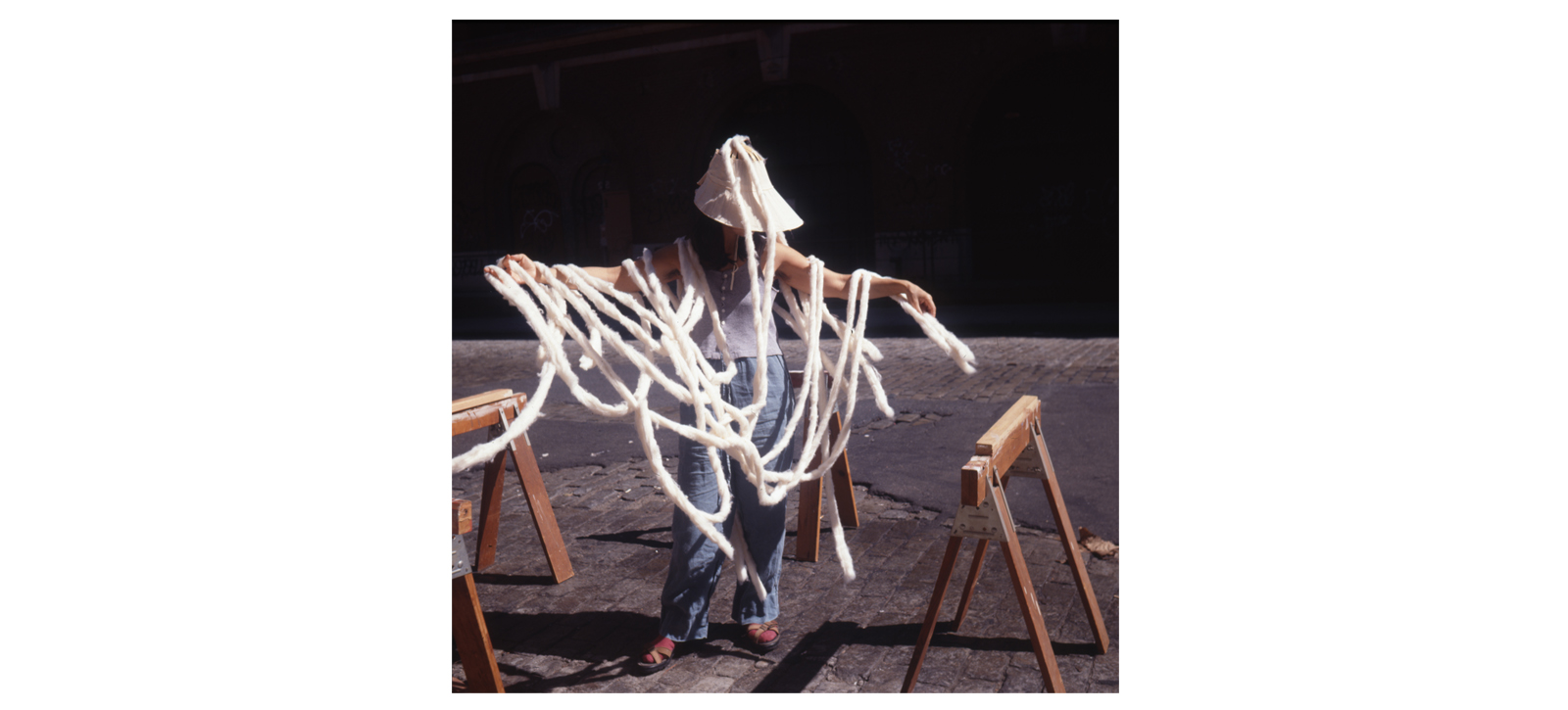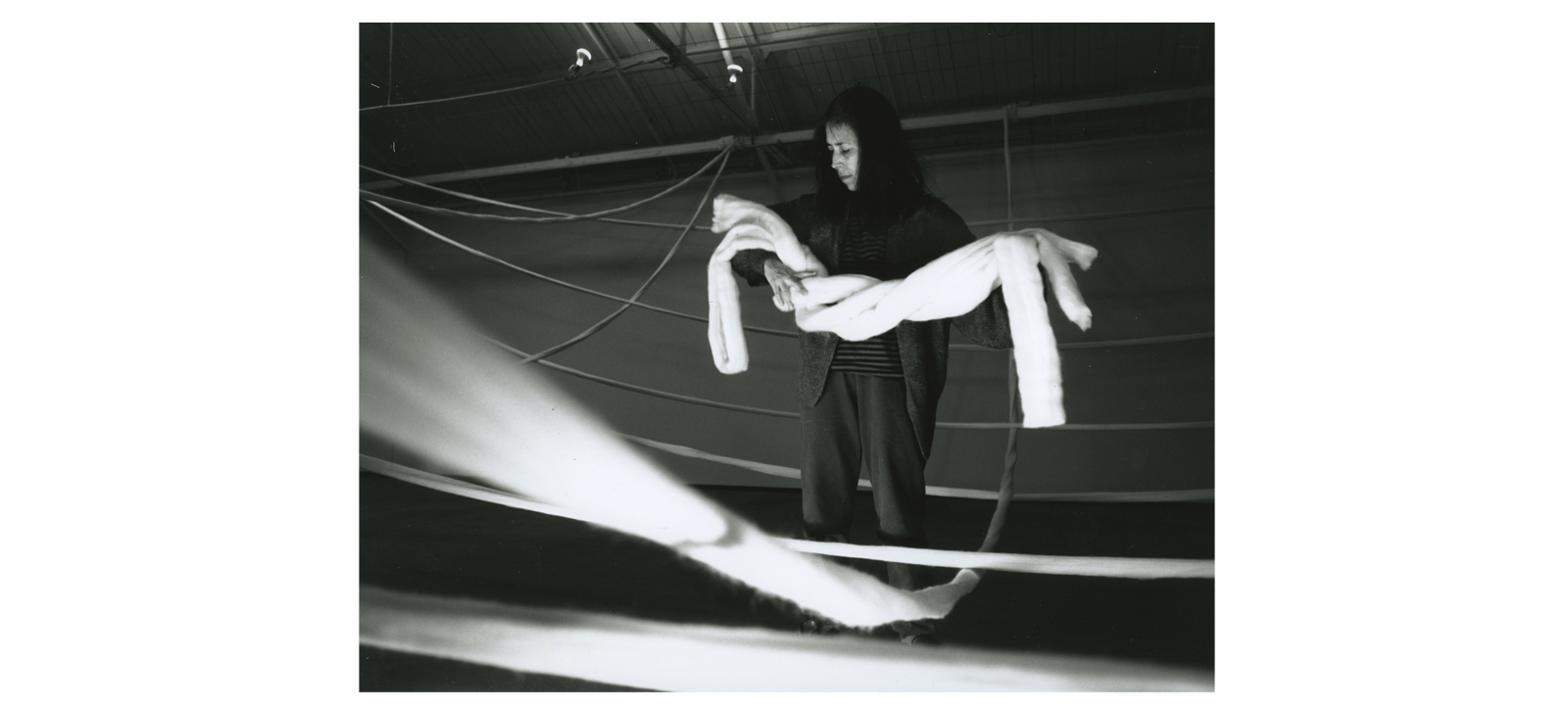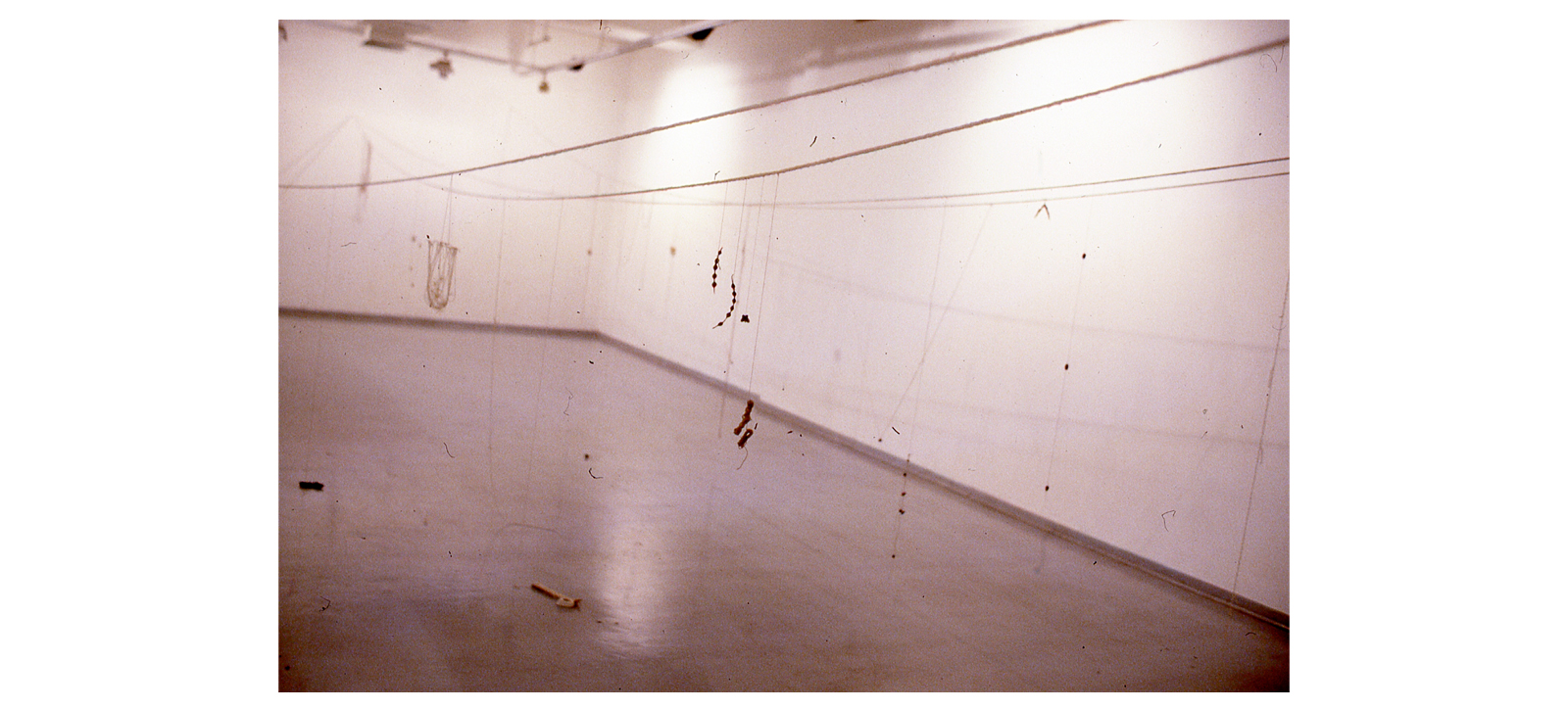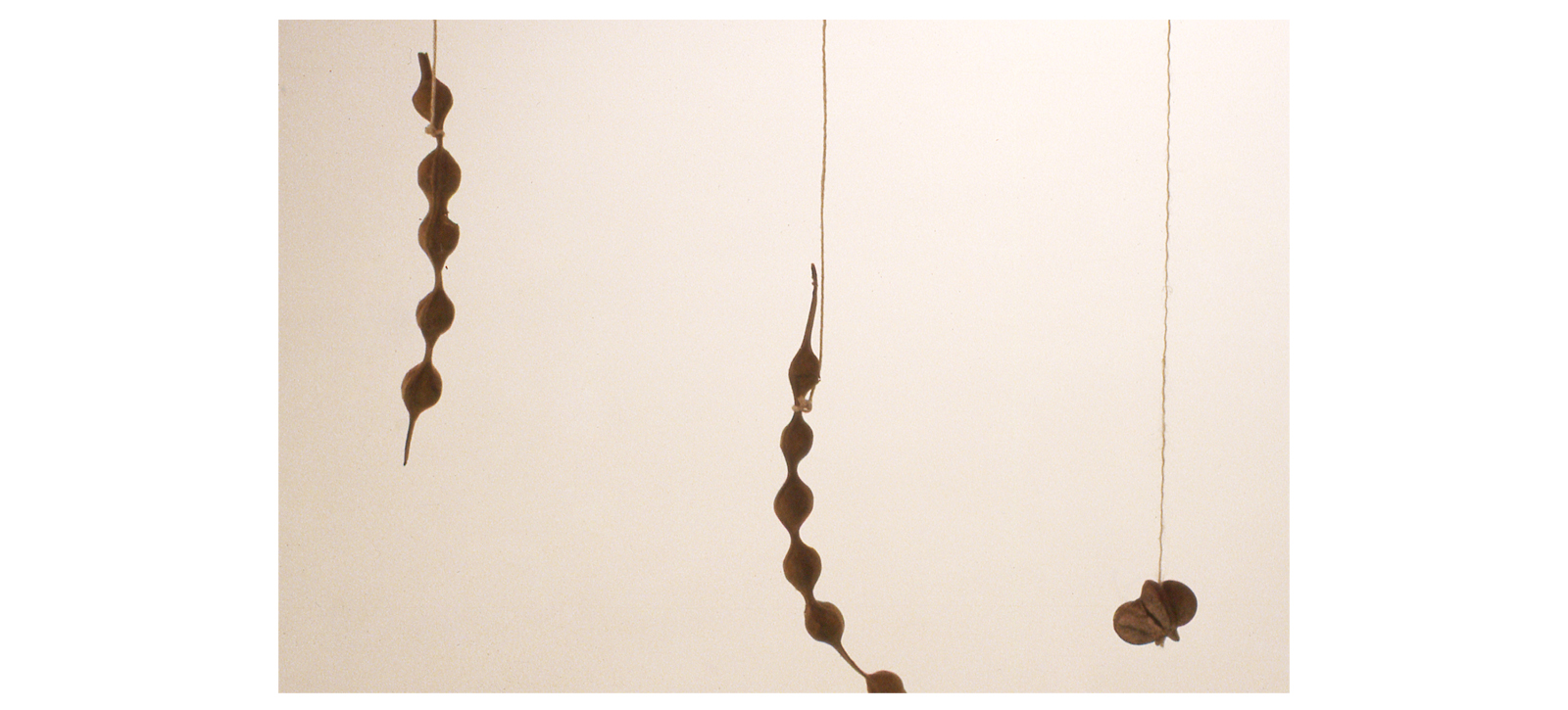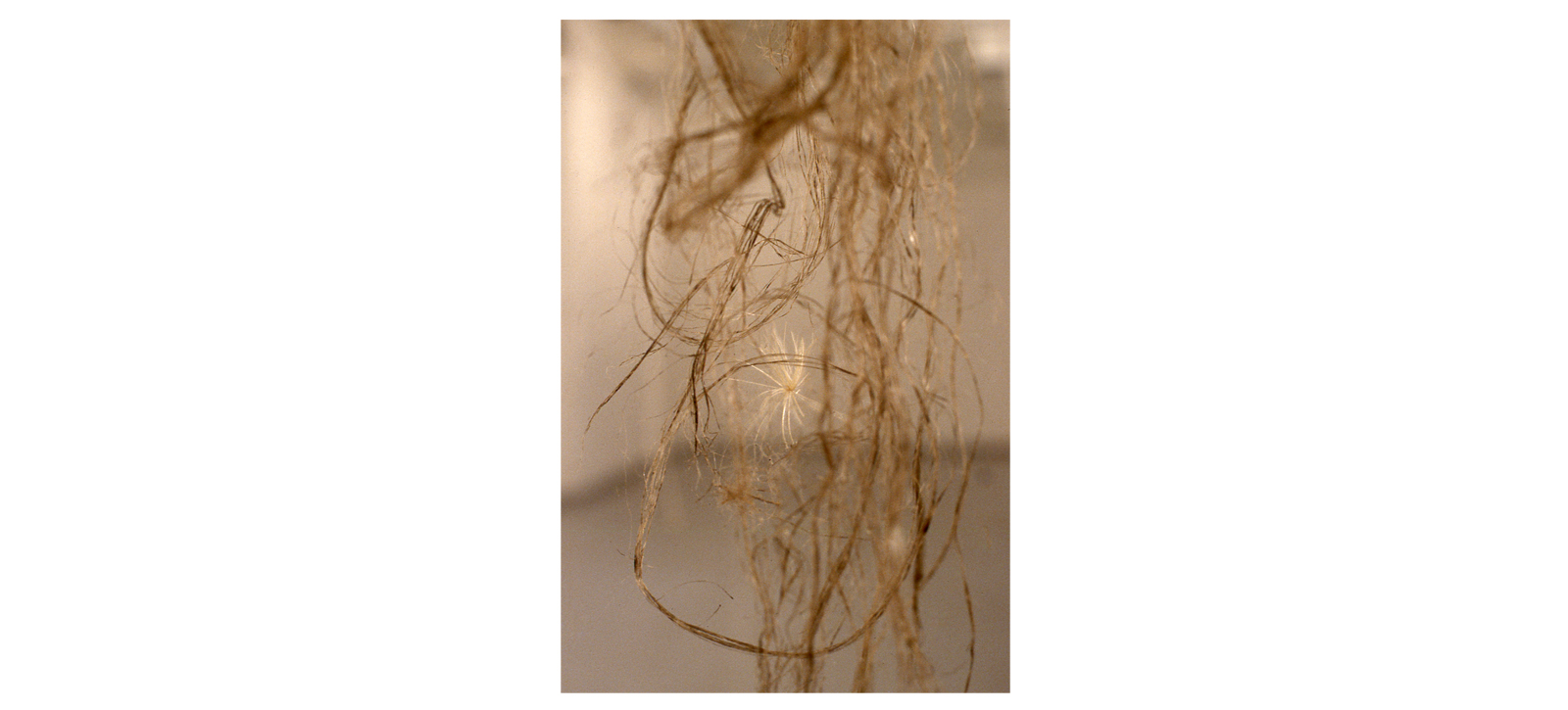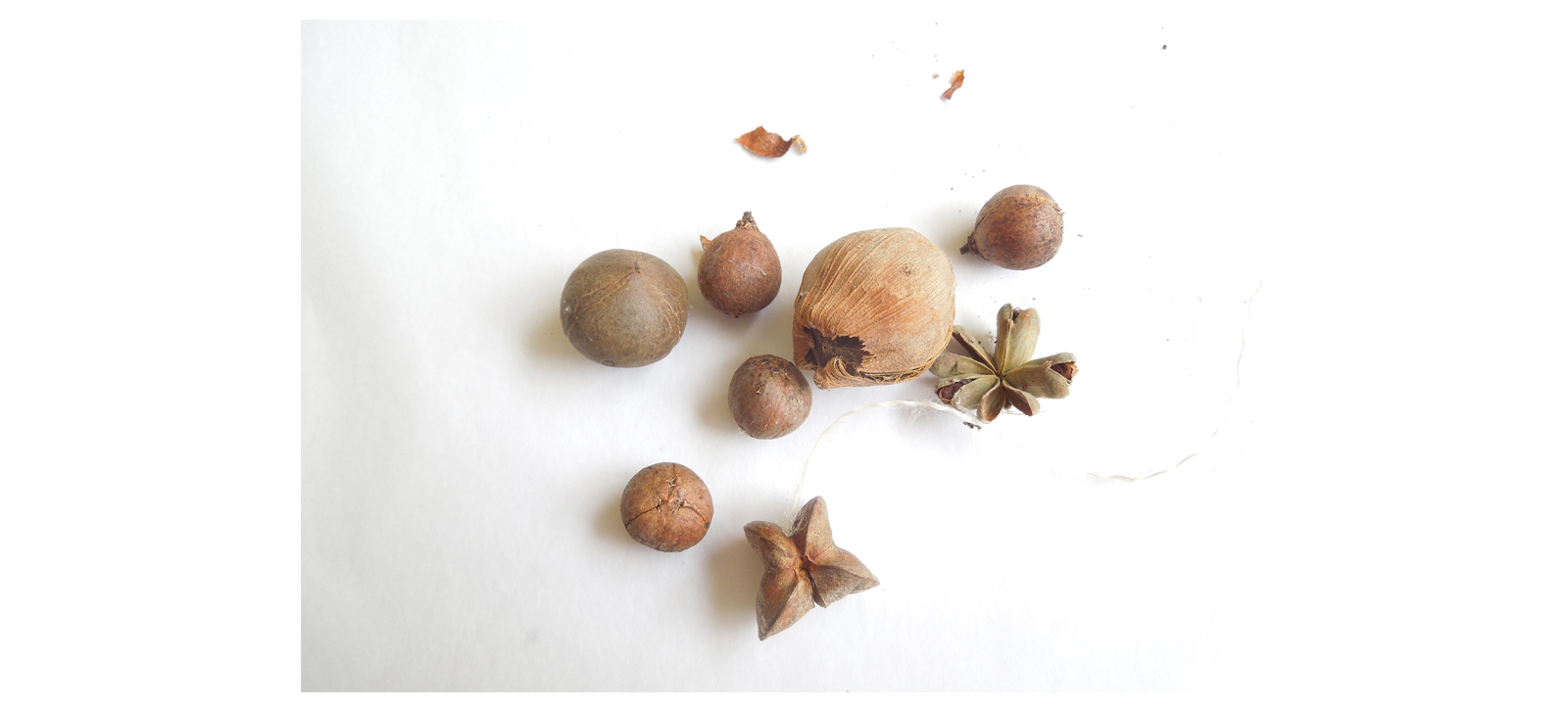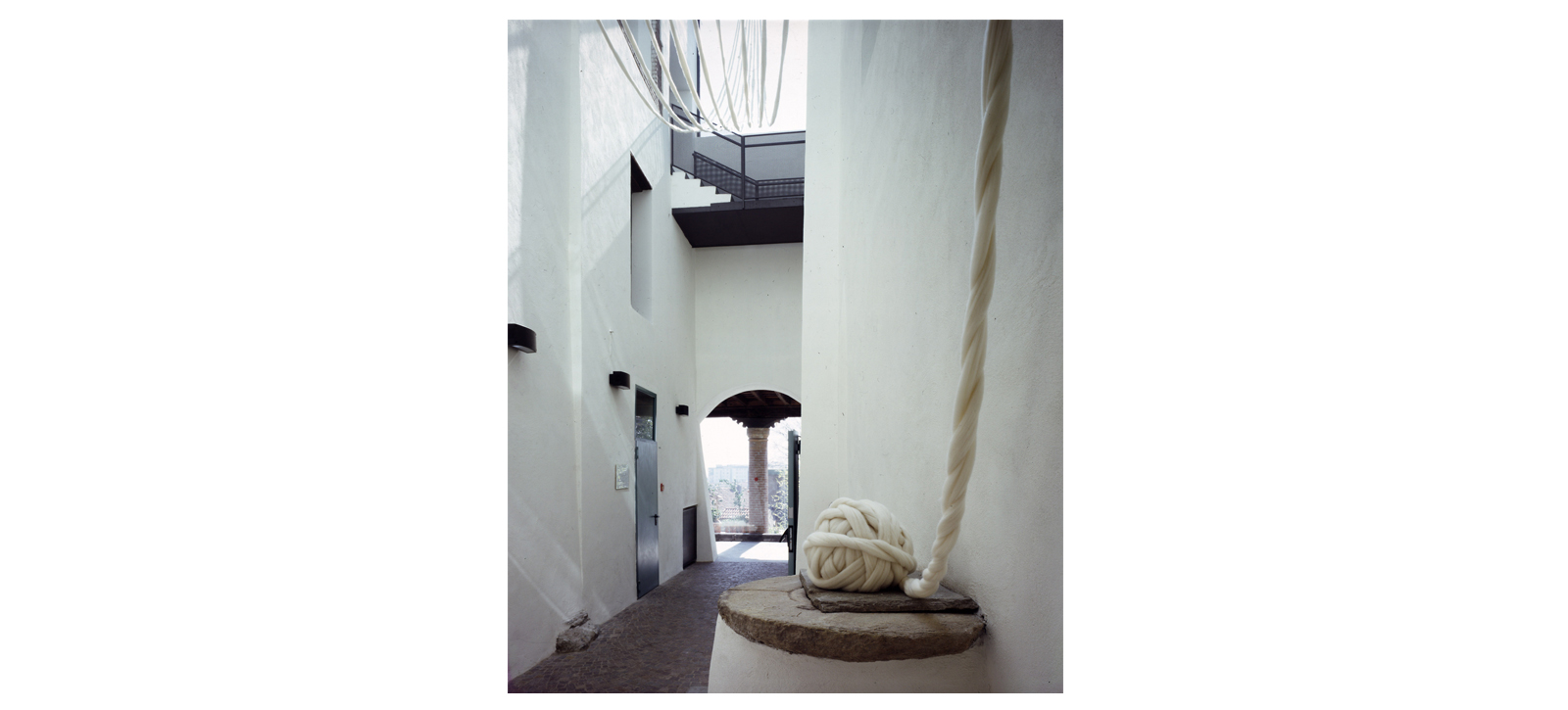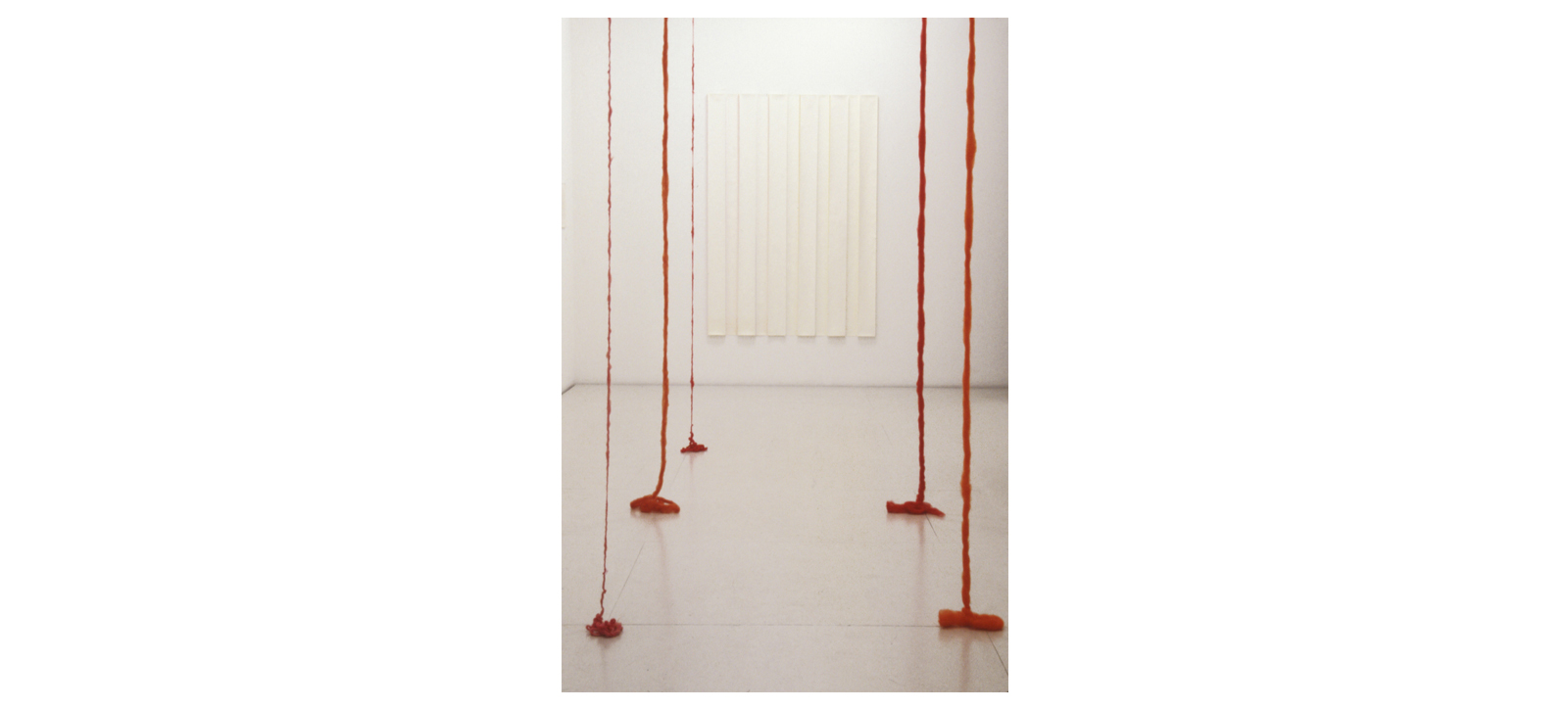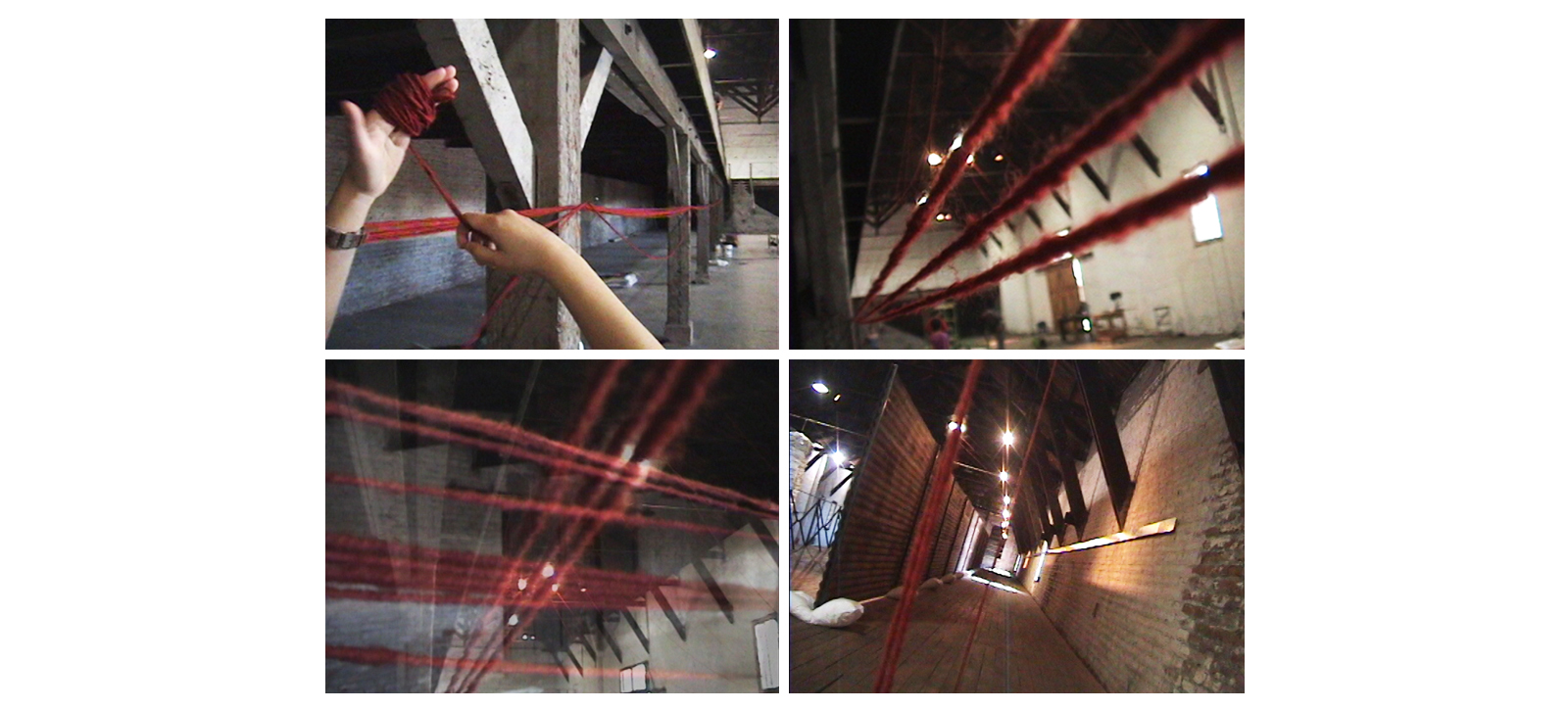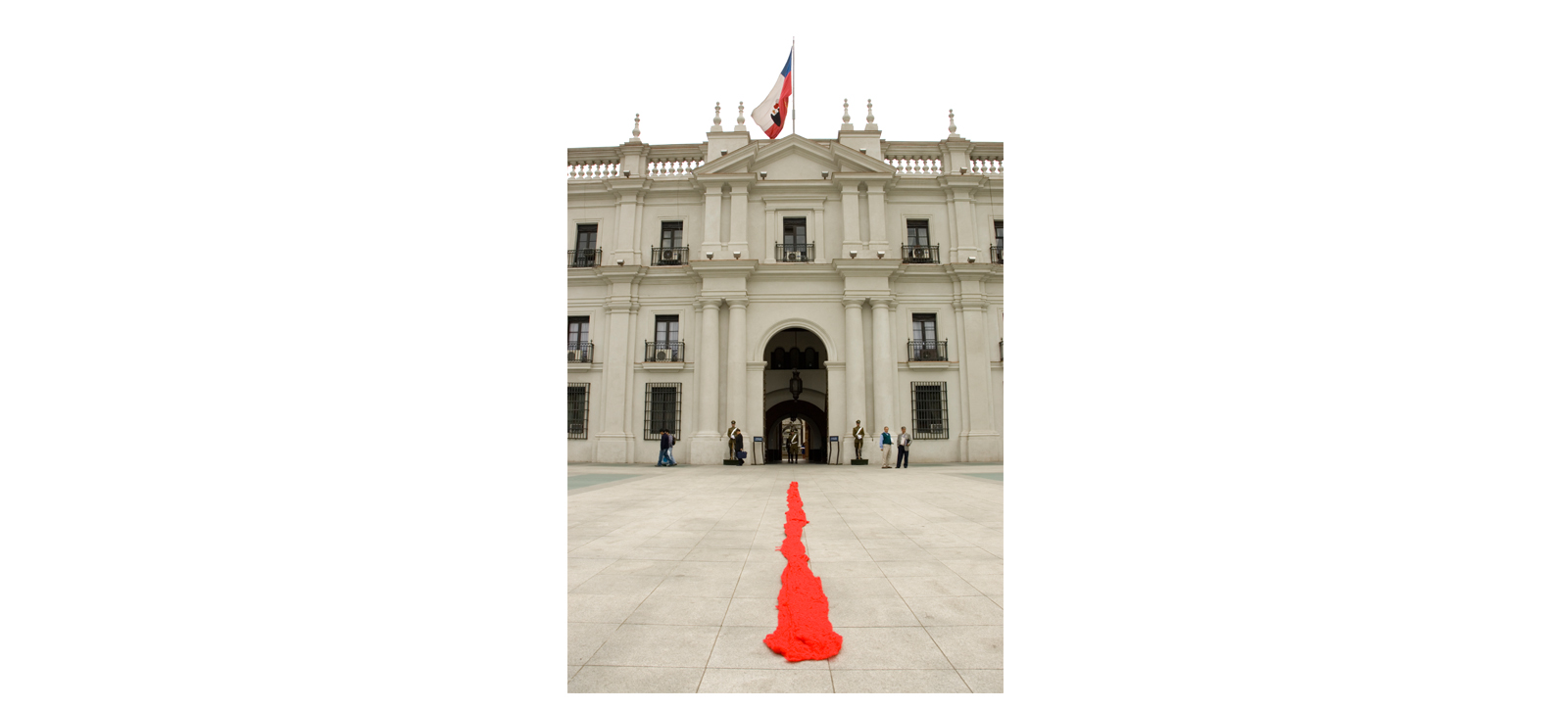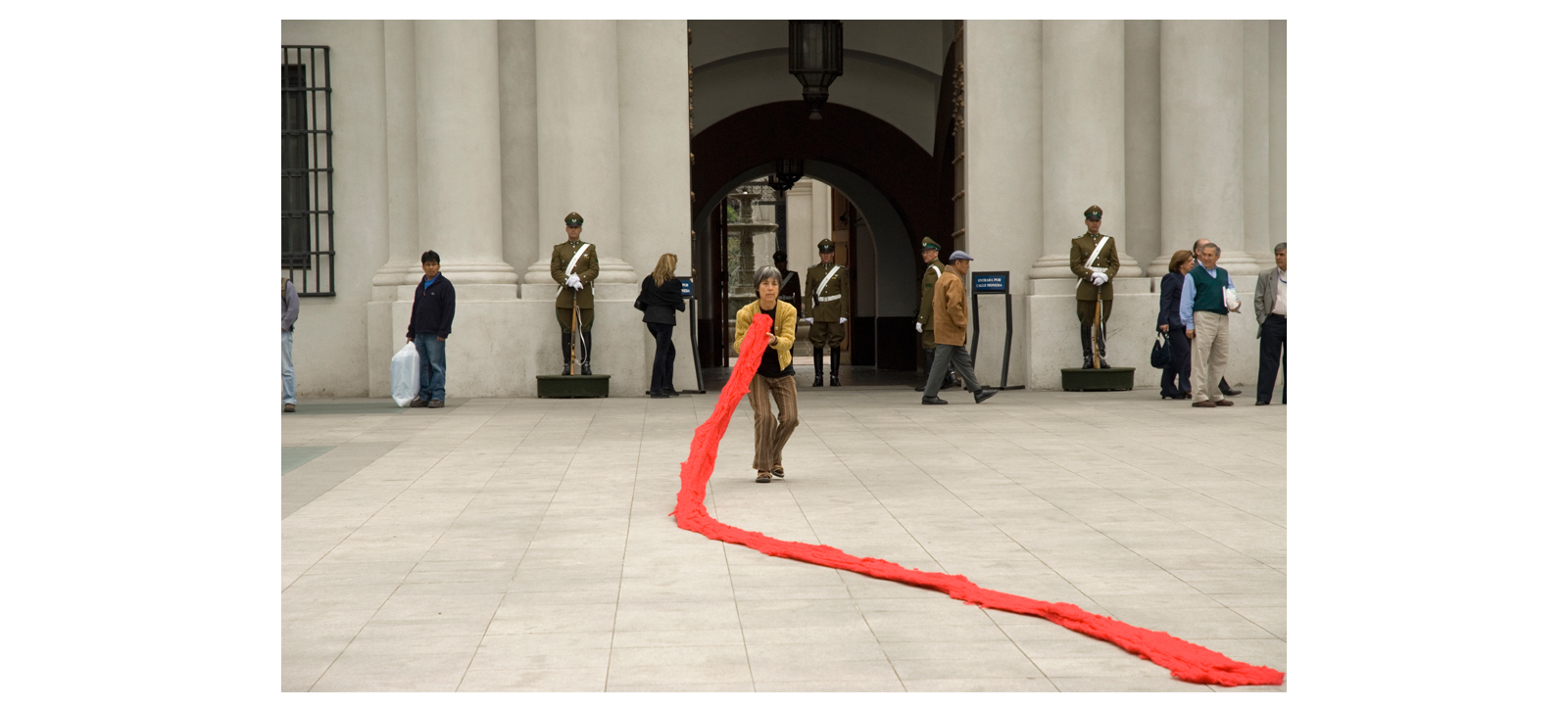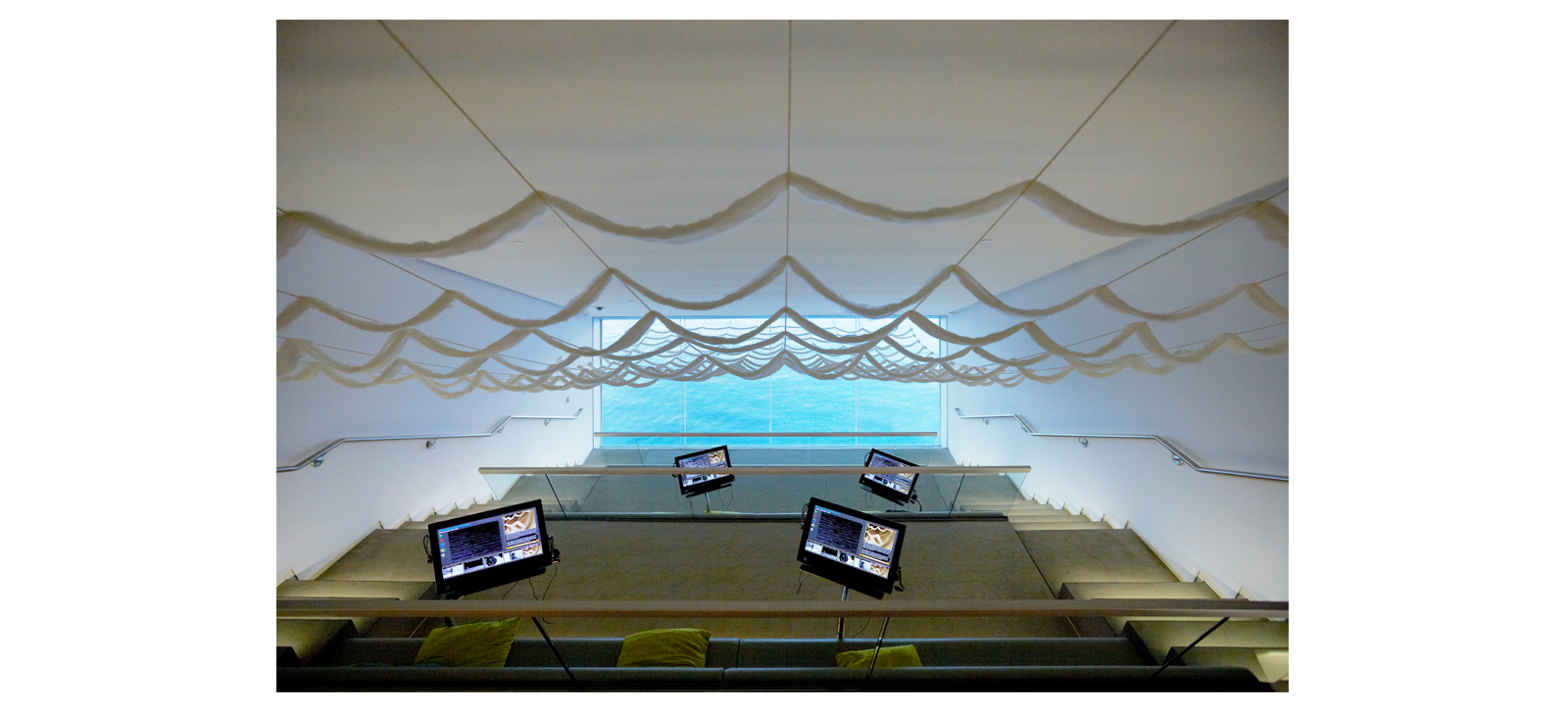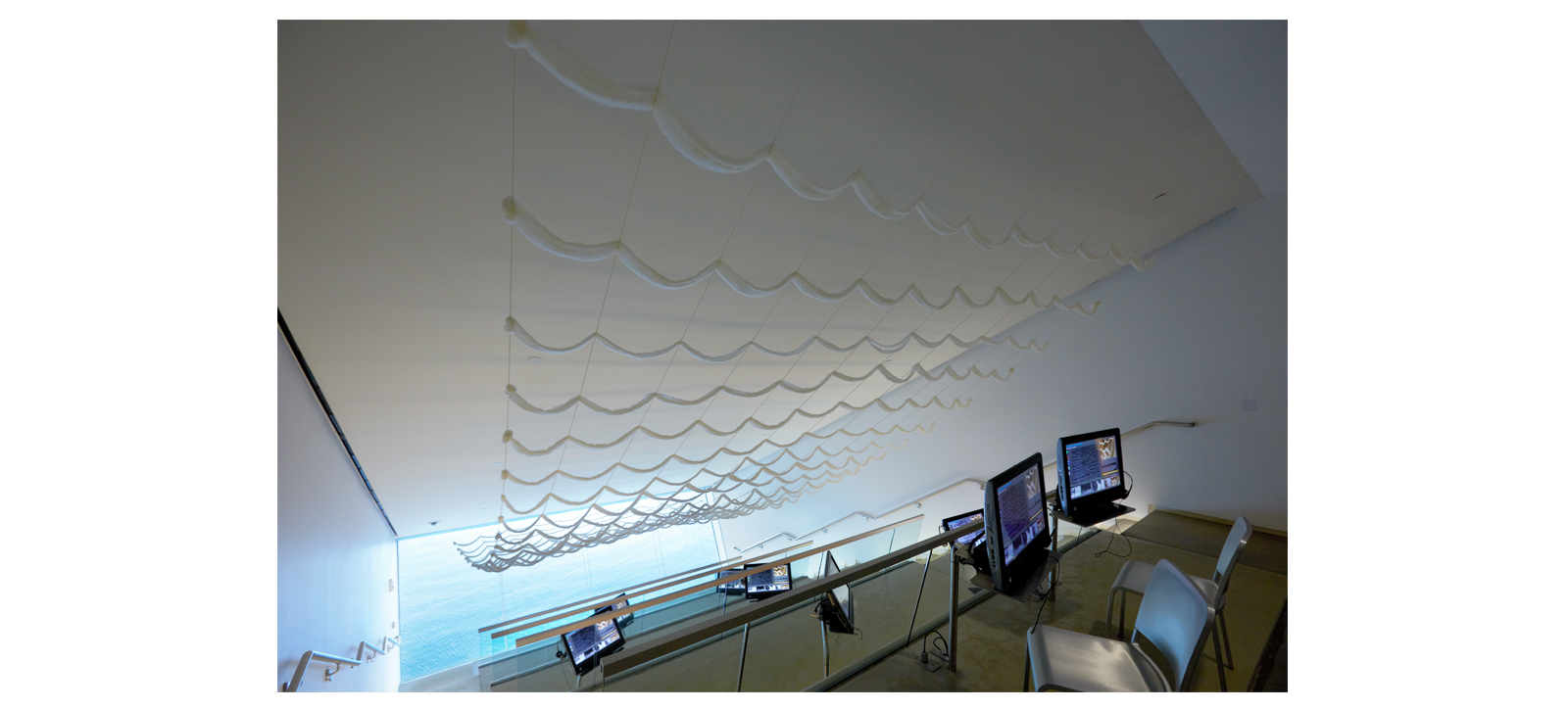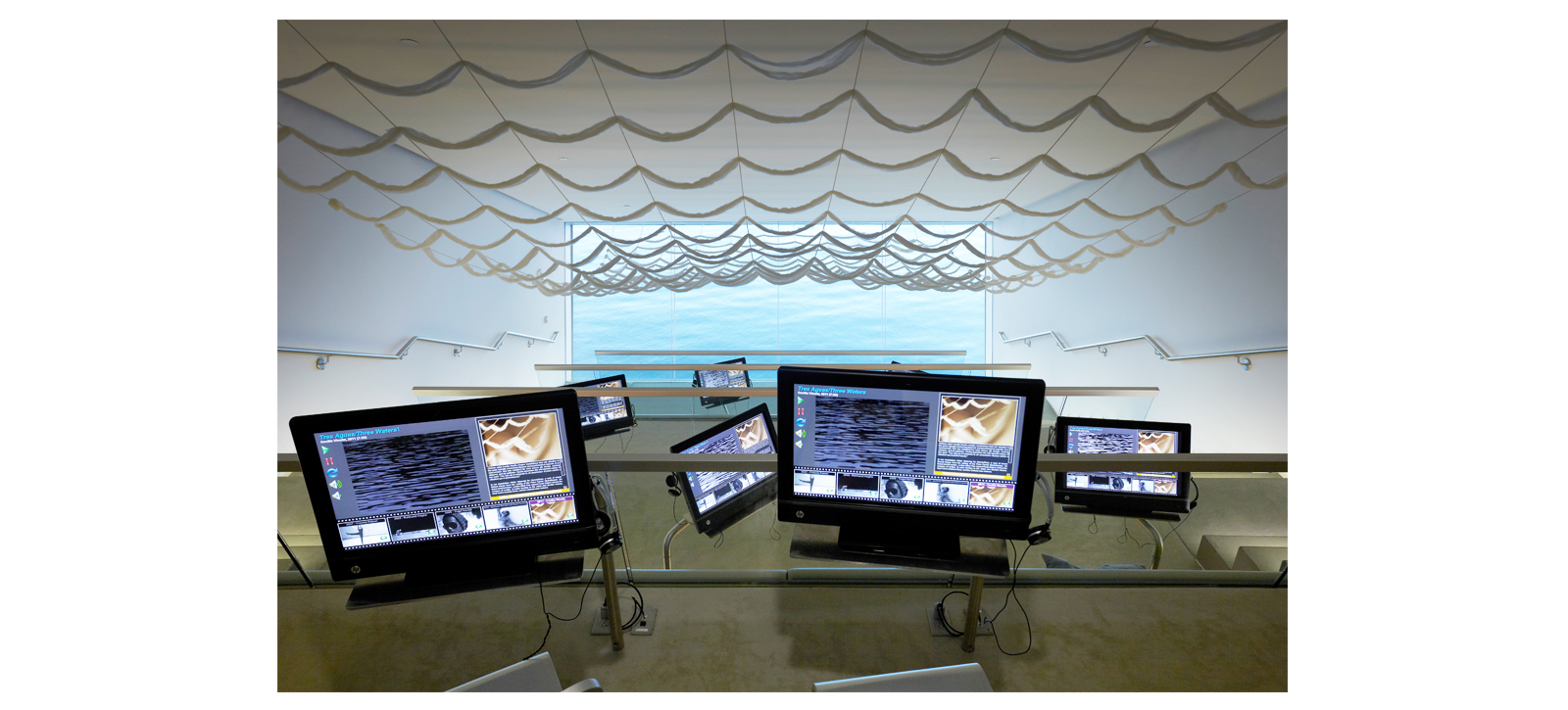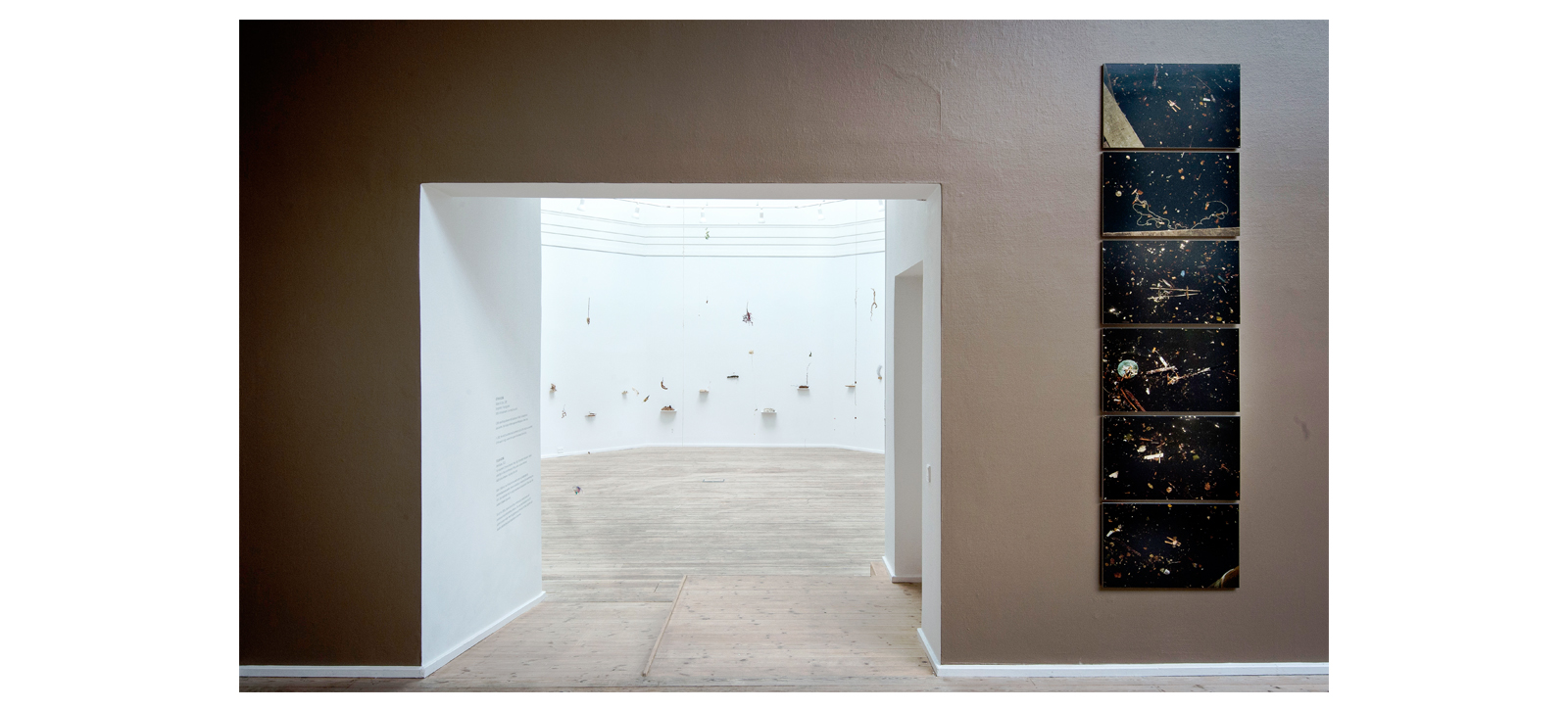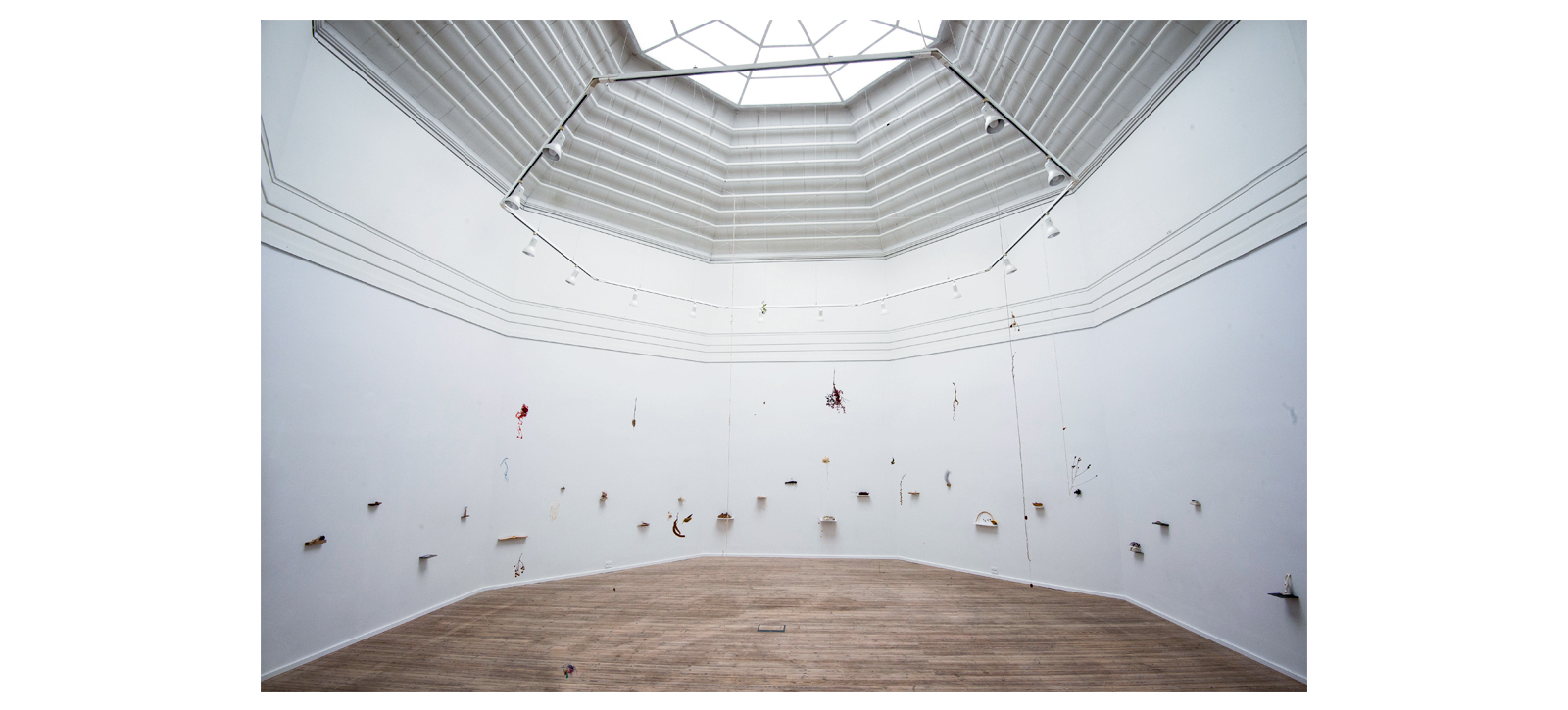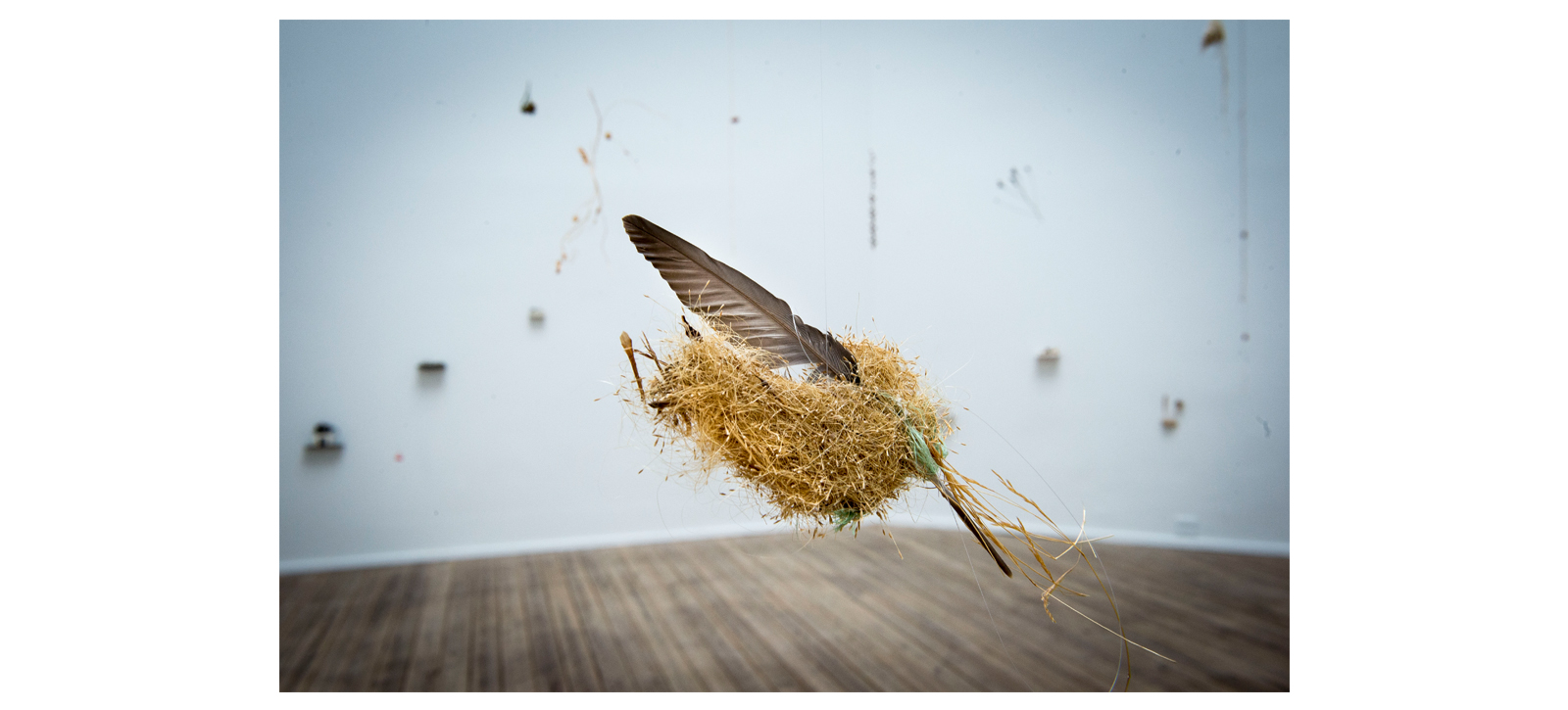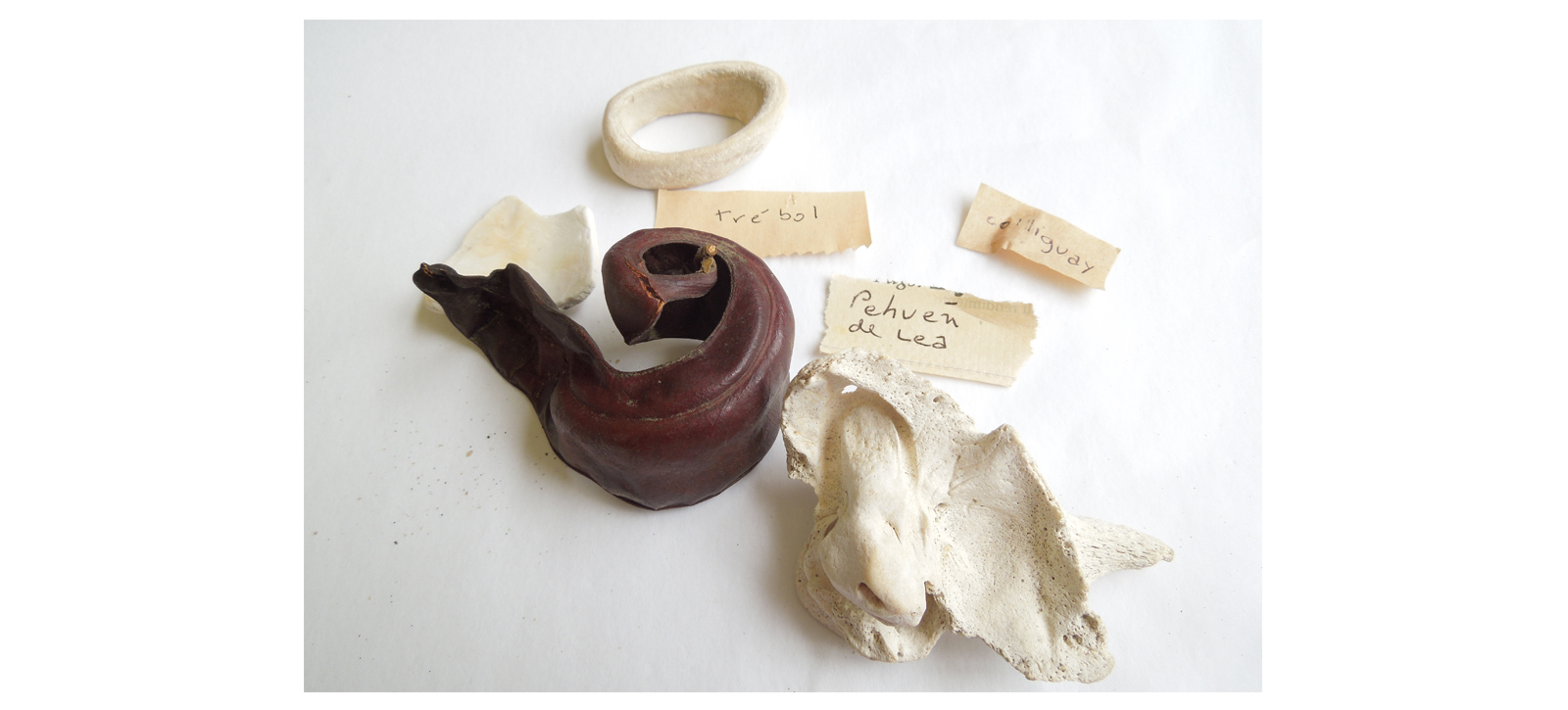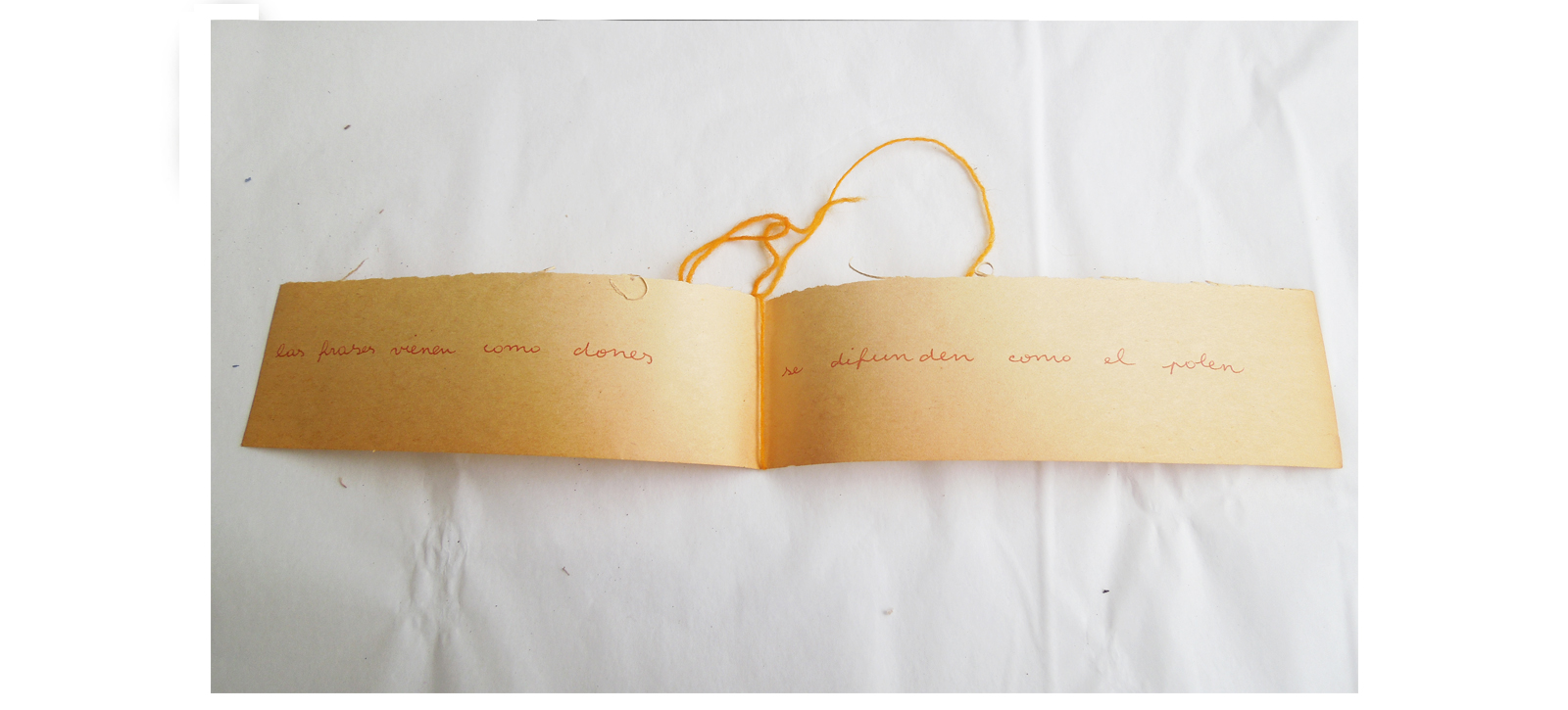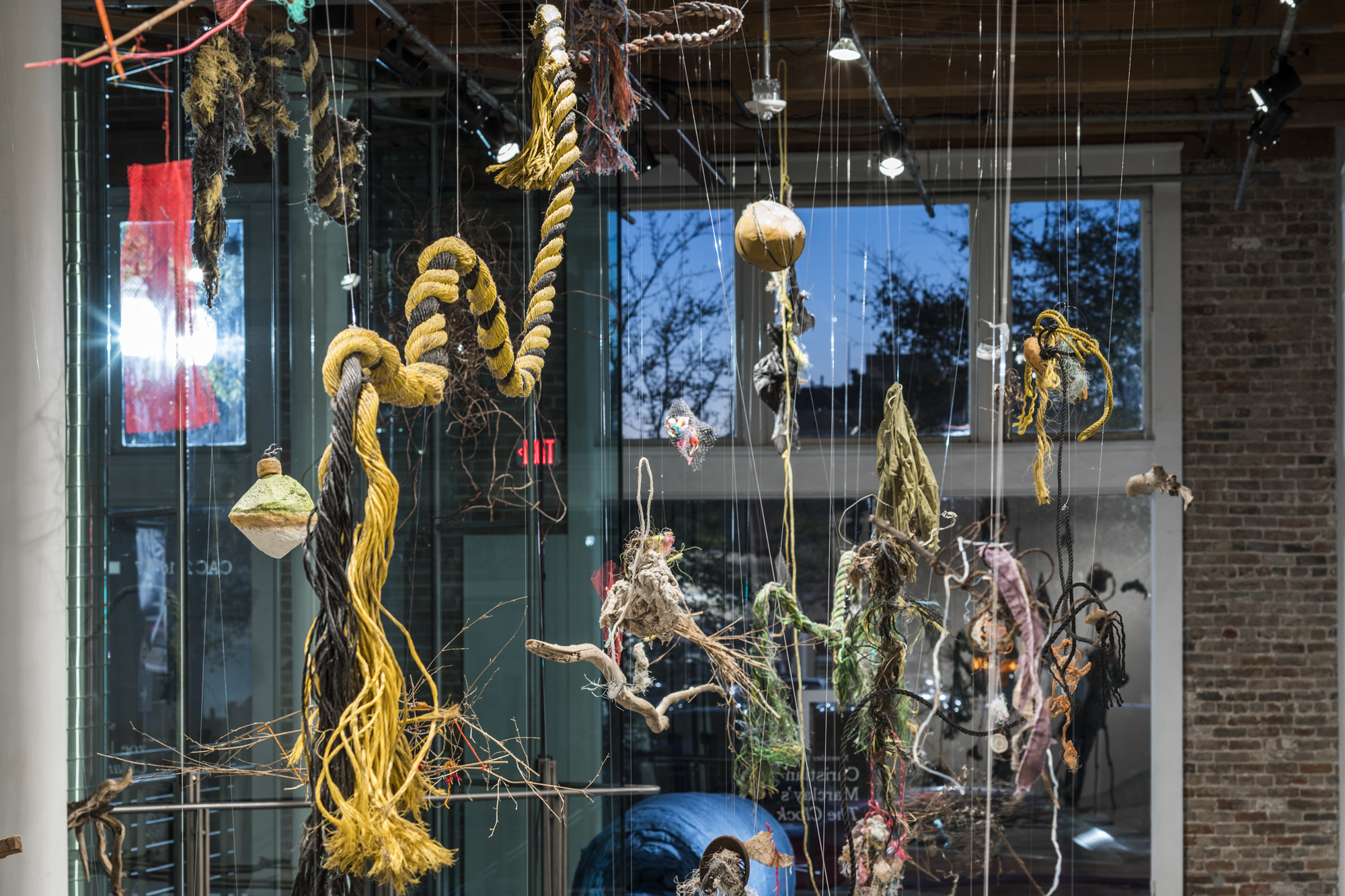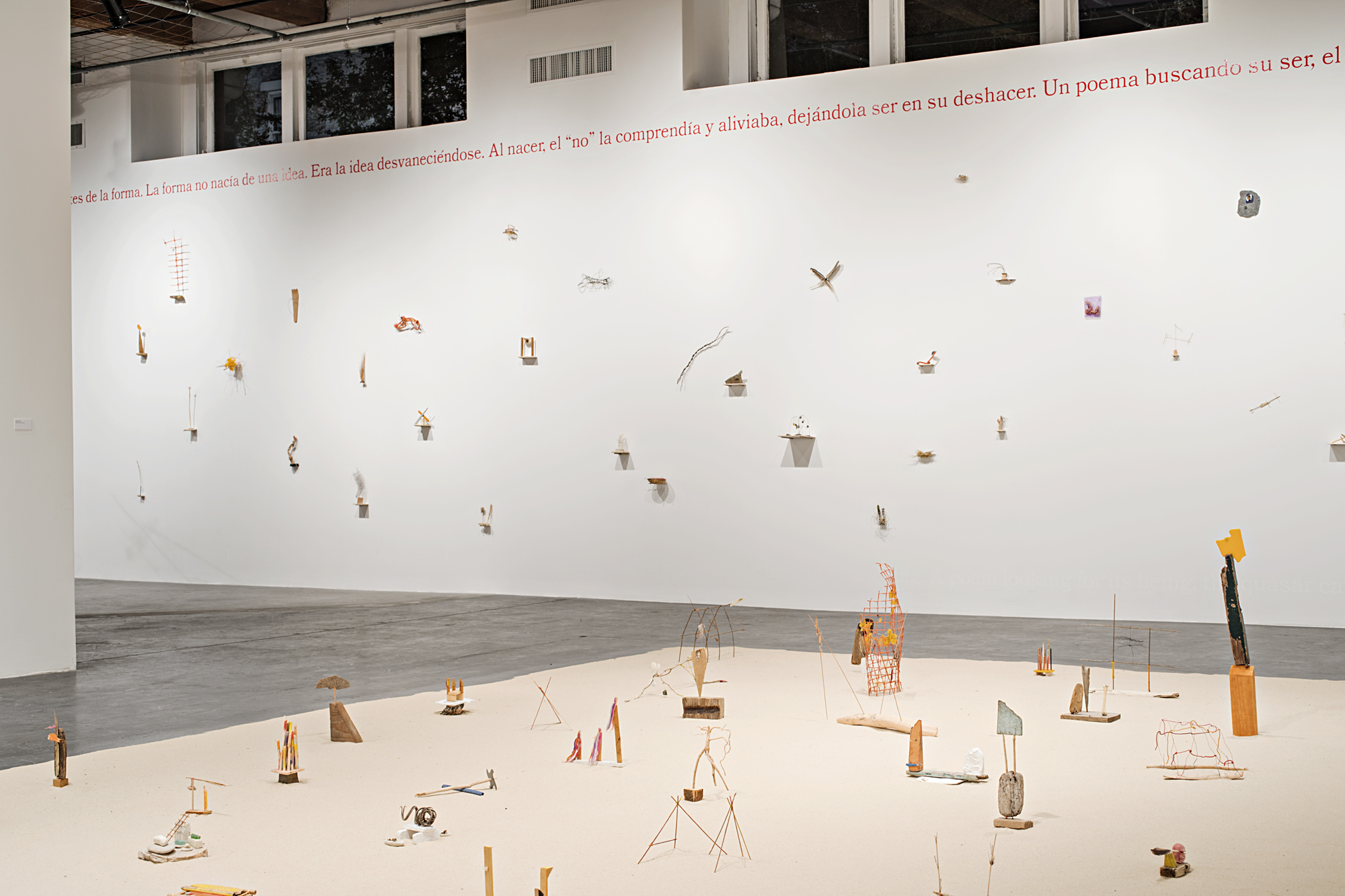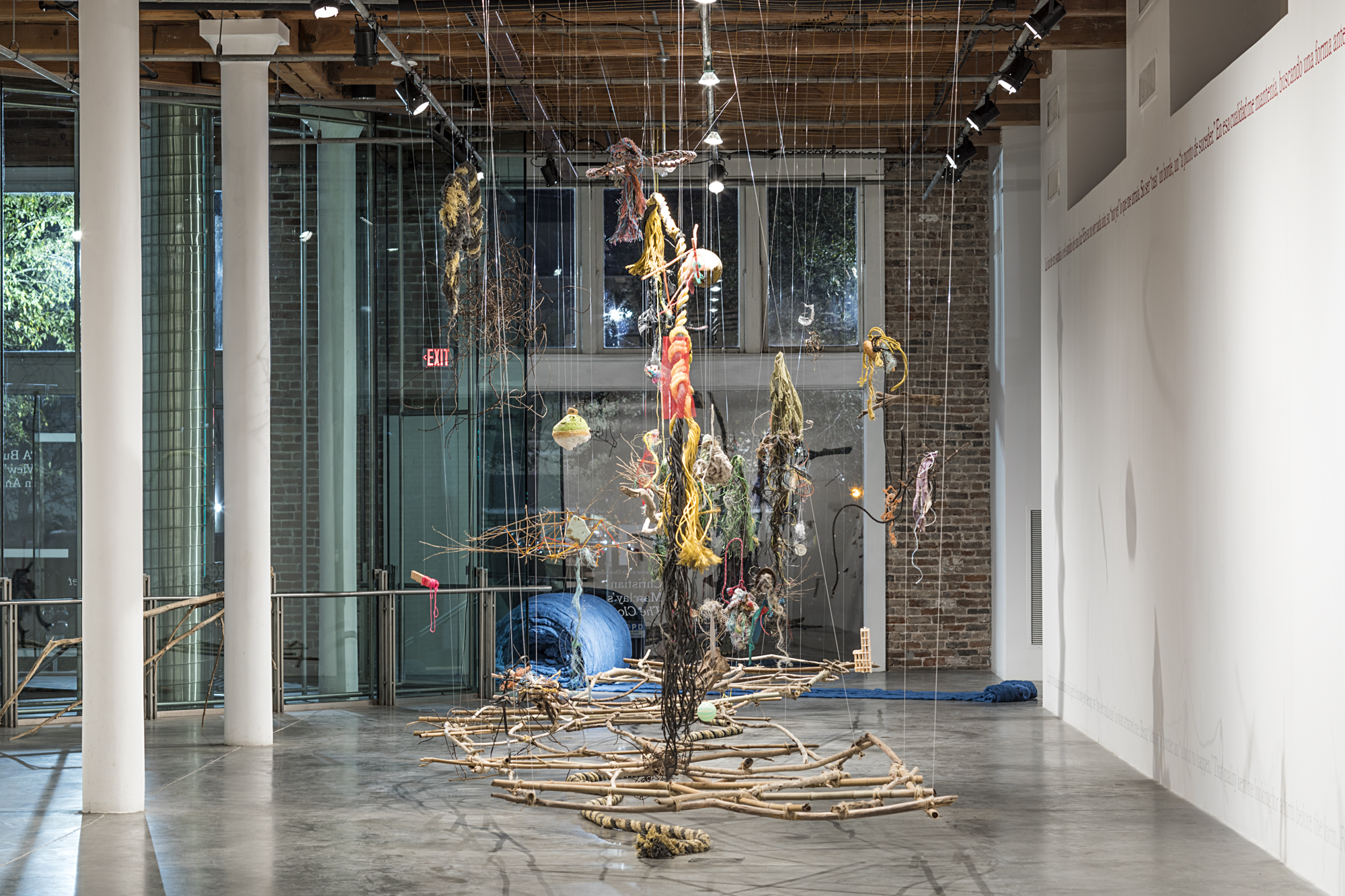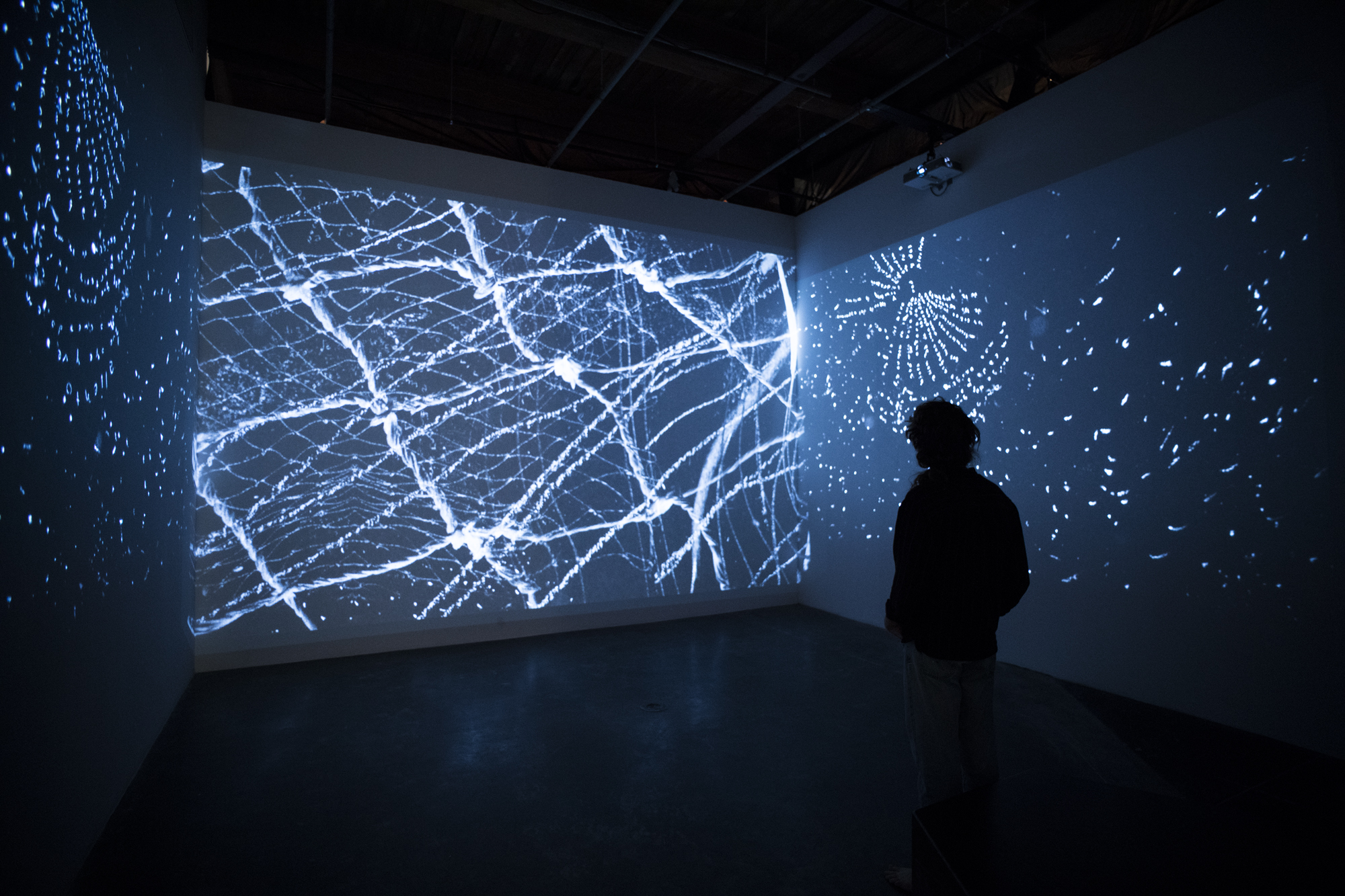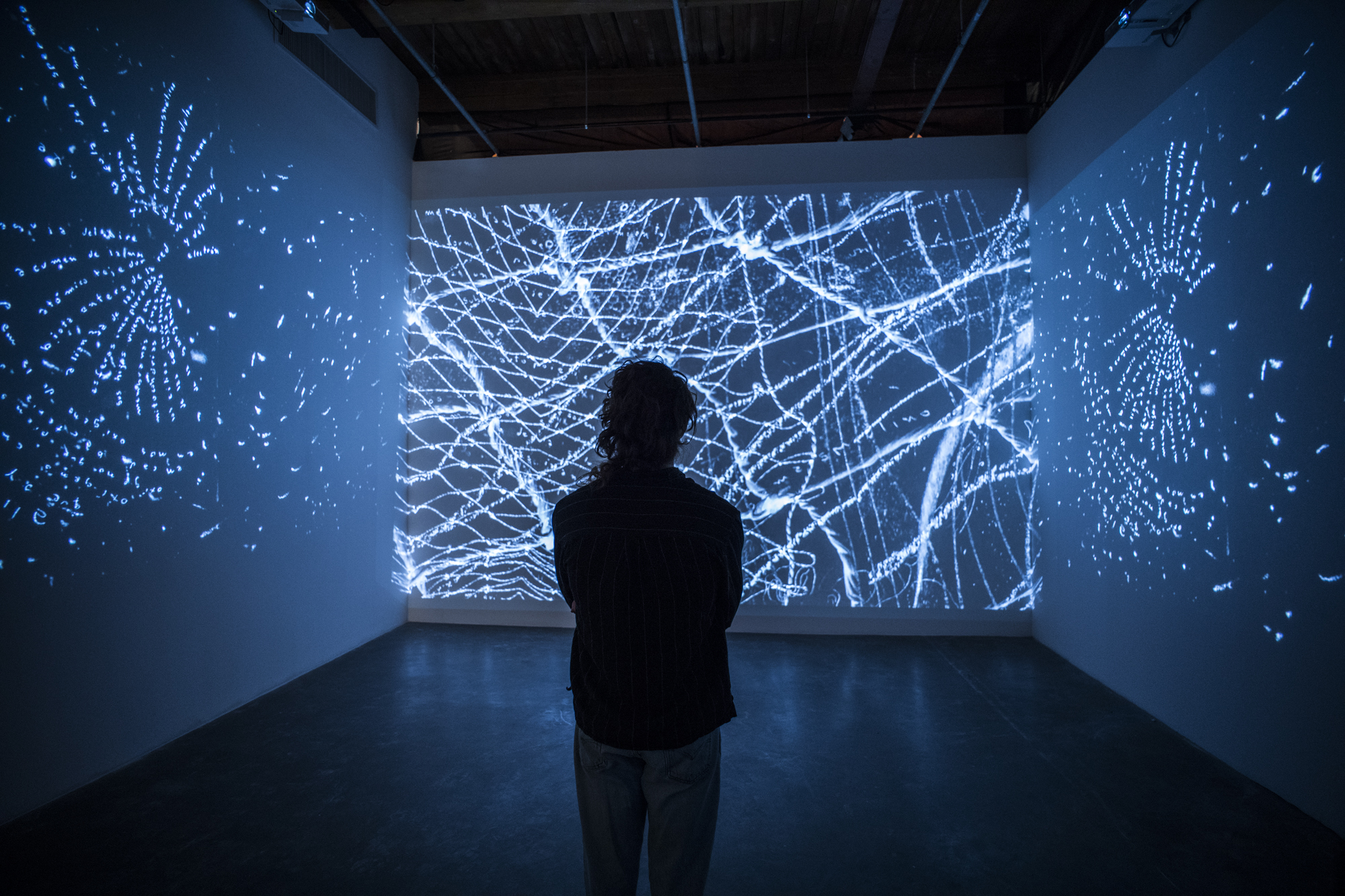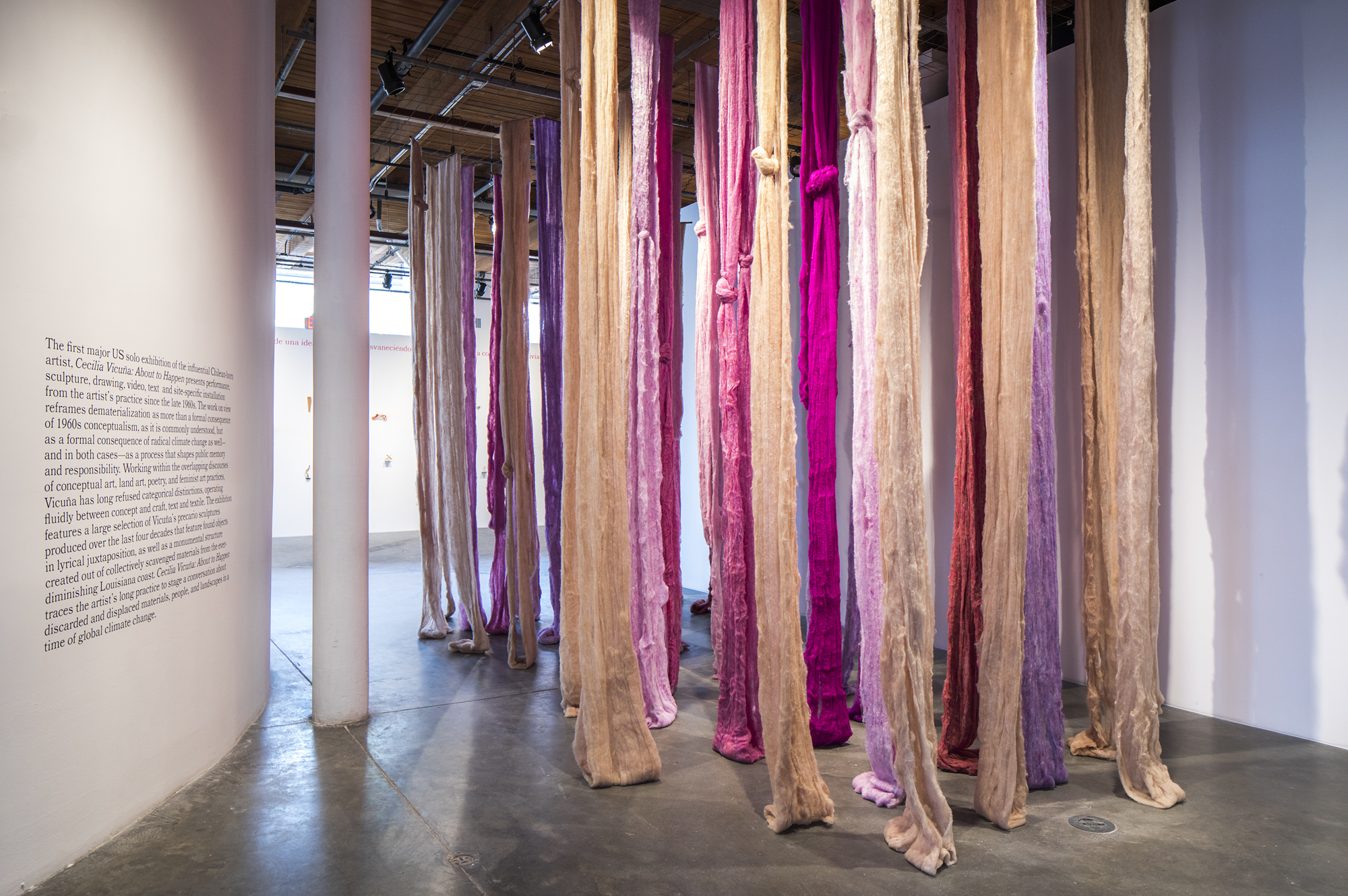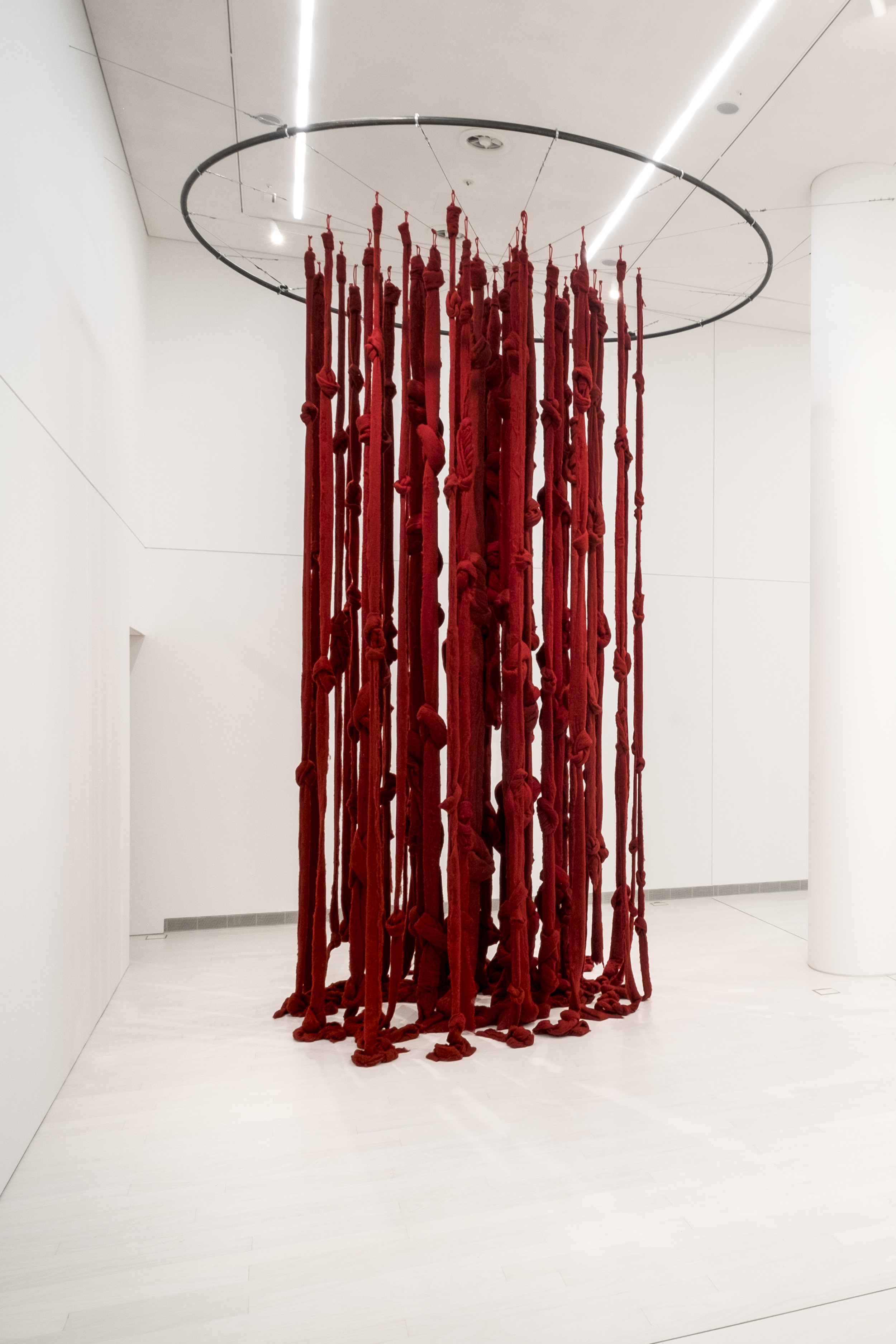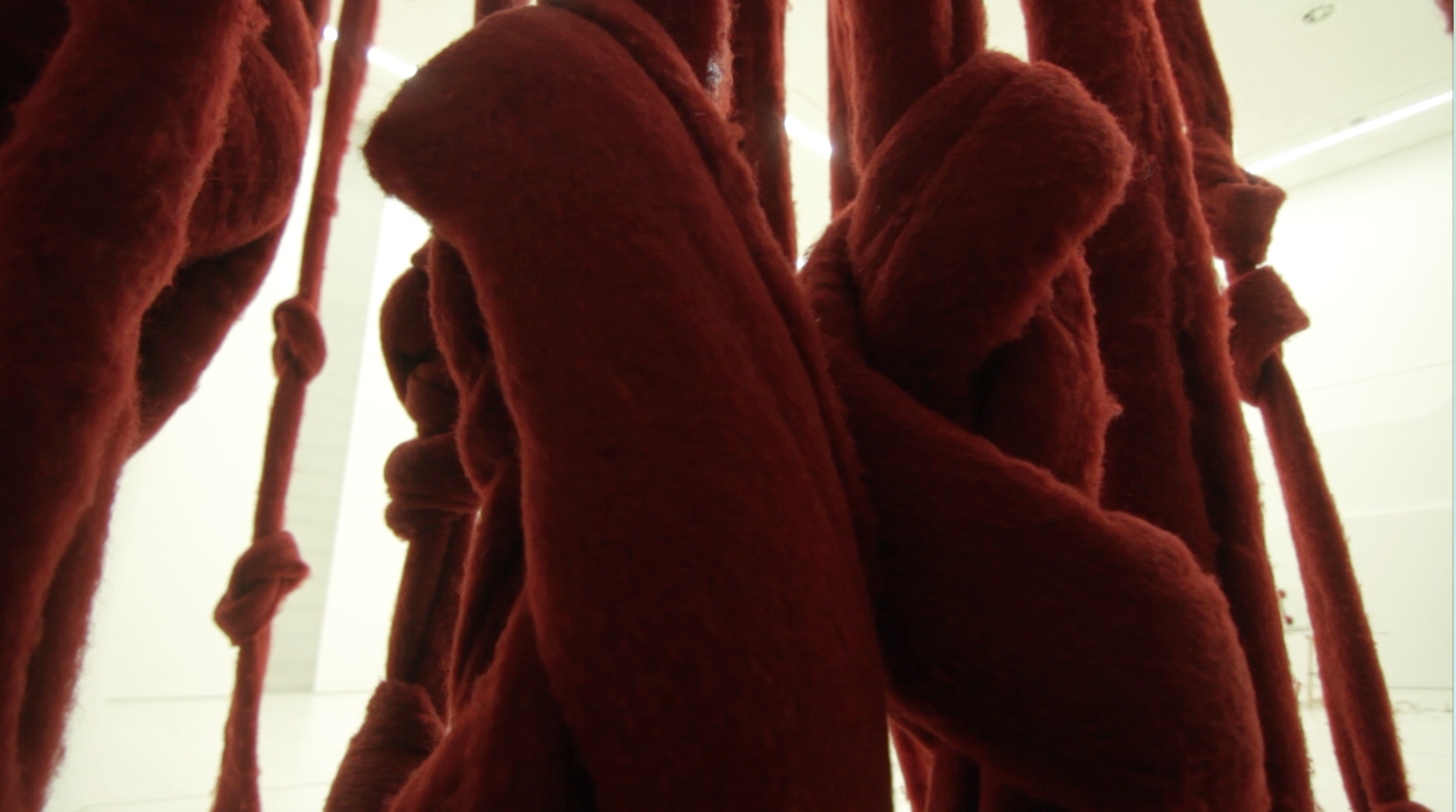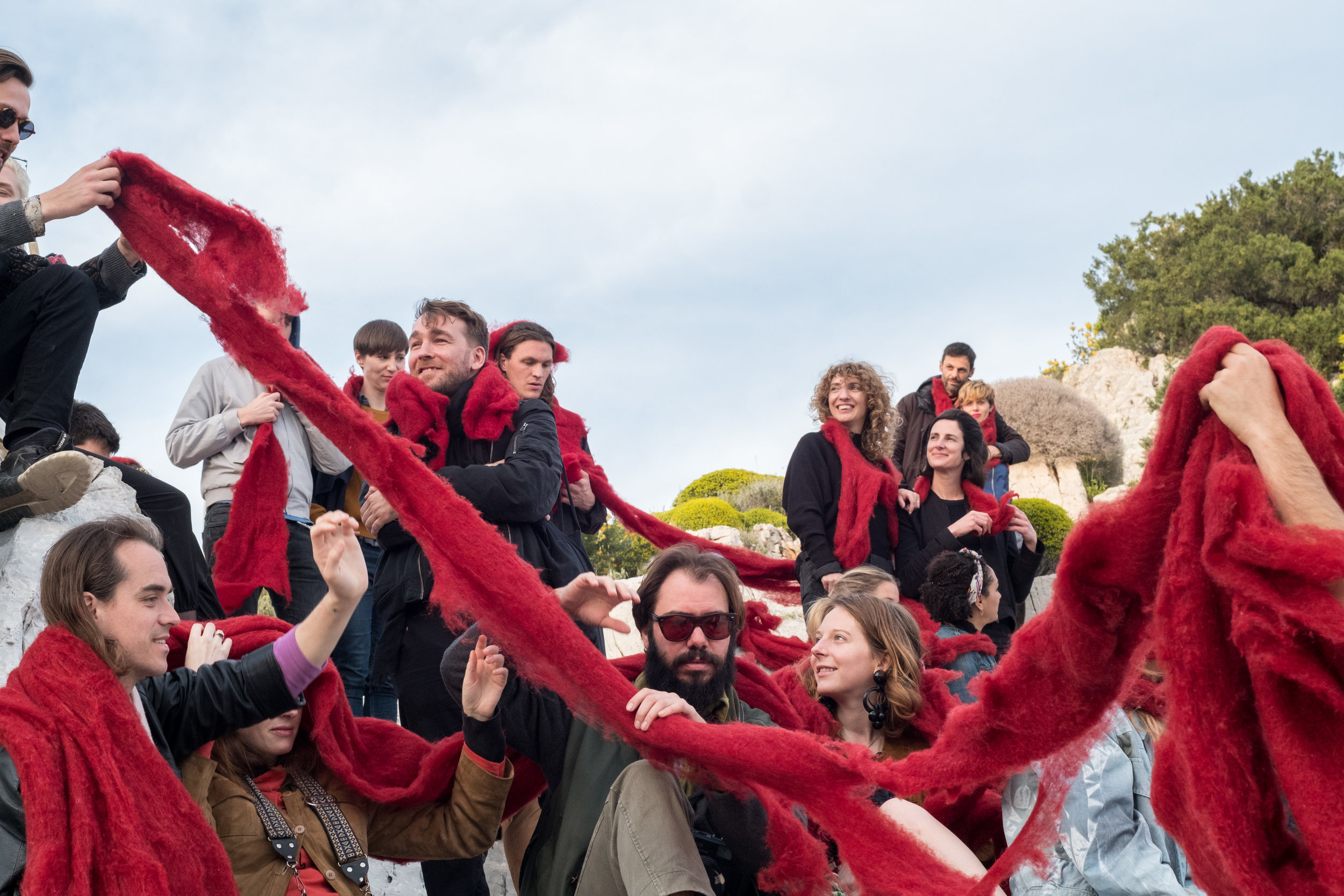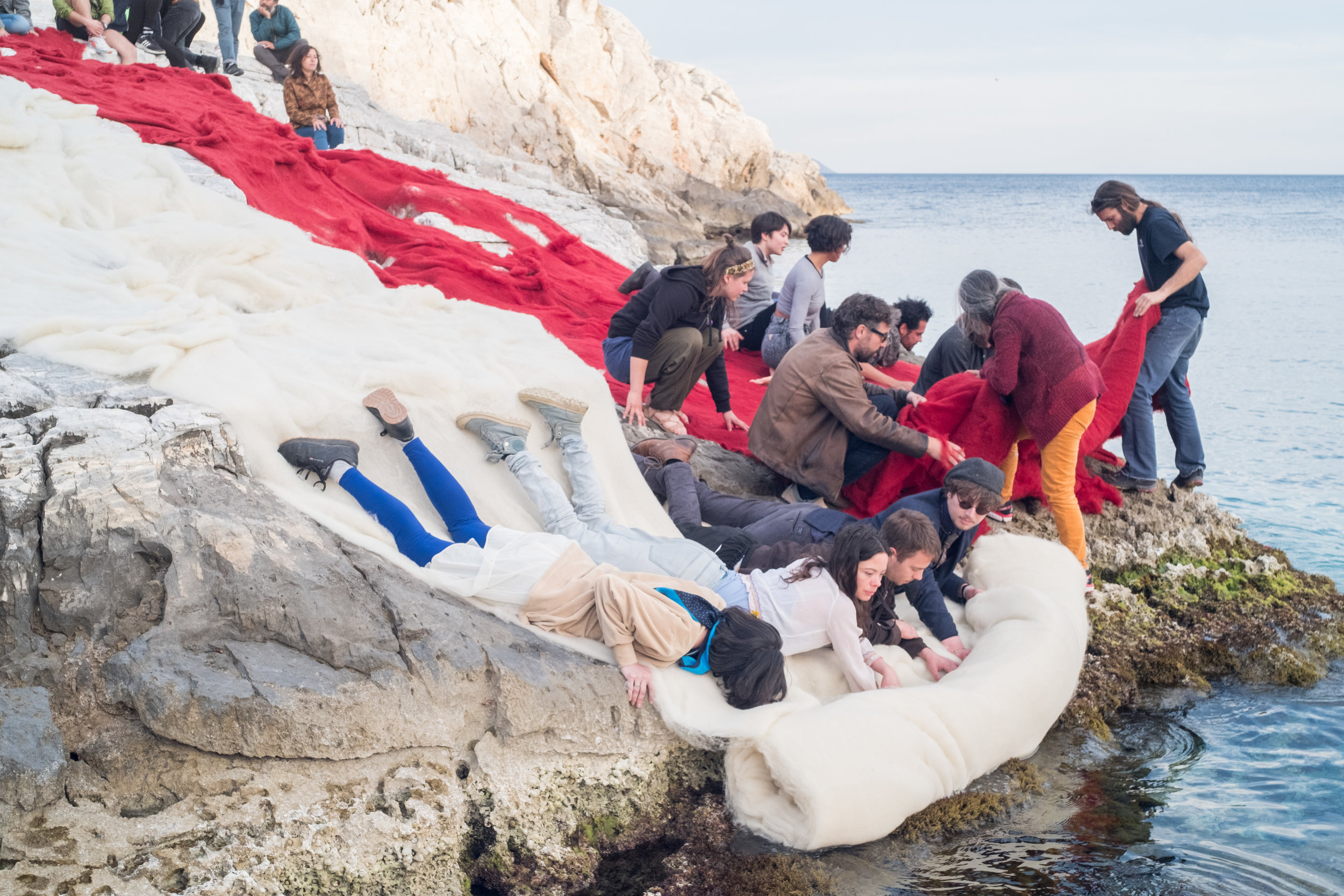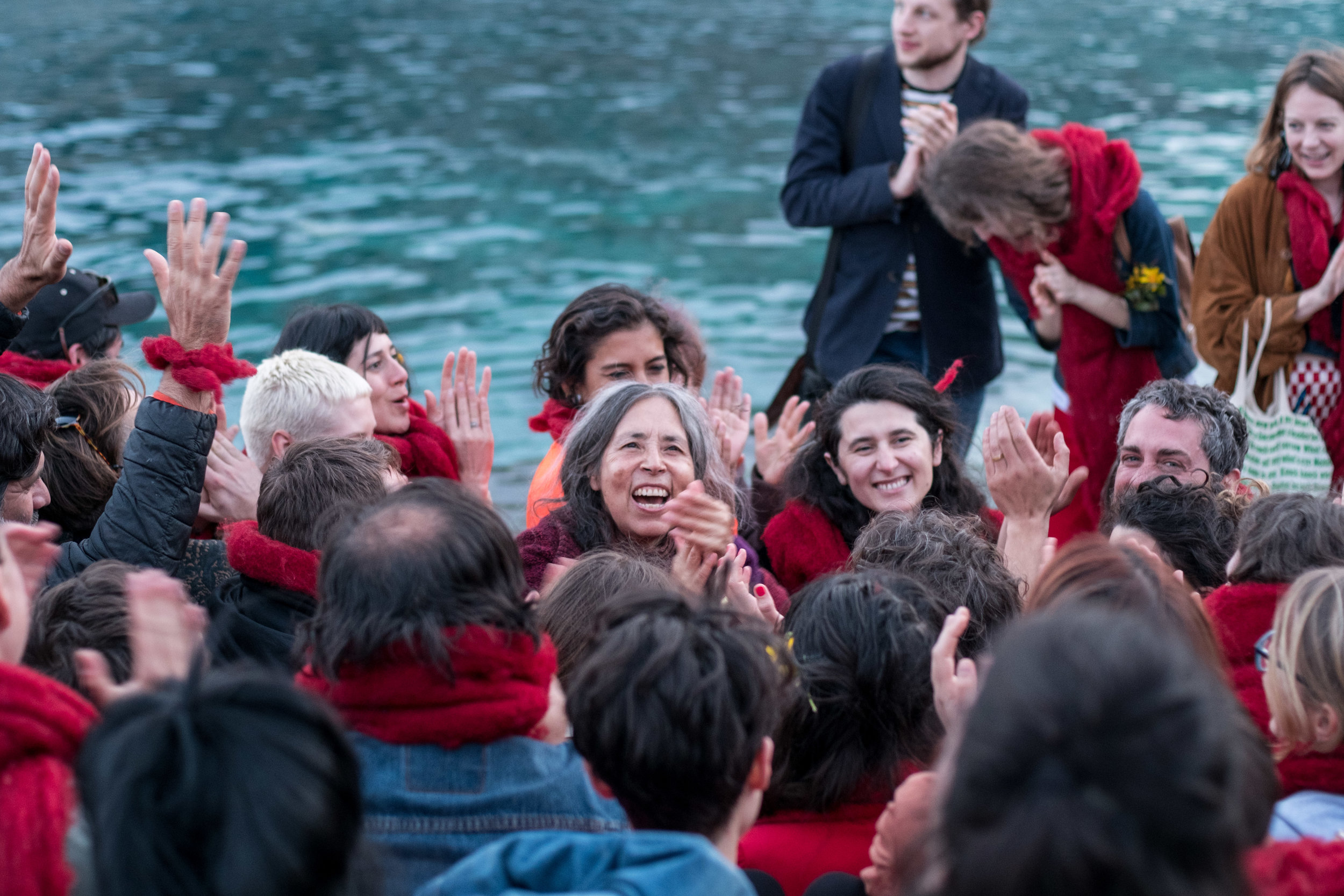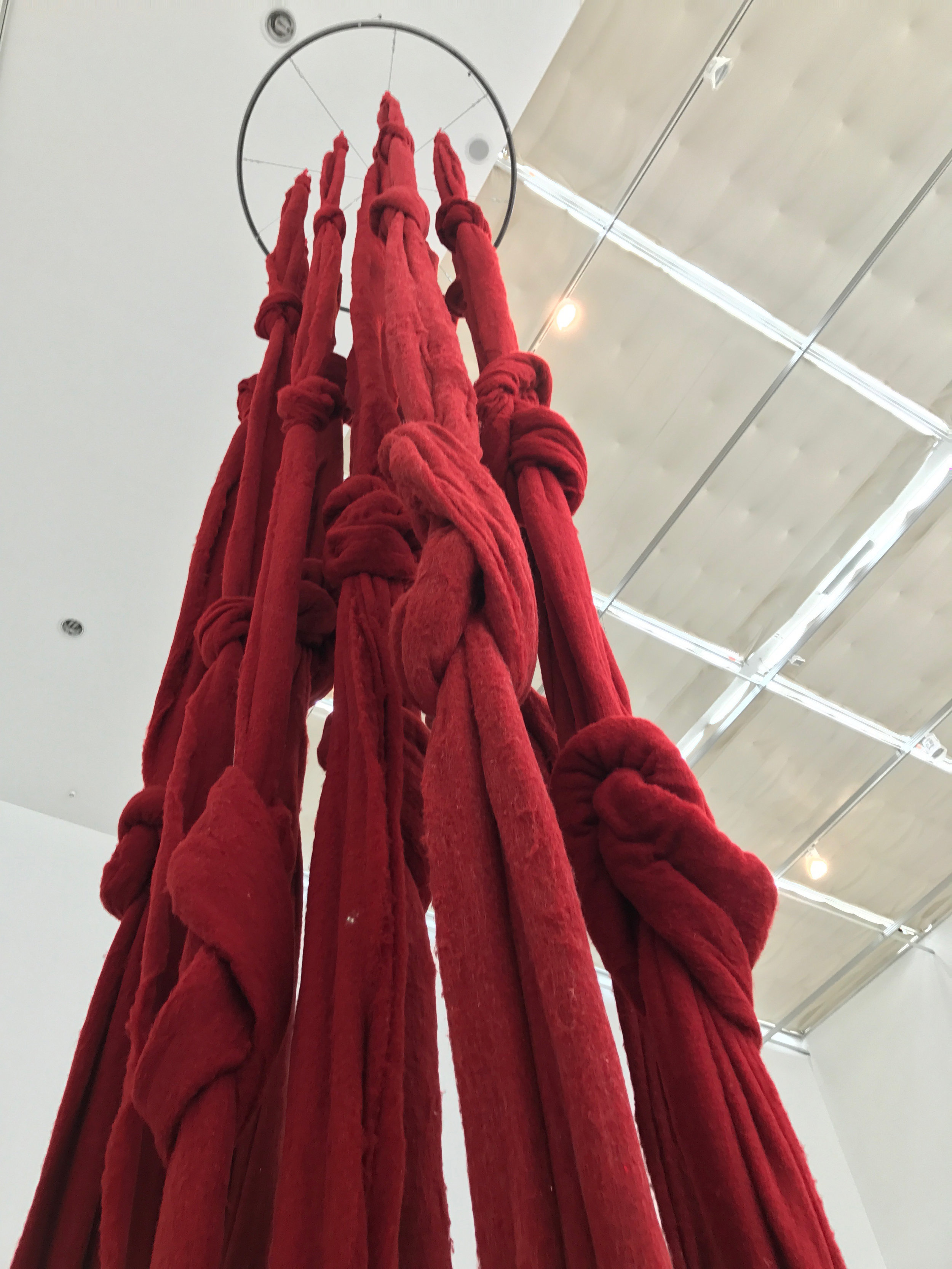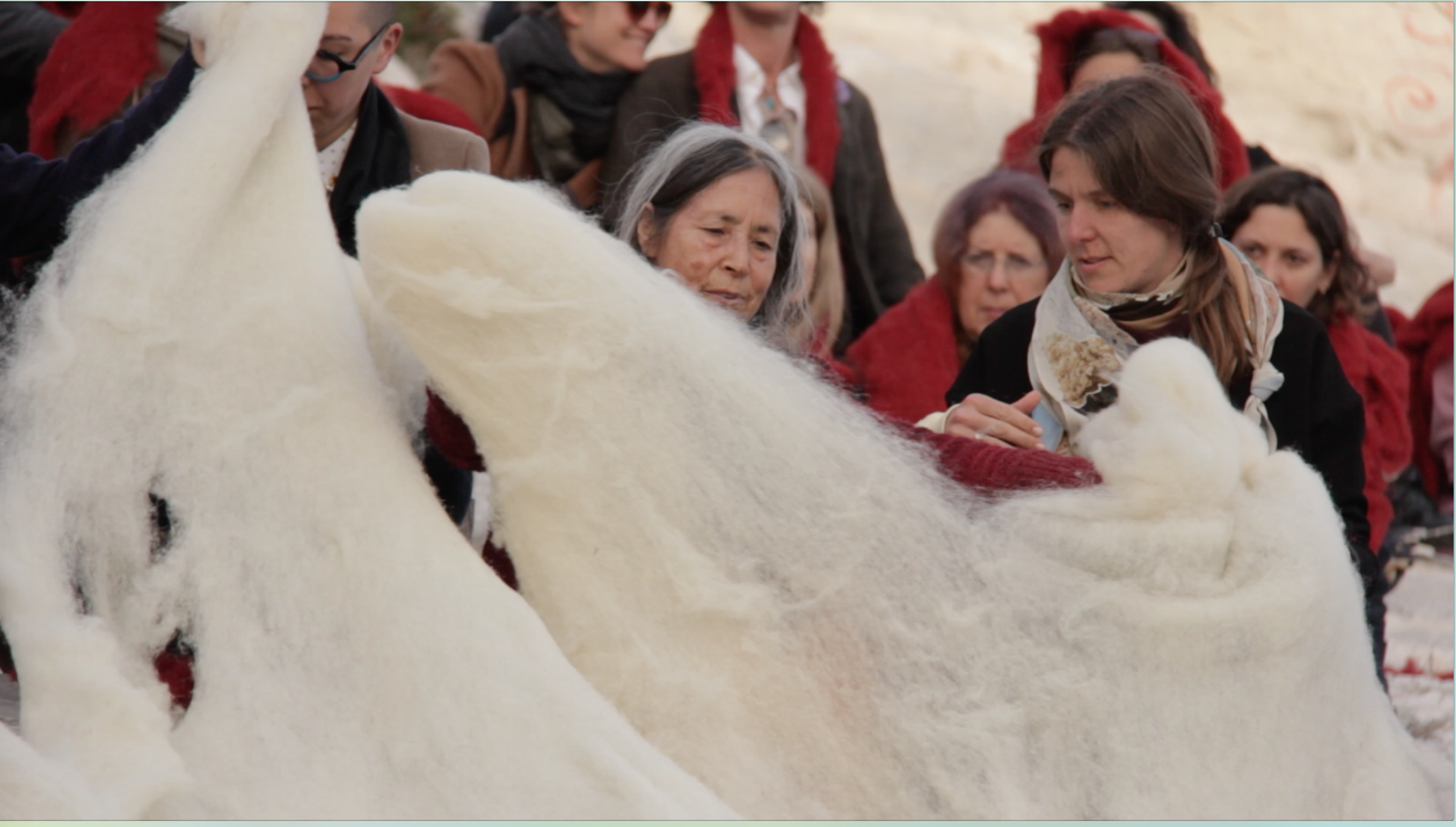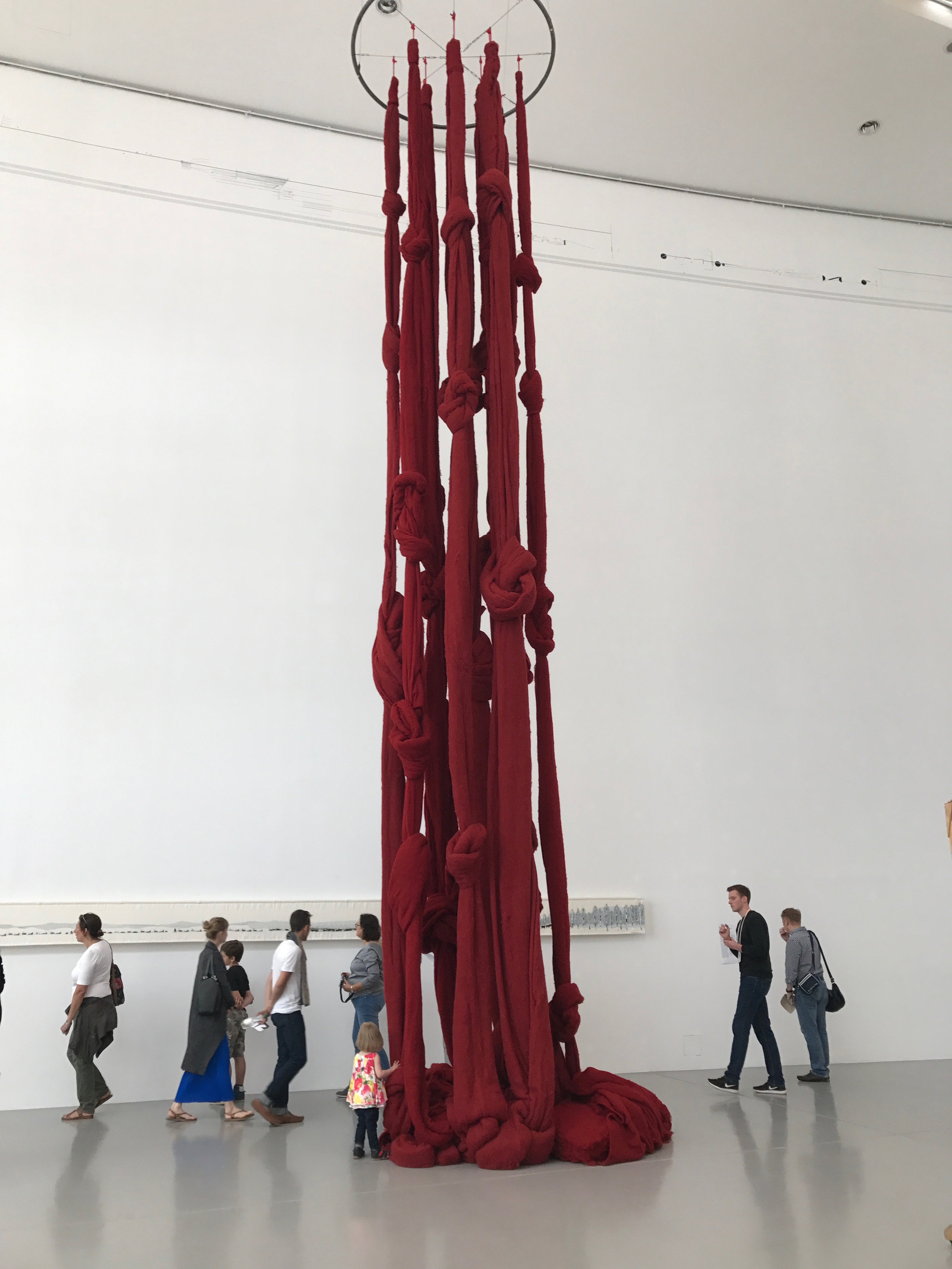Gabriela Mistral, Galeria de Arte Contemporaneo
Consejo Nacional de la Cultura y las Artes
Santiago, Chile
Site-specific installation dedicated to the native seeds going extinct in Chile.
Click to download exhibition catalogue
LA SEMILLA ES UNA NAVE ESPACIAL ESPERANDO BROTAR
En 1971, Cecilia Vicuña propuso al entonces Presidente Salvador Allende, celebrar un Día de la Semilla. Sugería recoger y plantar semillas, convertir terrazas y techos en jardines; ciudades y campos en un vergel. Cuenta que Allende se rió y dijo, pensativo “Quizá para el año dos mil.”
“Ese año, mis obras “Otoño”, y “El quipu que no recuerda nada”, anunciaban el fin de los estábamos viviendo, el fin de un ciclo. Cuando quise hacer la contrapartida de ese trabajo, que era la semilla, la propuesta no germinó. Tuvieron que pasar casi 30 años para que una nueva era pudiera comenzar y yo recuperara y continuara esa idea. Por eso, el tejido que haré en una de las salas se llama “quipu semi yo”, como una forma de abrir otros ciclo que se relaciona con el de 1971”, relata Cecilia. También tiene un significado casi profético y coincidental con el nuevo siglo, con su regreso a Chile y la semilla de un nuevo tiempo germinal en nuestro país.
SEMI YA se inauguró el martes 14 de marzo de año 2000, a las 19:30 hrs. y permaneció abierta hasta el 12 de abril. La Galería Gabriela Mistral abrió su temporada 2000, dando a conocer el trabajo de Cecilia Vicuña, realizado en y para este espacio que se inscribe en la zona de vanguardia del arte contemporáneo. Este centro cerró el año 1999 con la destacada muestra “Trabajos Recientes”, del artista catalán Antoni Muntadas.
La exposición –arte y poesía, cantos y murmullos- fue el punto focal de un proyecto mayor de recolección y plantación de semillas nativas, que la artista realizó con el auspicio del Krannert Art Museum de la Universidad de Illinois. La intención fue que la experiencia poético-visual de la obra sea parte de un proceso mayor, del que es independiente e interdependiente a la vez.
La obra se llevó a cabo en realidades simultáneas. Una instalación específica reunió arte y poesía en torno a la experiencia de recolección de semillas. Otra realidad se efectuó en el espacio visual, con la creación de una obra en la red de Internet, un web site creado para esta obra por el Krannert Art Museum, lugar de encuentro en el que se formó un tejido de relaciones y conexiones entre científicos y artistas, botánicos, educadores y niños en Chile y Estados Unidos, dedicados a investigar y plantar semillas locales en vías de extinción.
La muestra en Santiago constó de dos espacios: una sala diurna concebida como un gabinete de estudio y contemplación de semillas. La sala contigua, pen-umbral, contuvo un tejido espacial de hilos finísimos entretejidos de semillas: el “quipu semi yo”. El tejido, hasta cierto punto recorrible y penetrable por el público, era frágil. “La obra ya comenzó hace muchos años, con la recolección de semillas. La muestra es la culminación de un proceso de años que continúa descomponiéndose y deshaciéndose. Es una obra viviente”, expresa la artista.
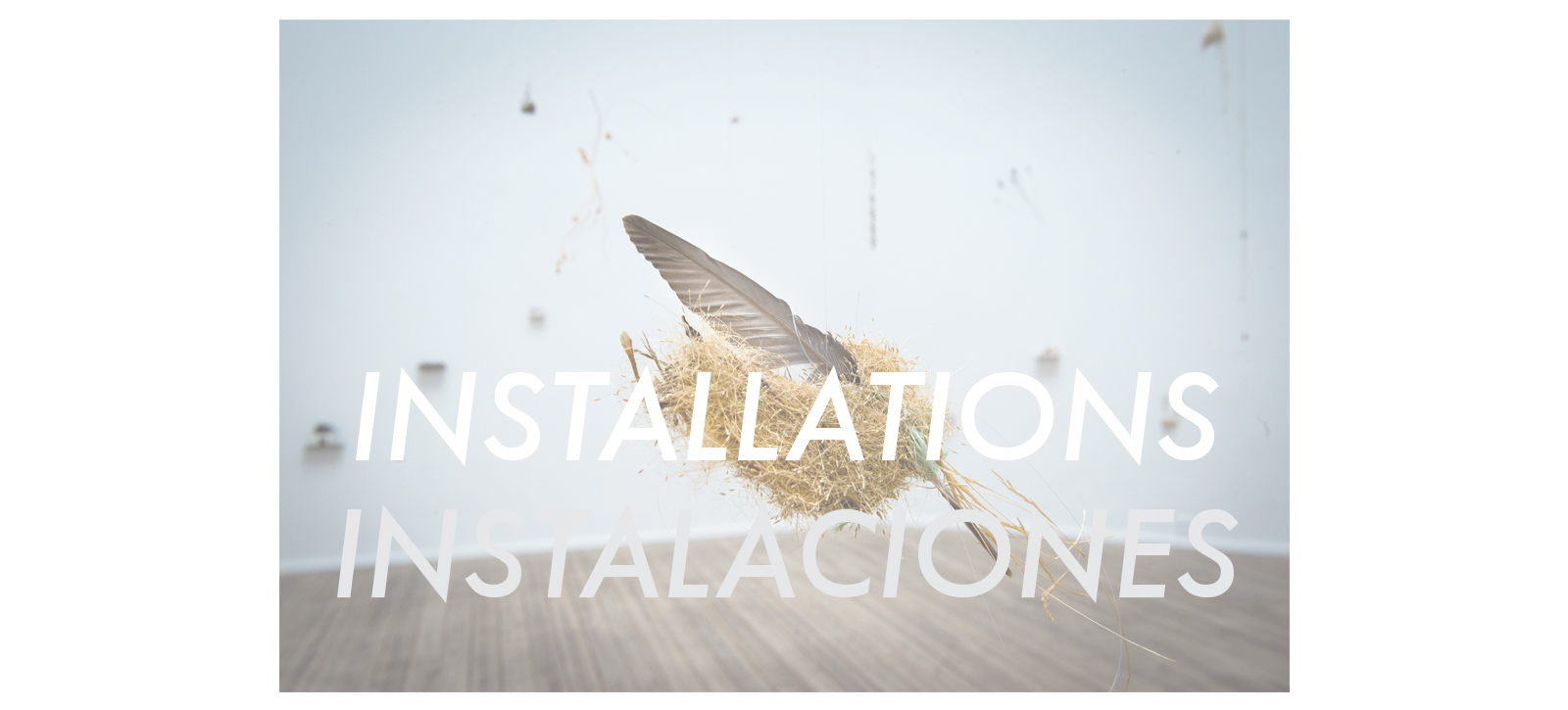
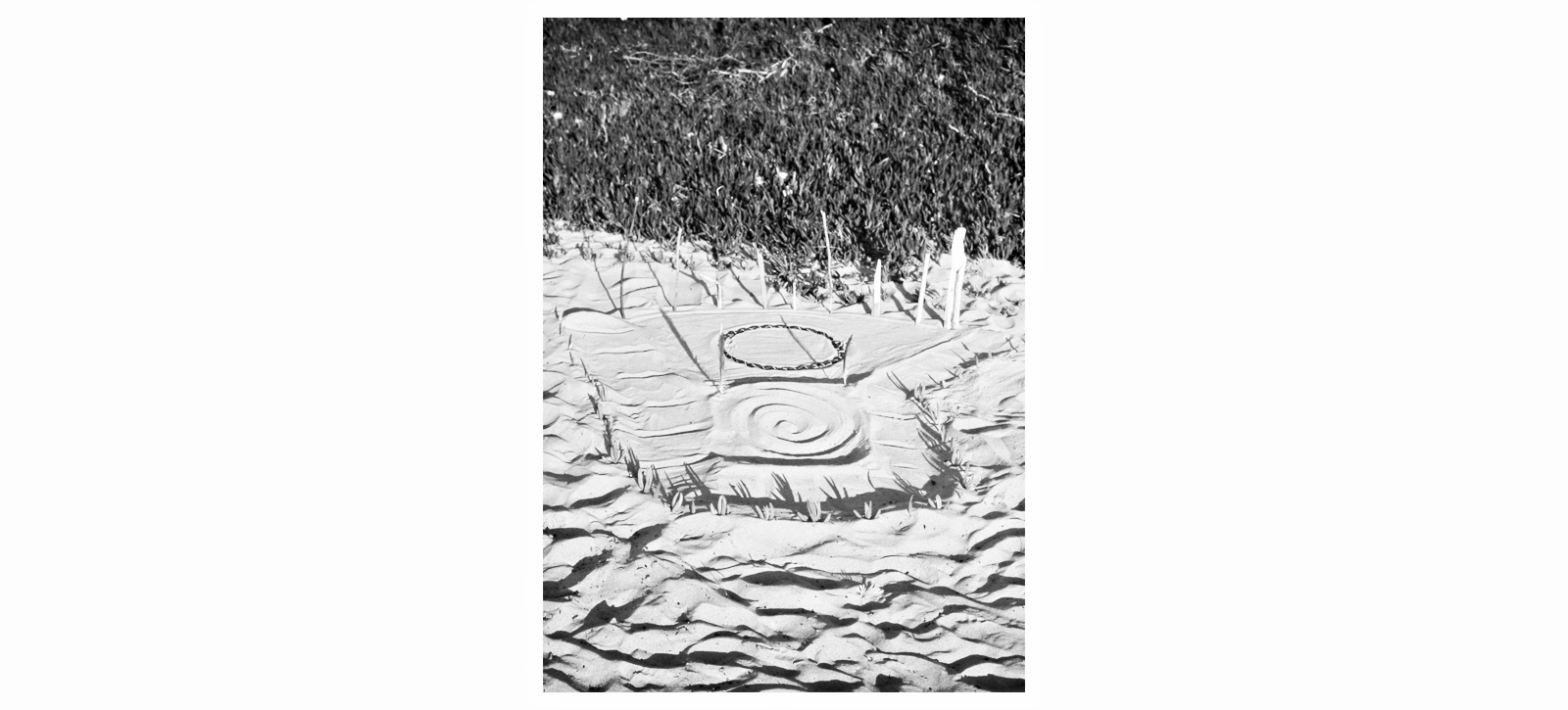
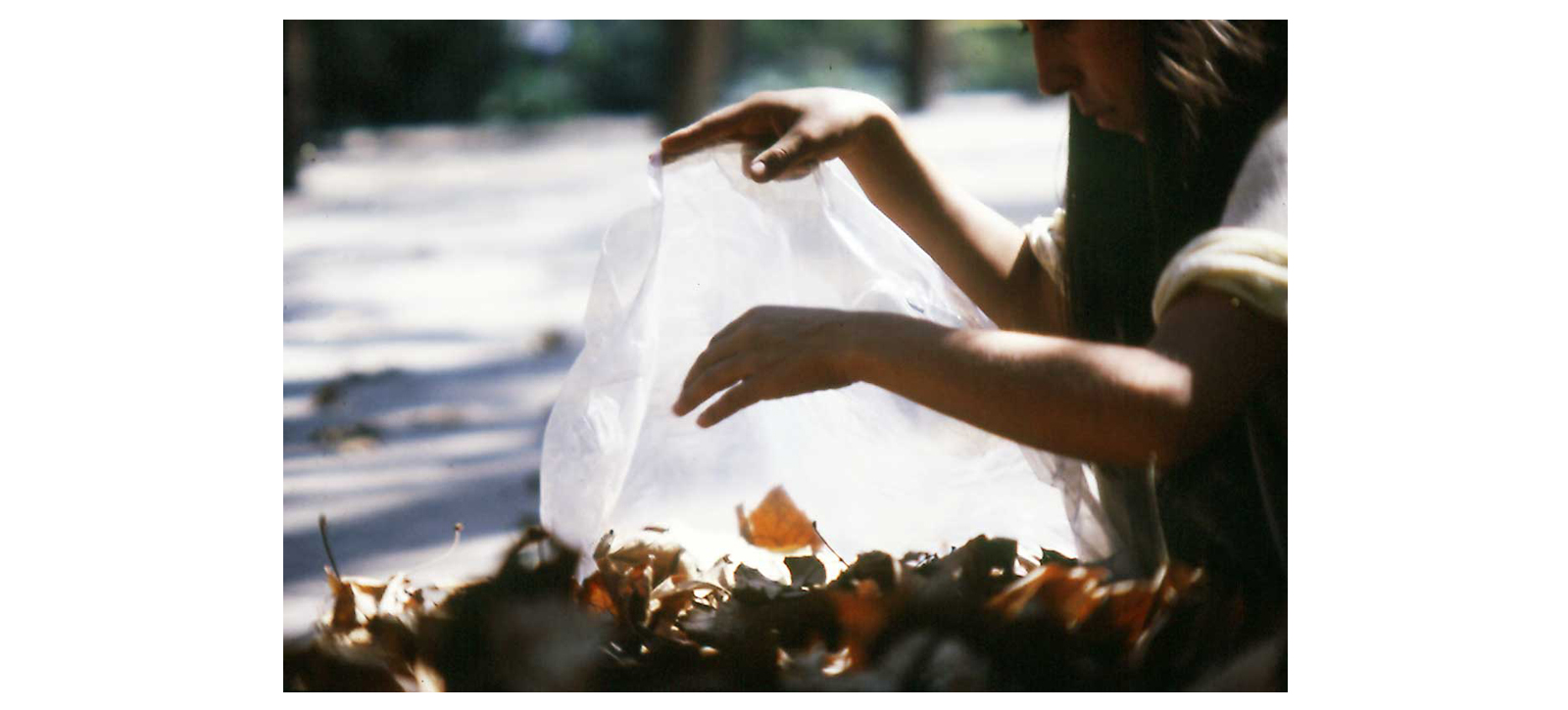
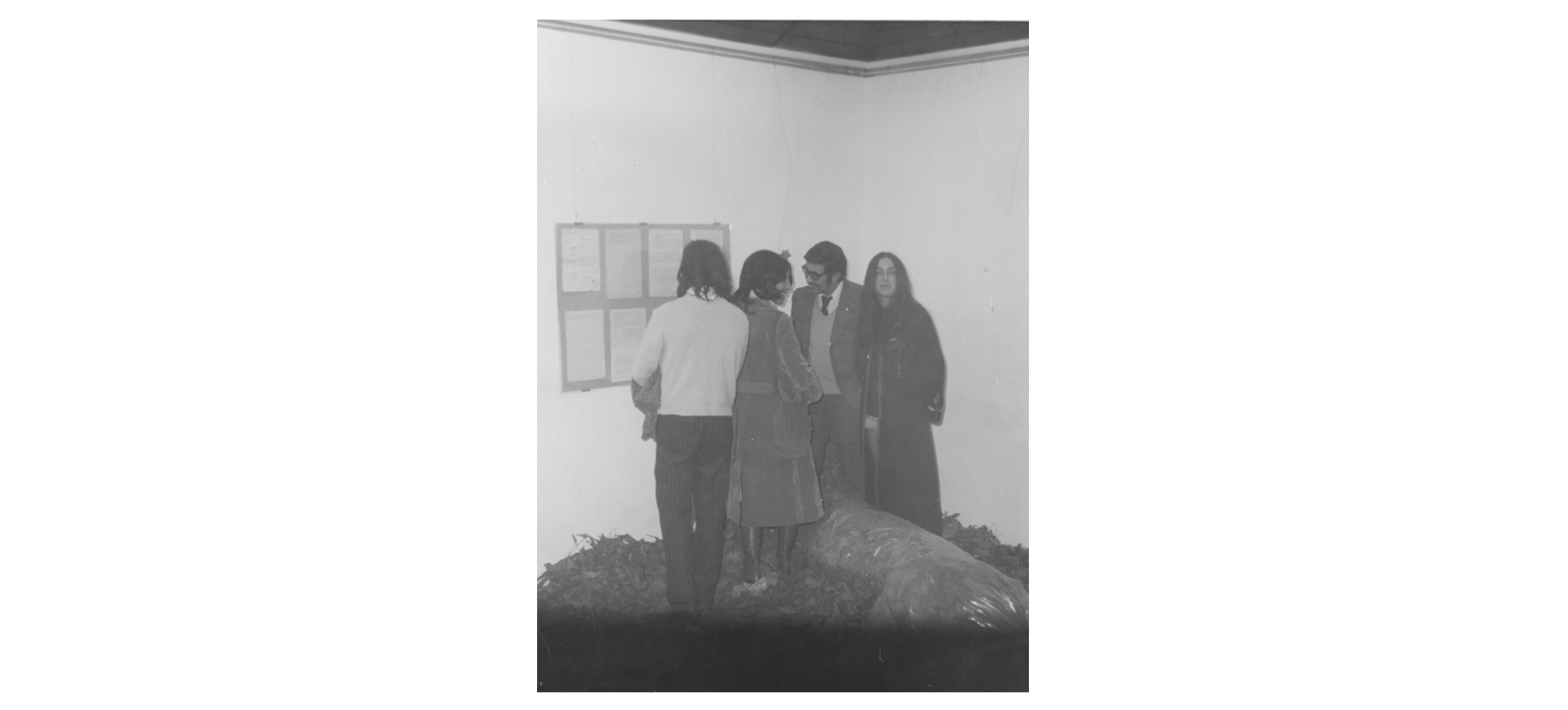
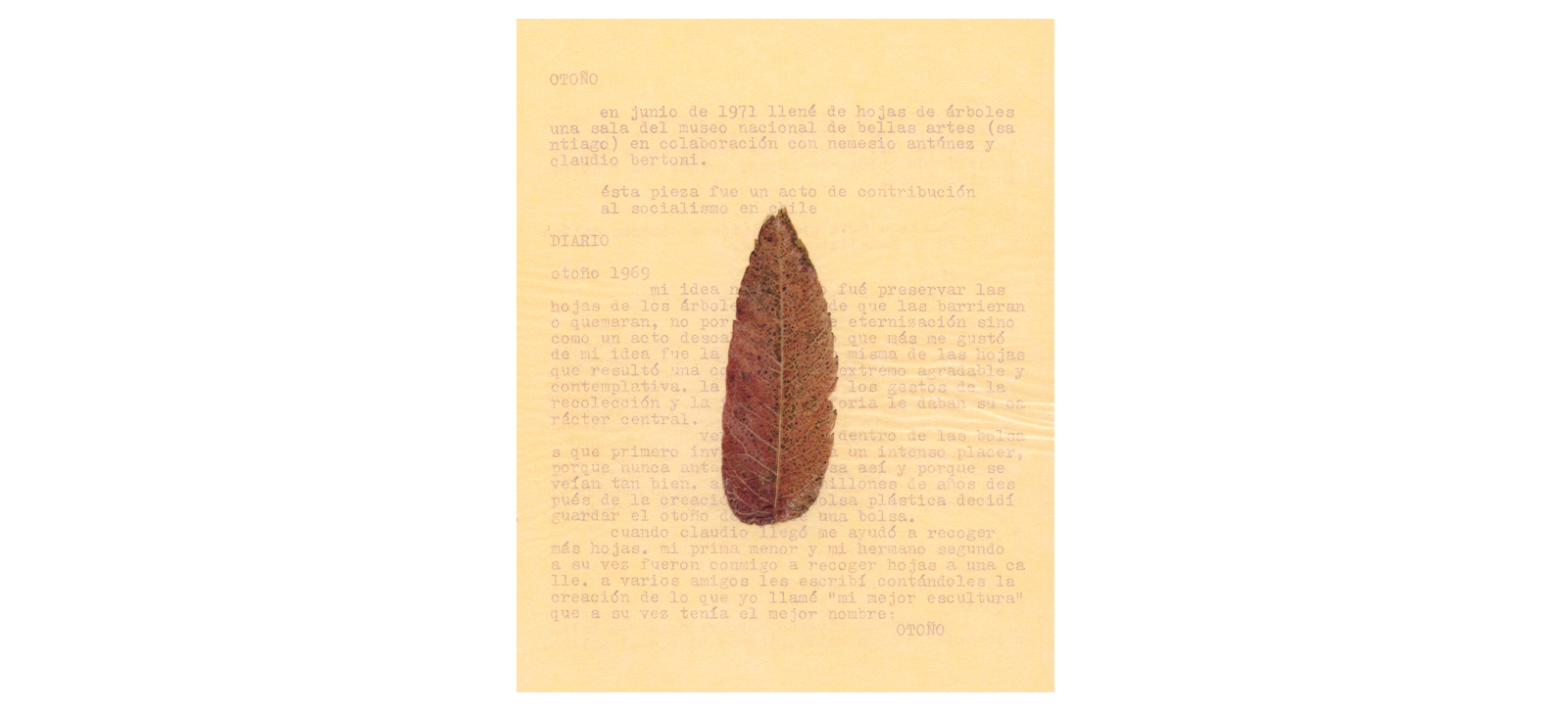
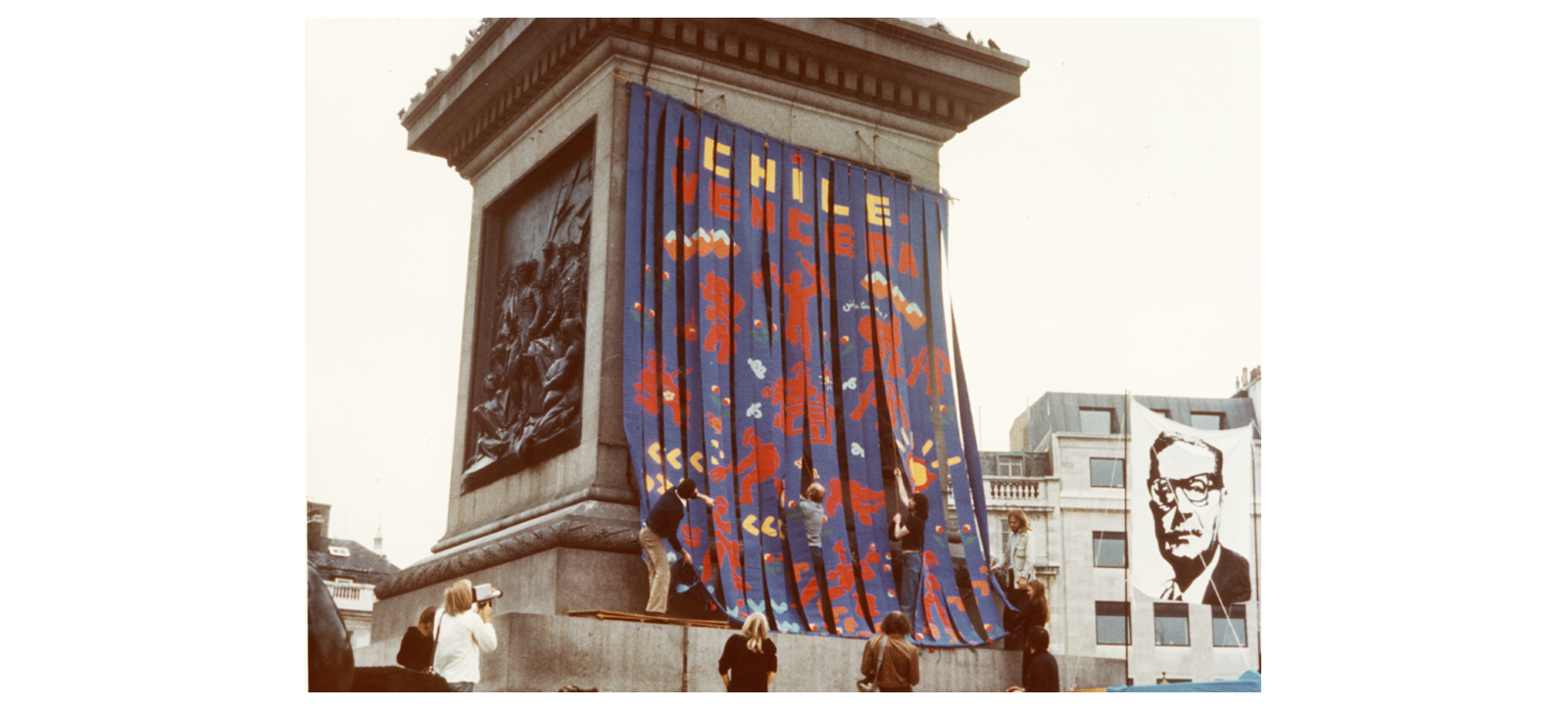

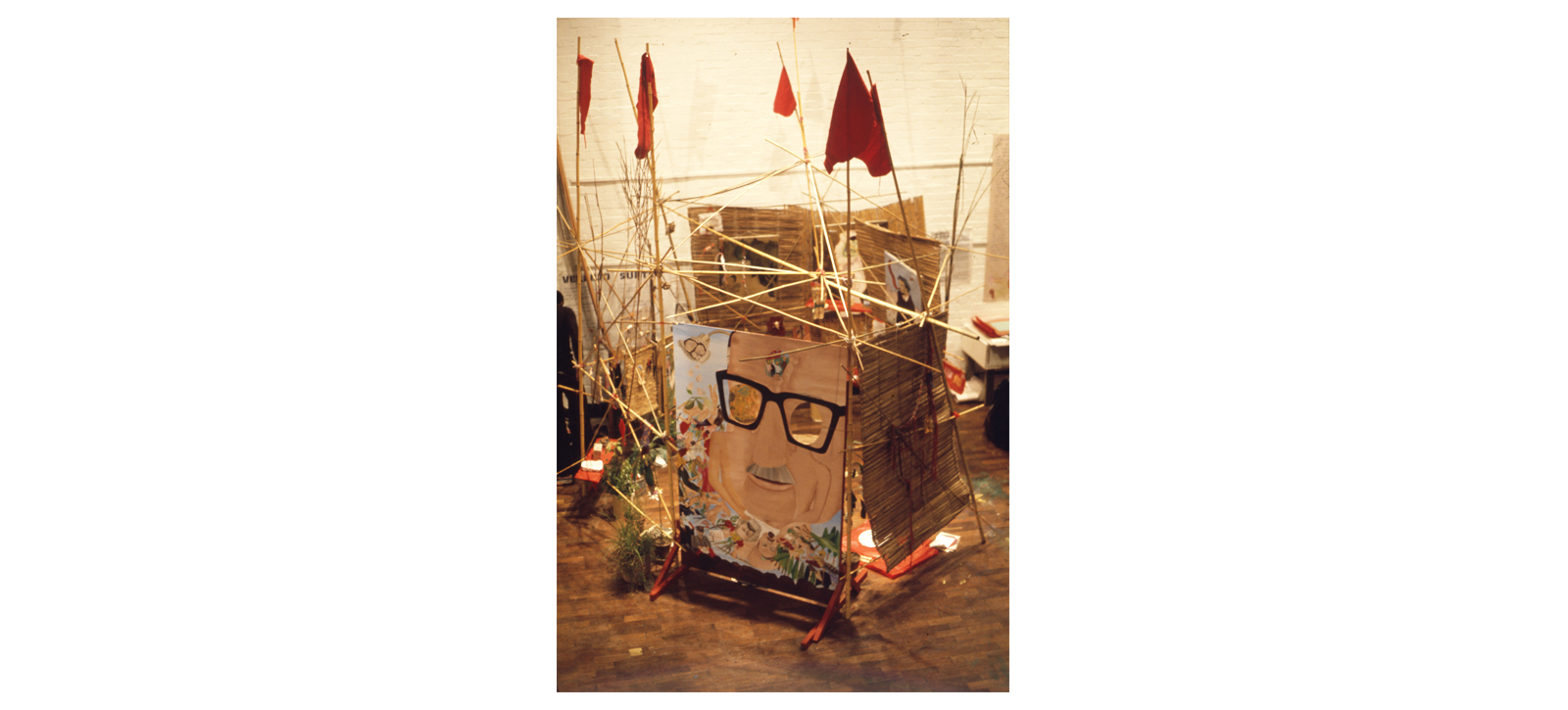
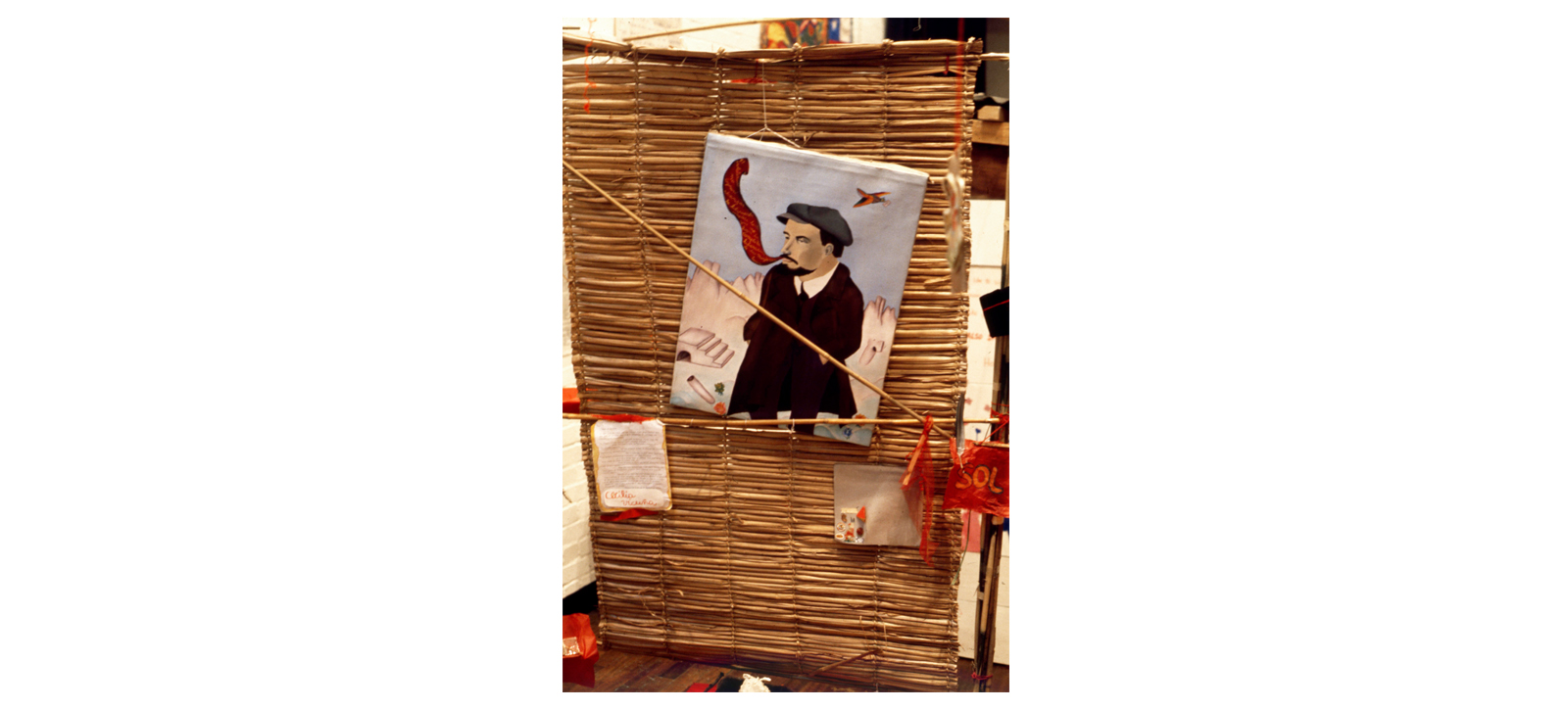
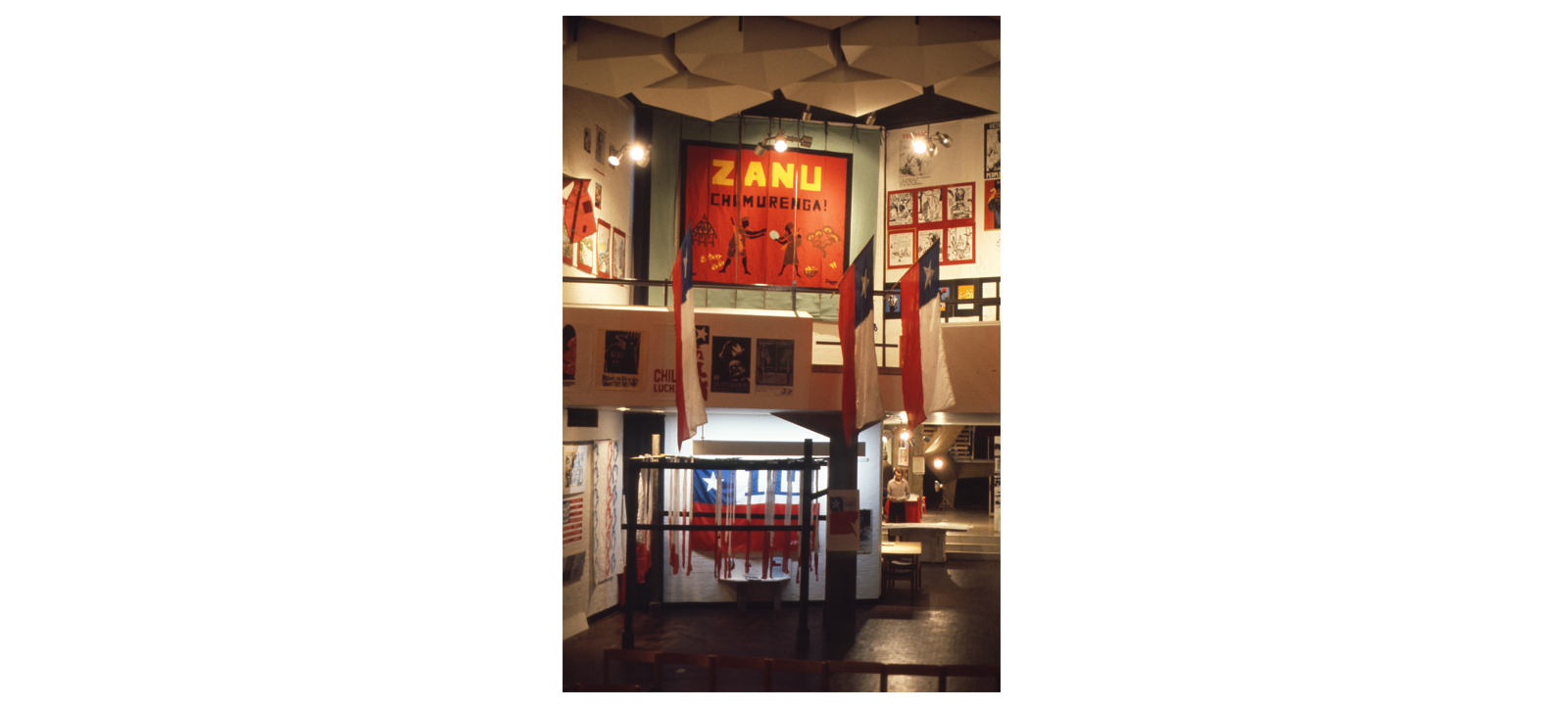
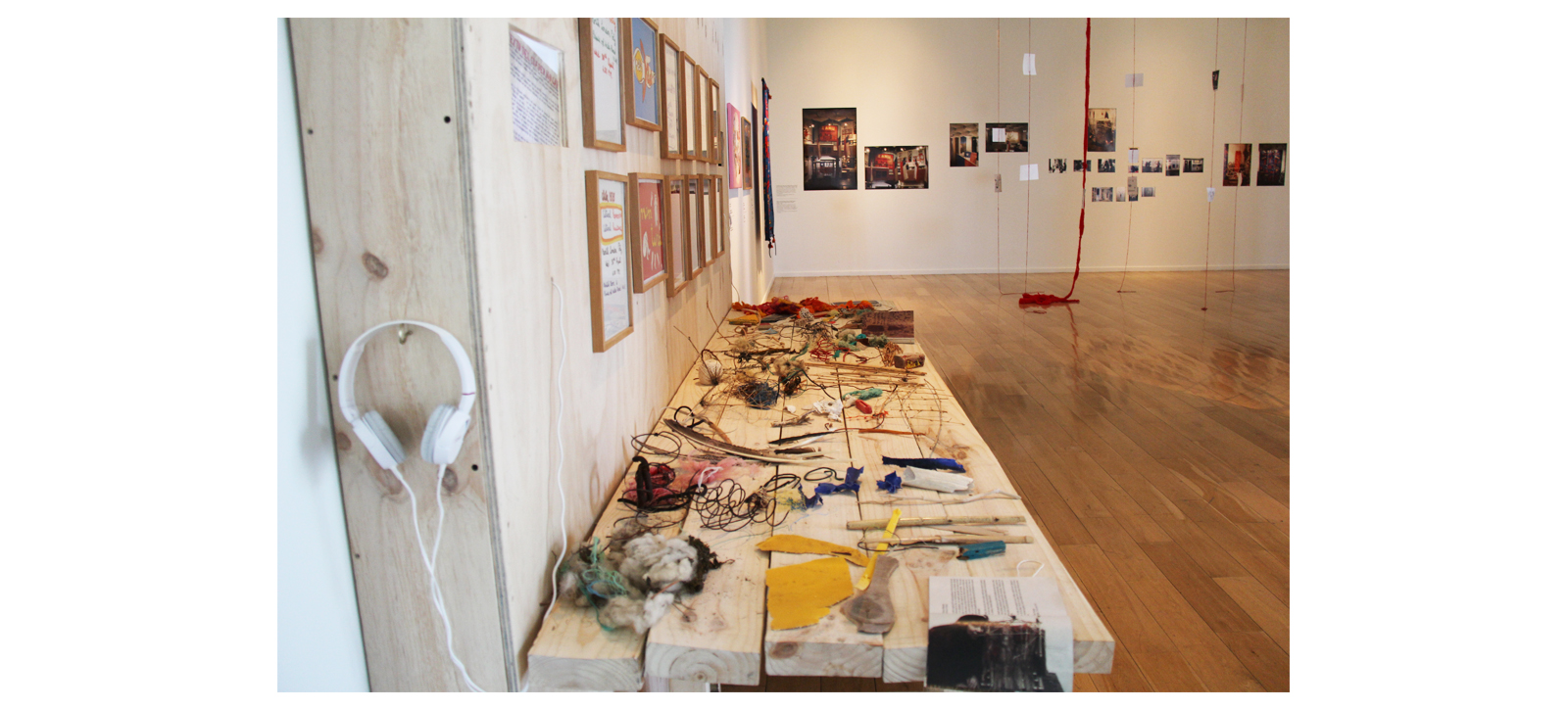

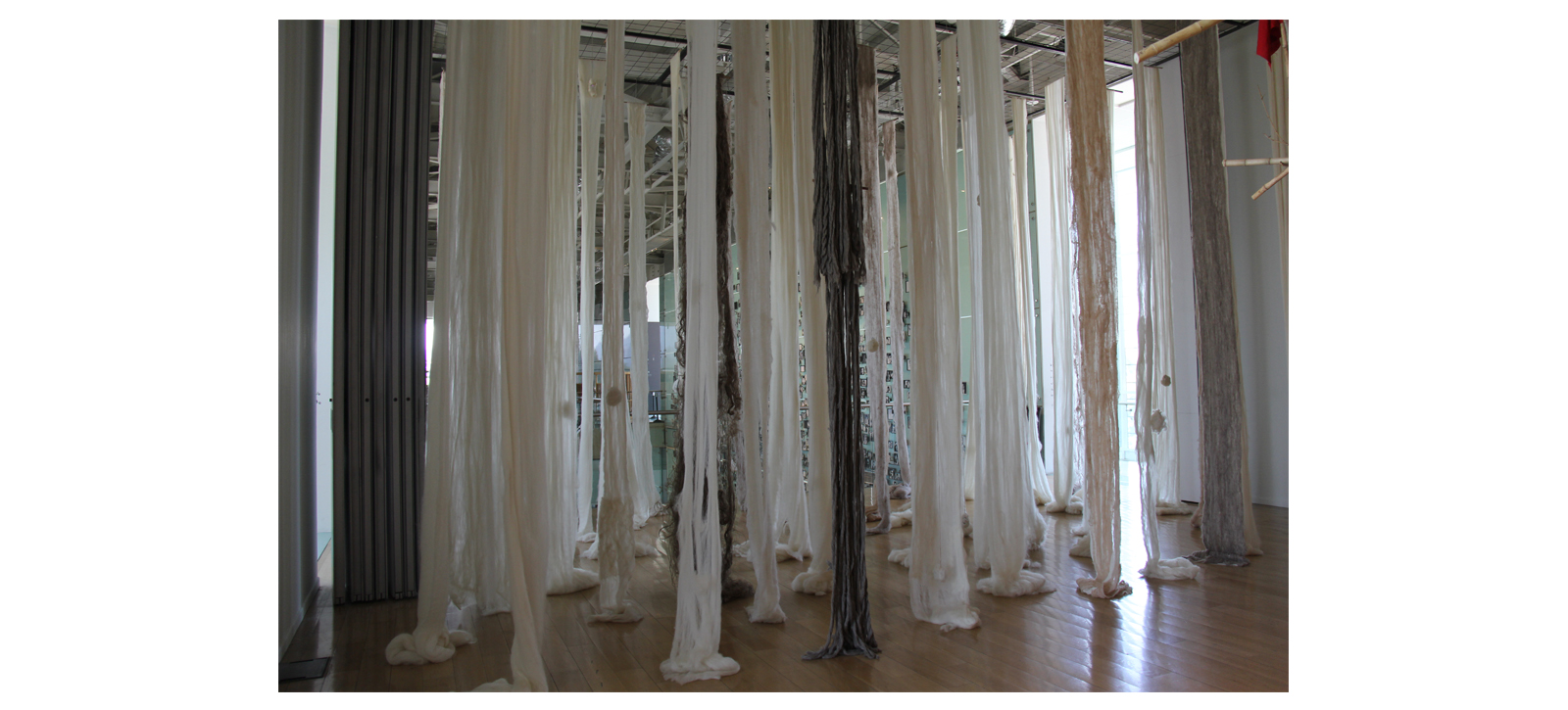
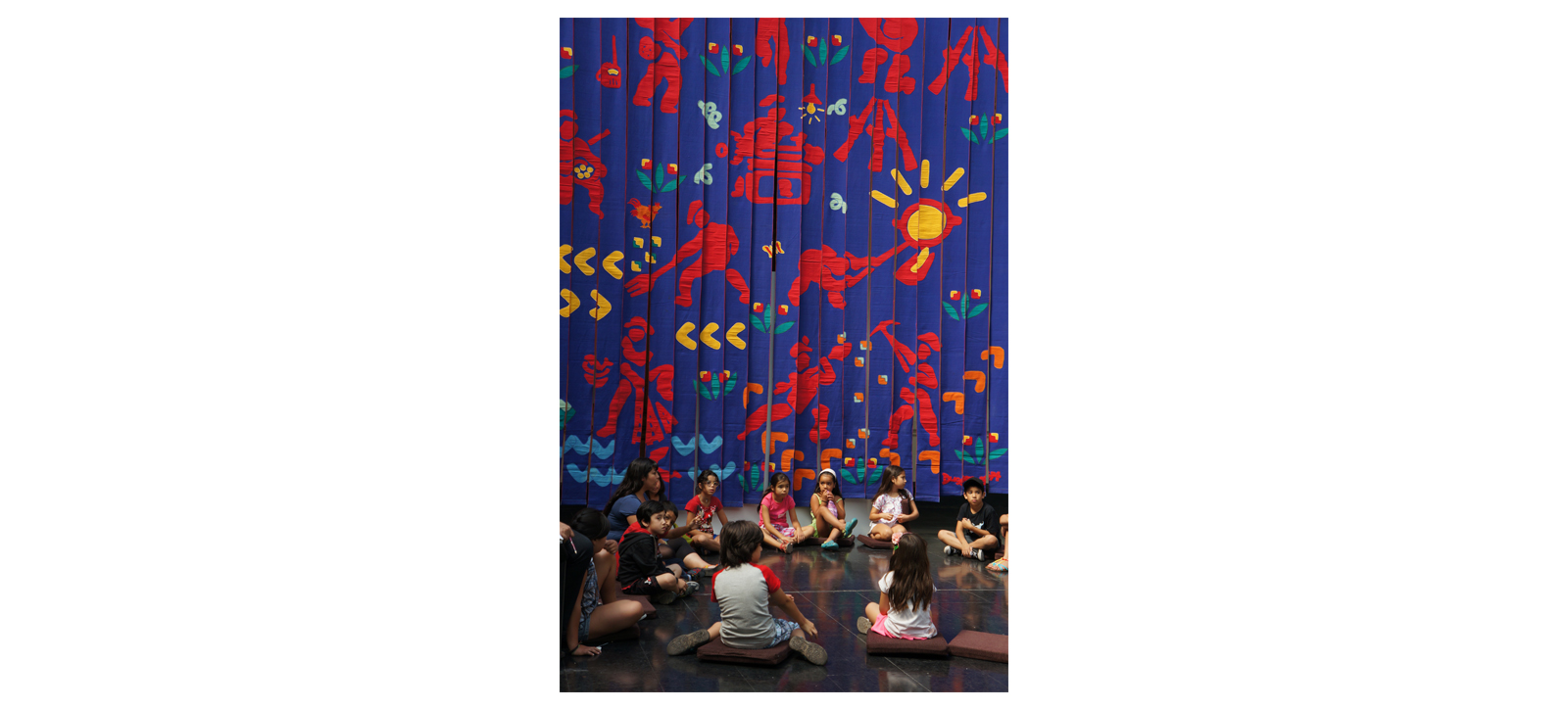

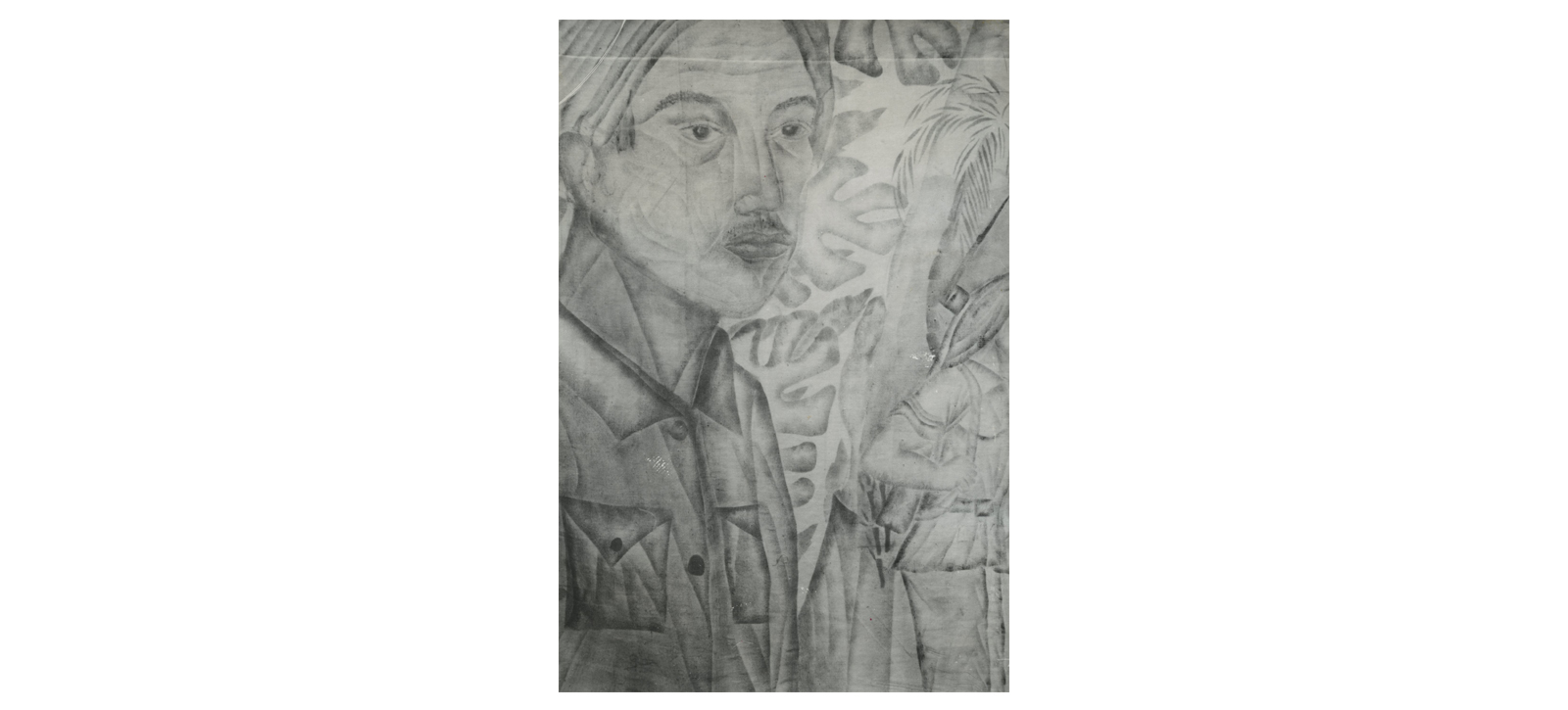
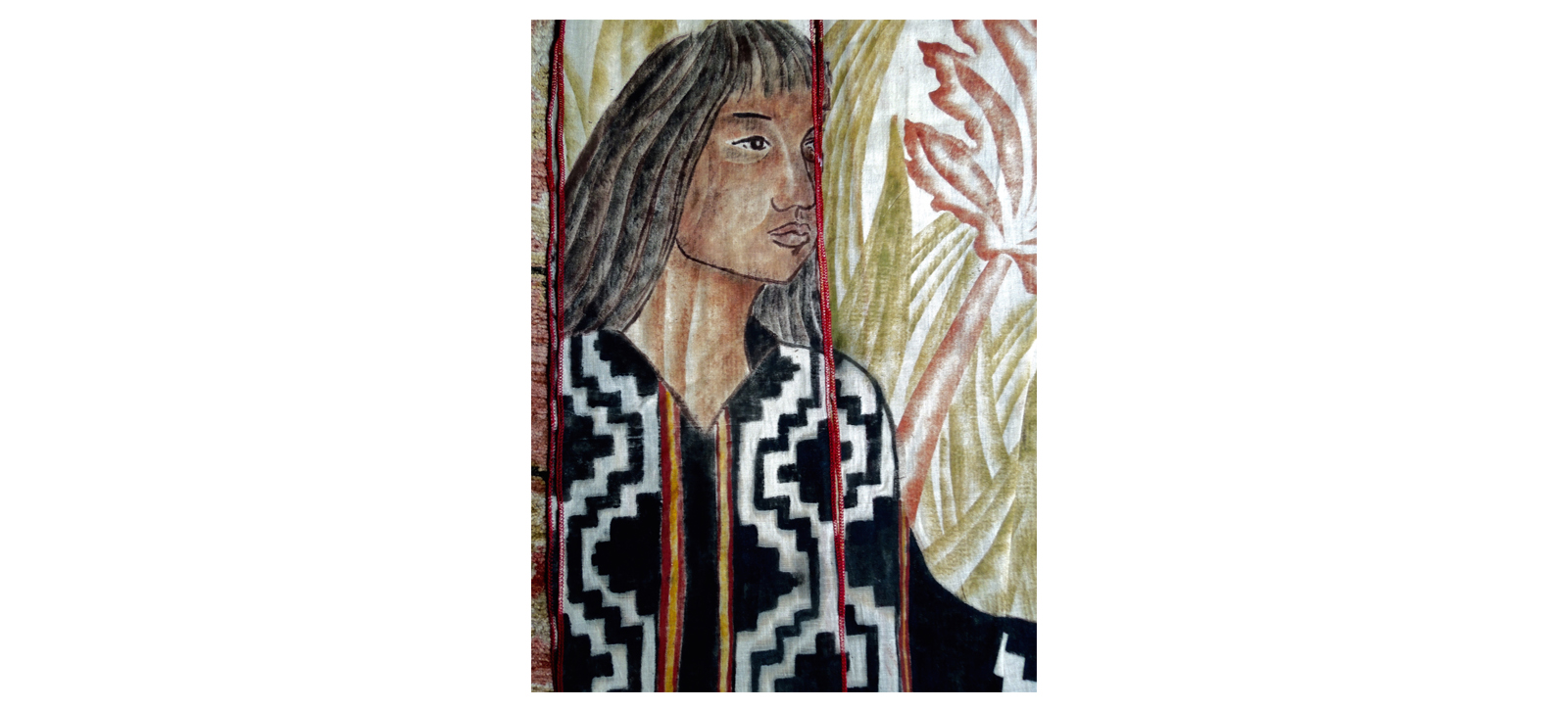
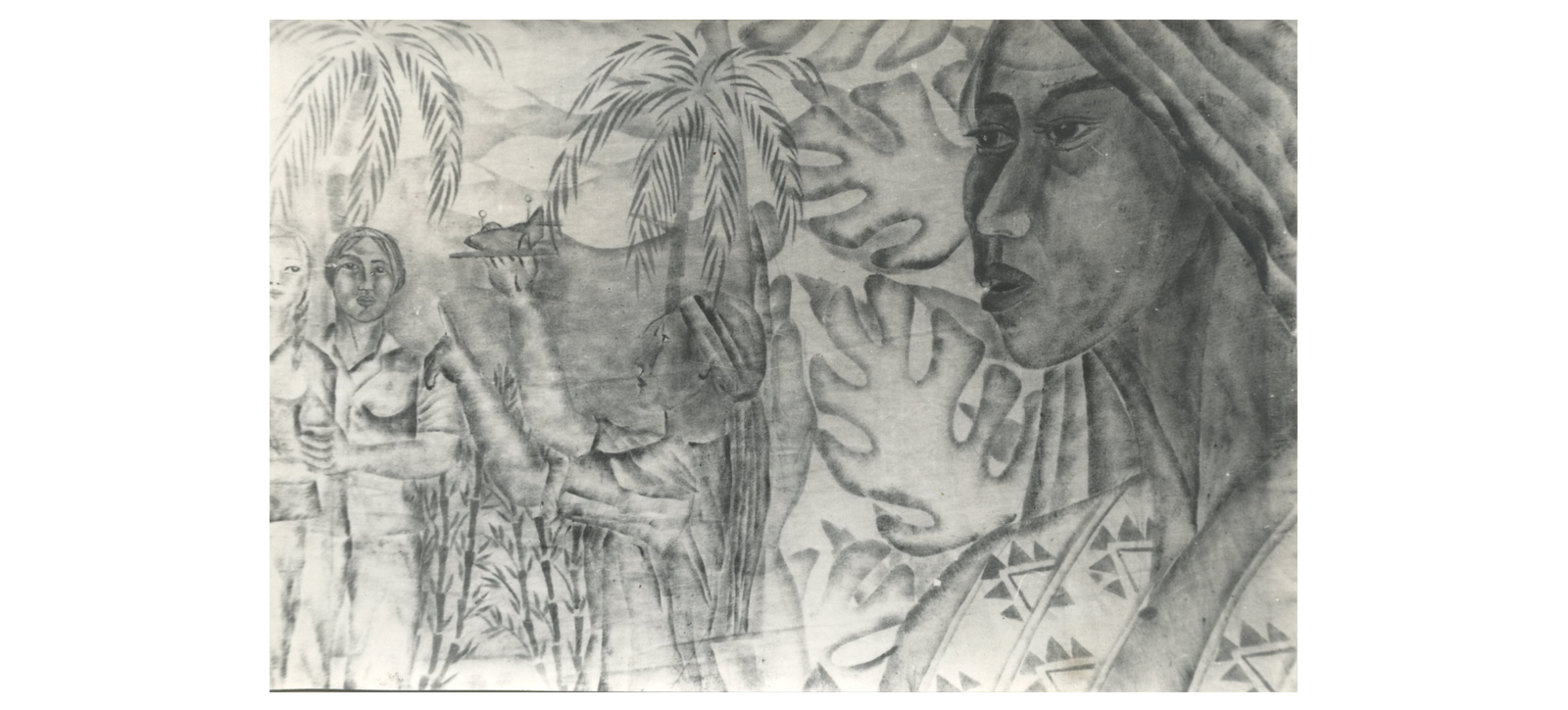
![detail from Homage to Vietnam (1977) Download this text as a PDF [in Spanish]](https://images.squarespace-cdn.com/content/v1/53343bb6e4b0b47198d89031/1435517737366-RJ2T9GXJKADQNLJ565XH/installation_vietnam04.jpg)
